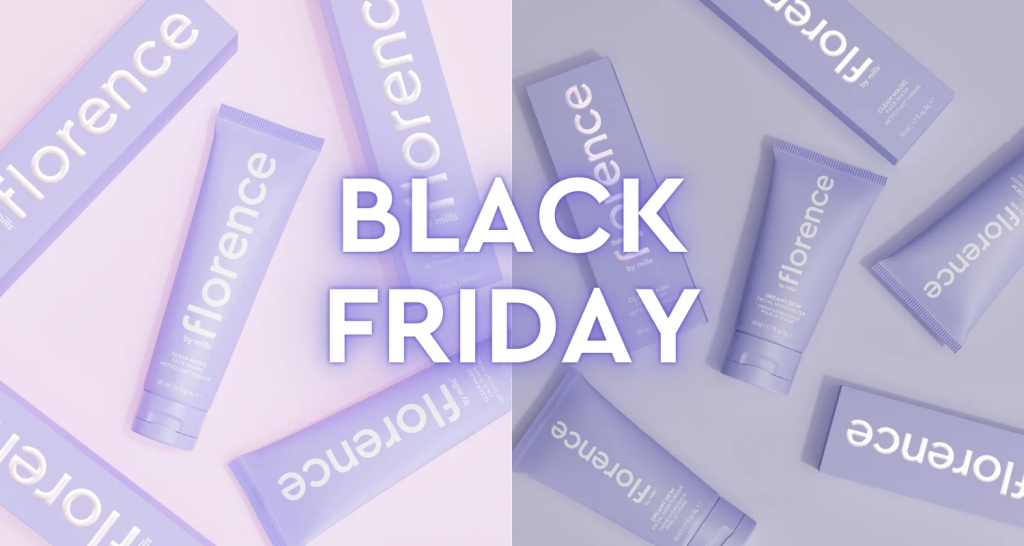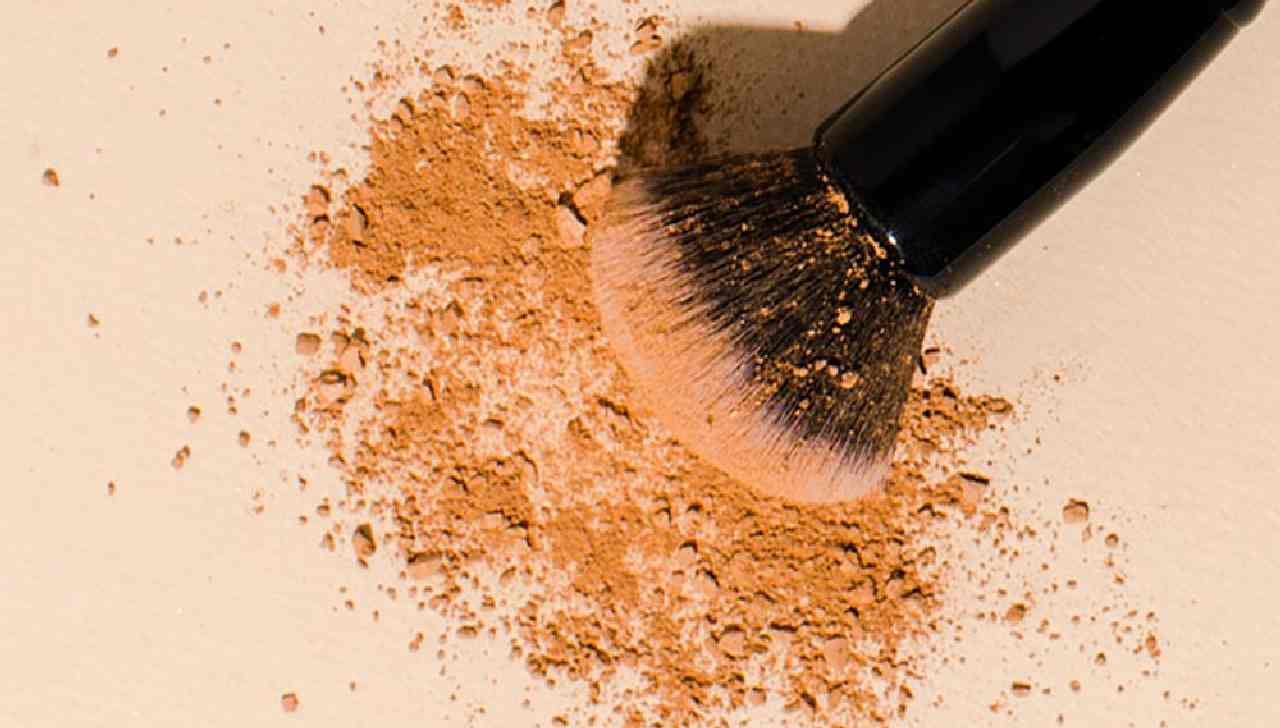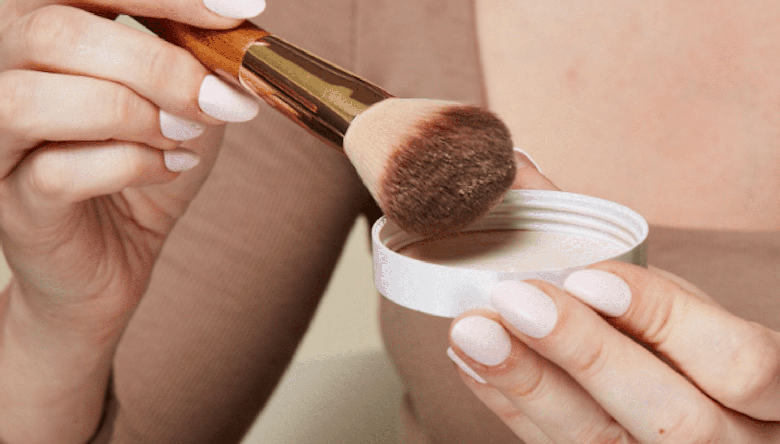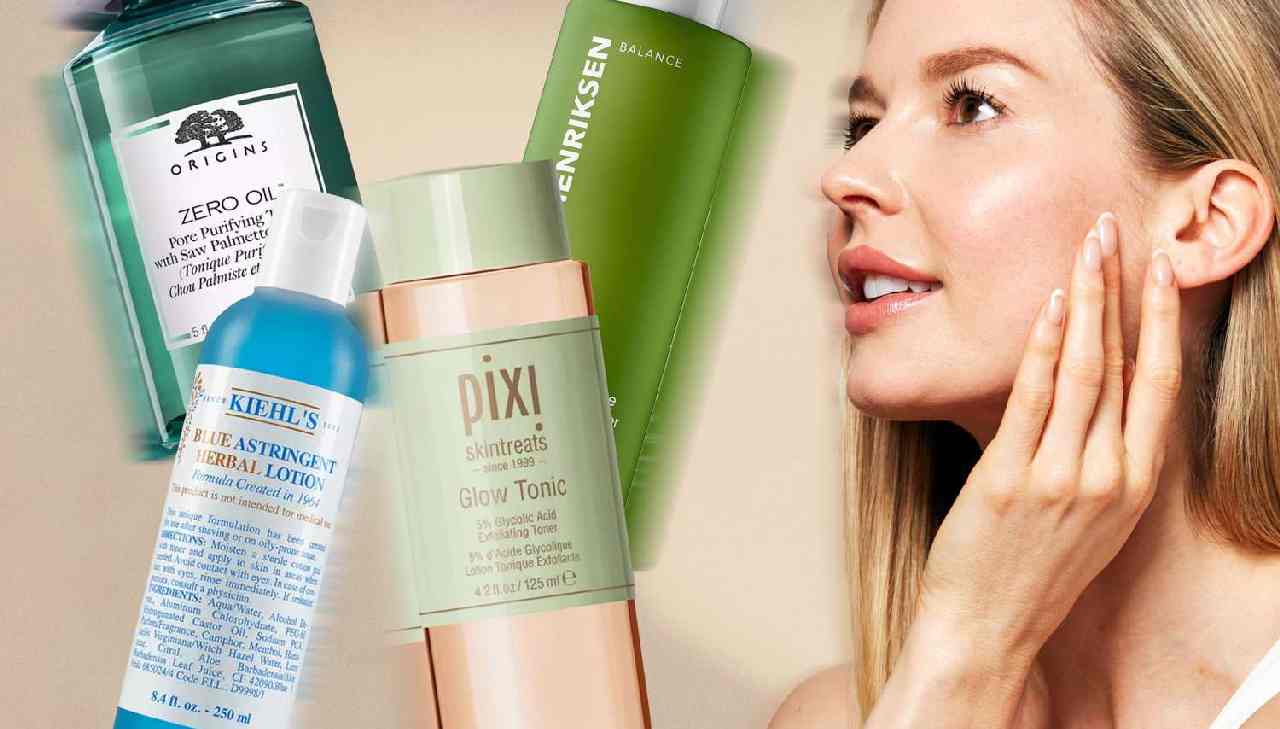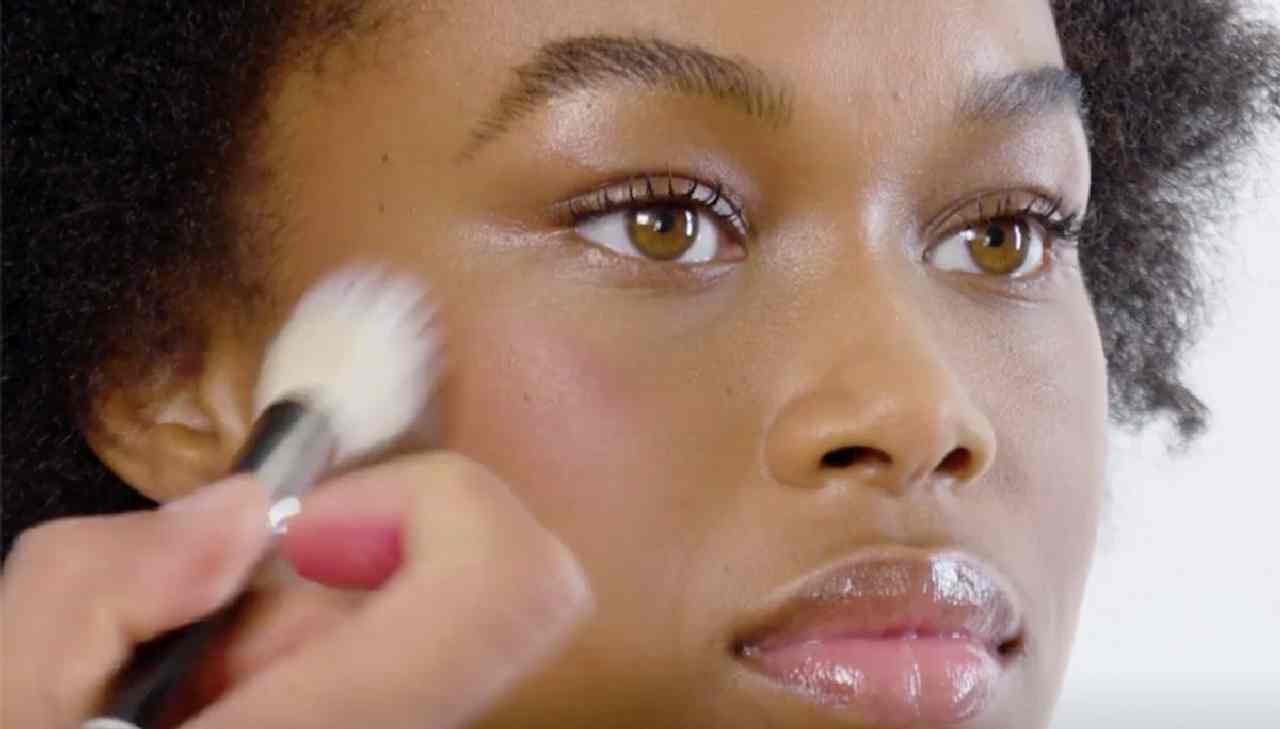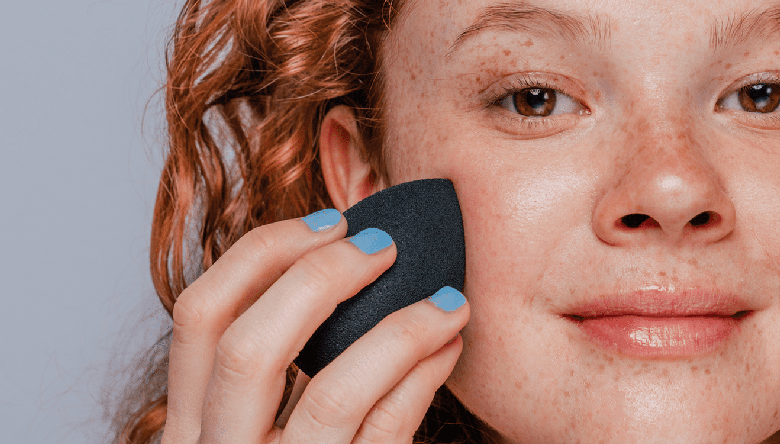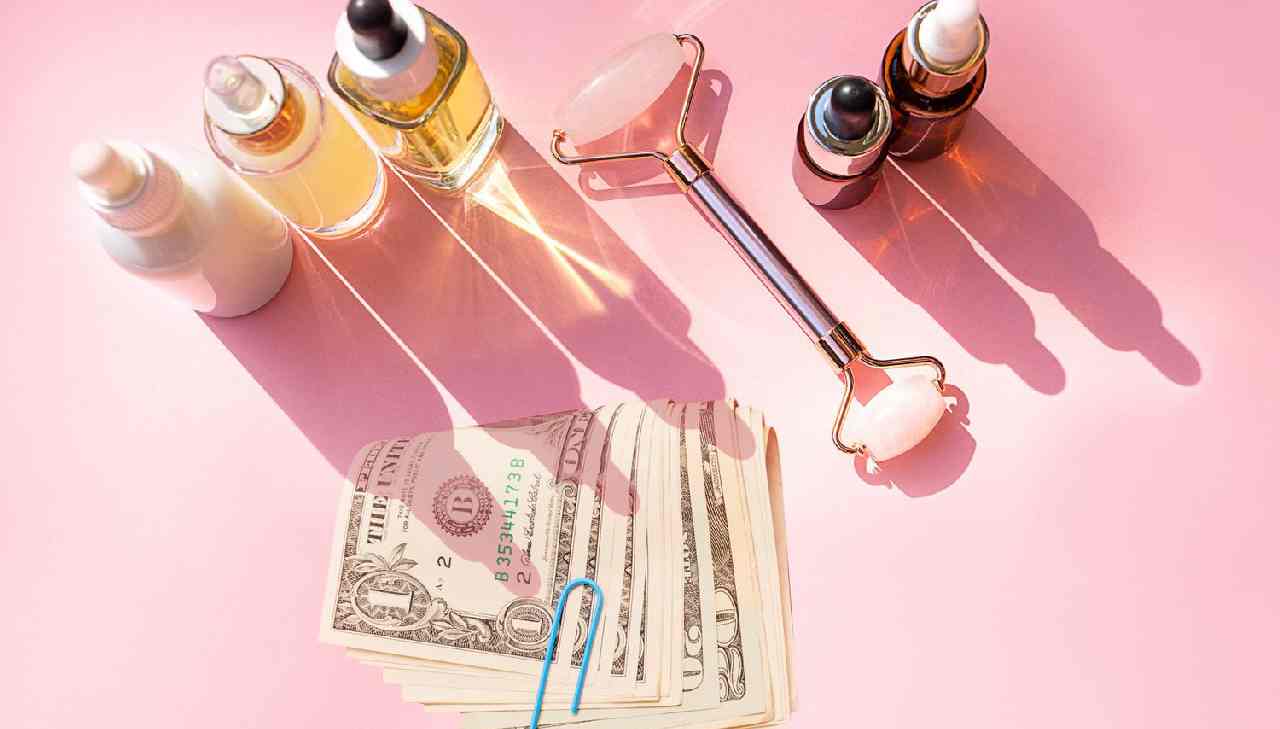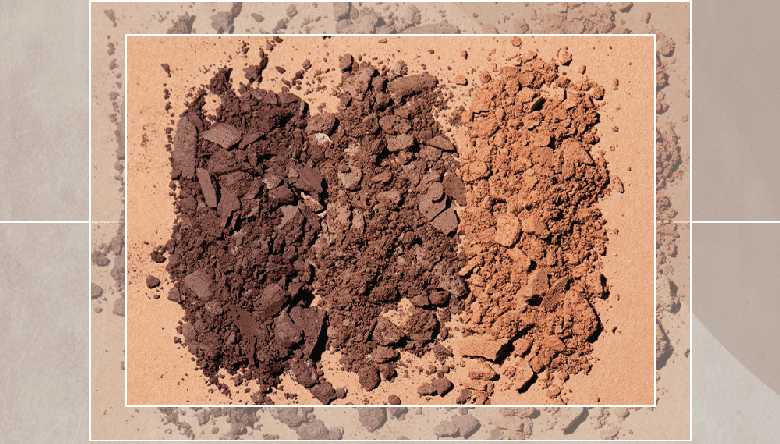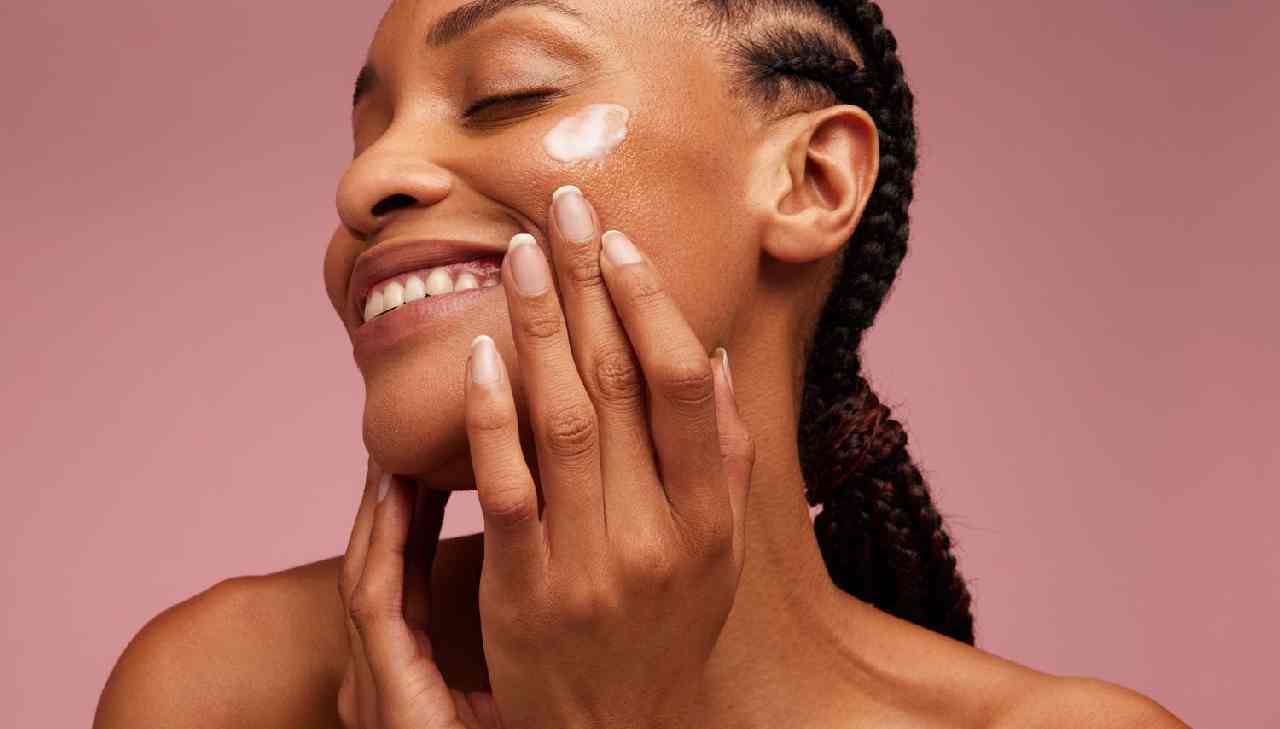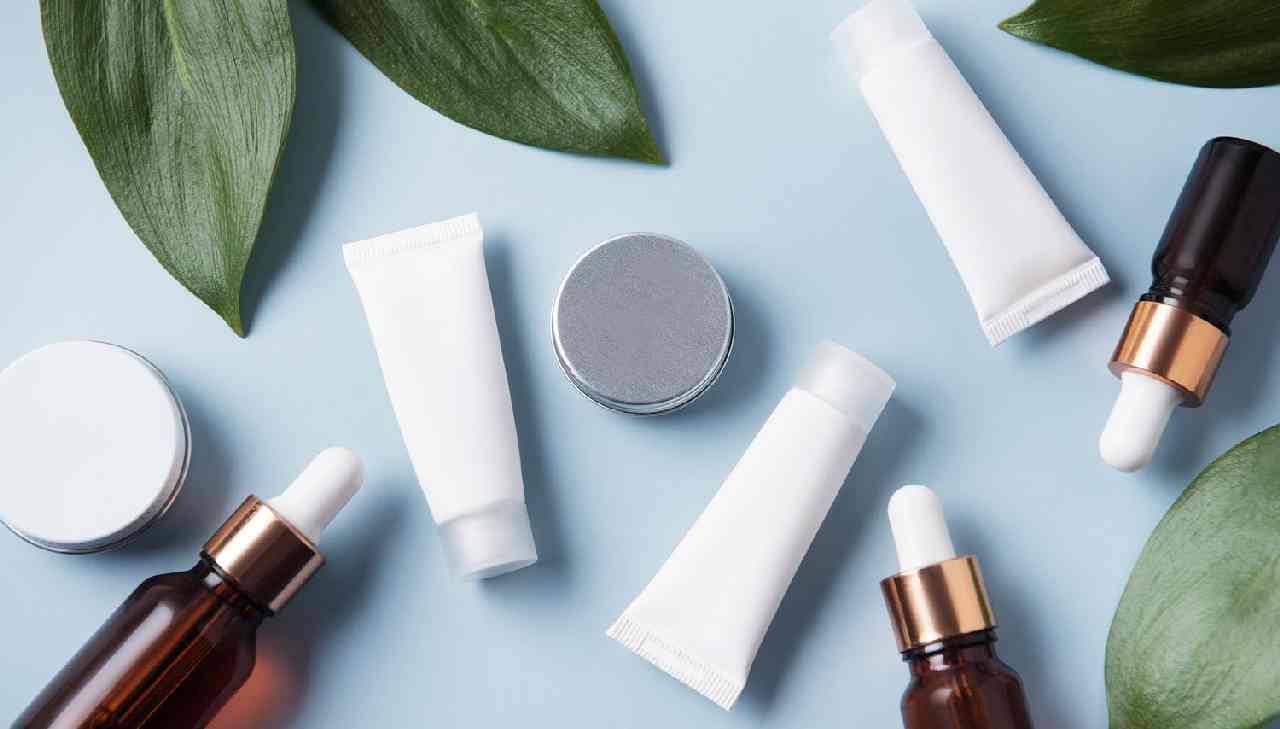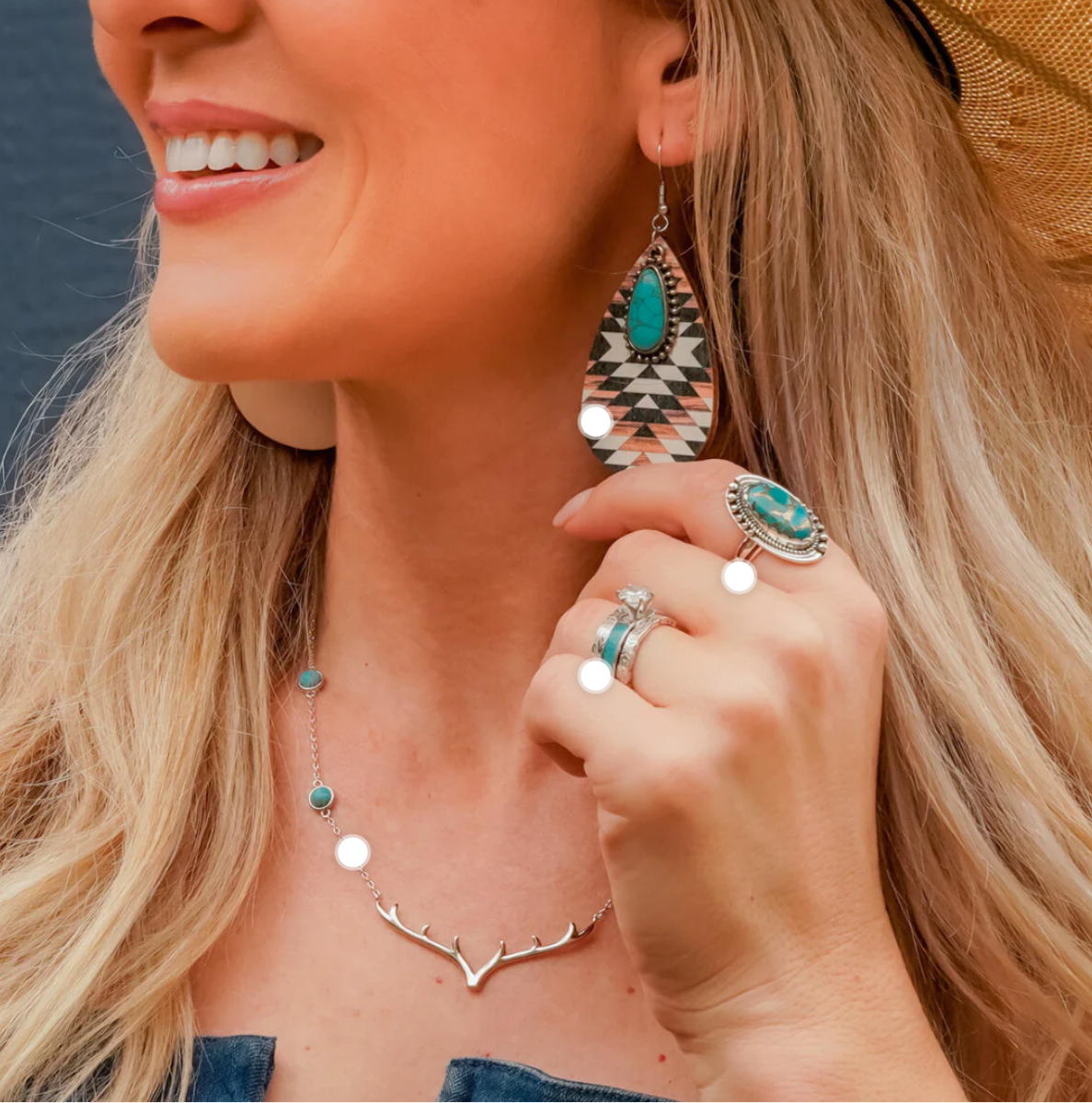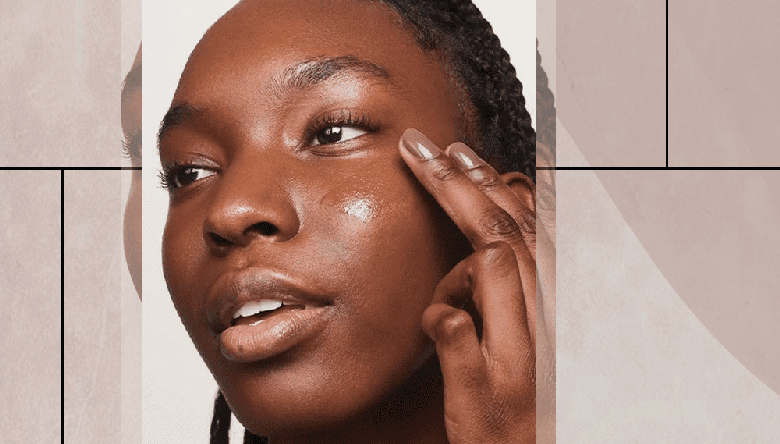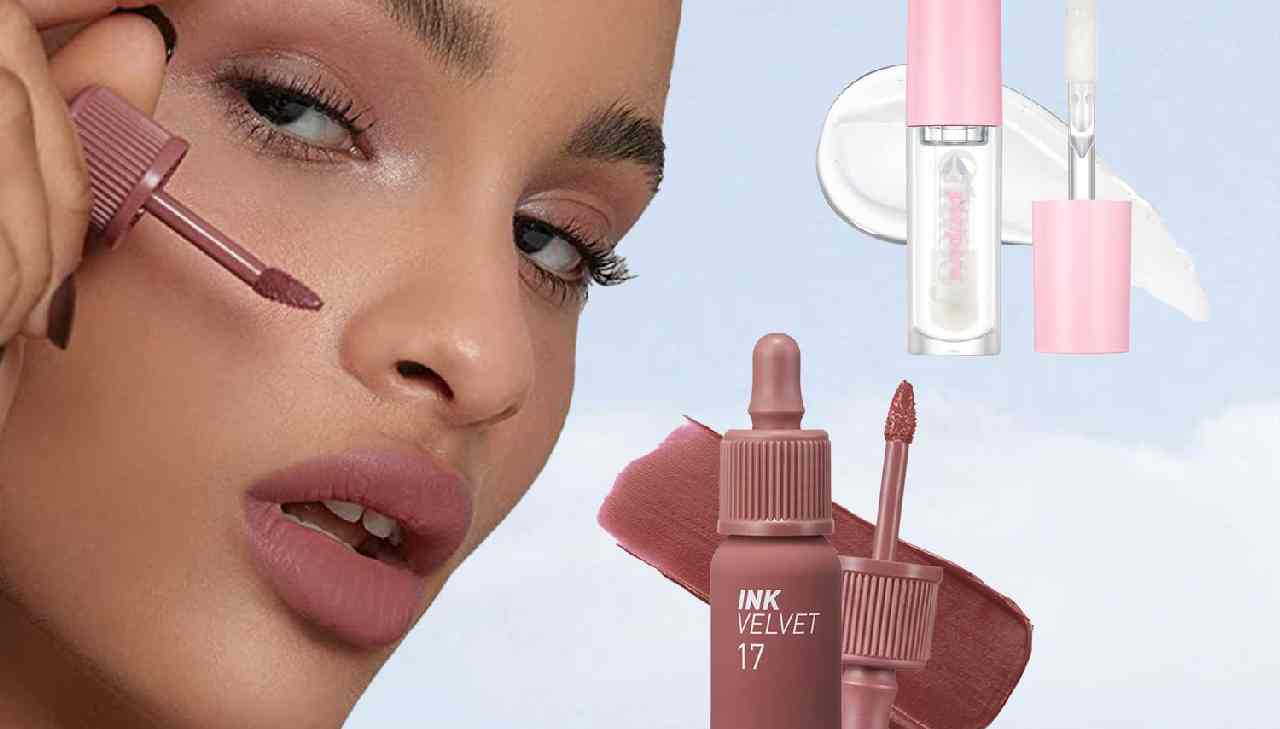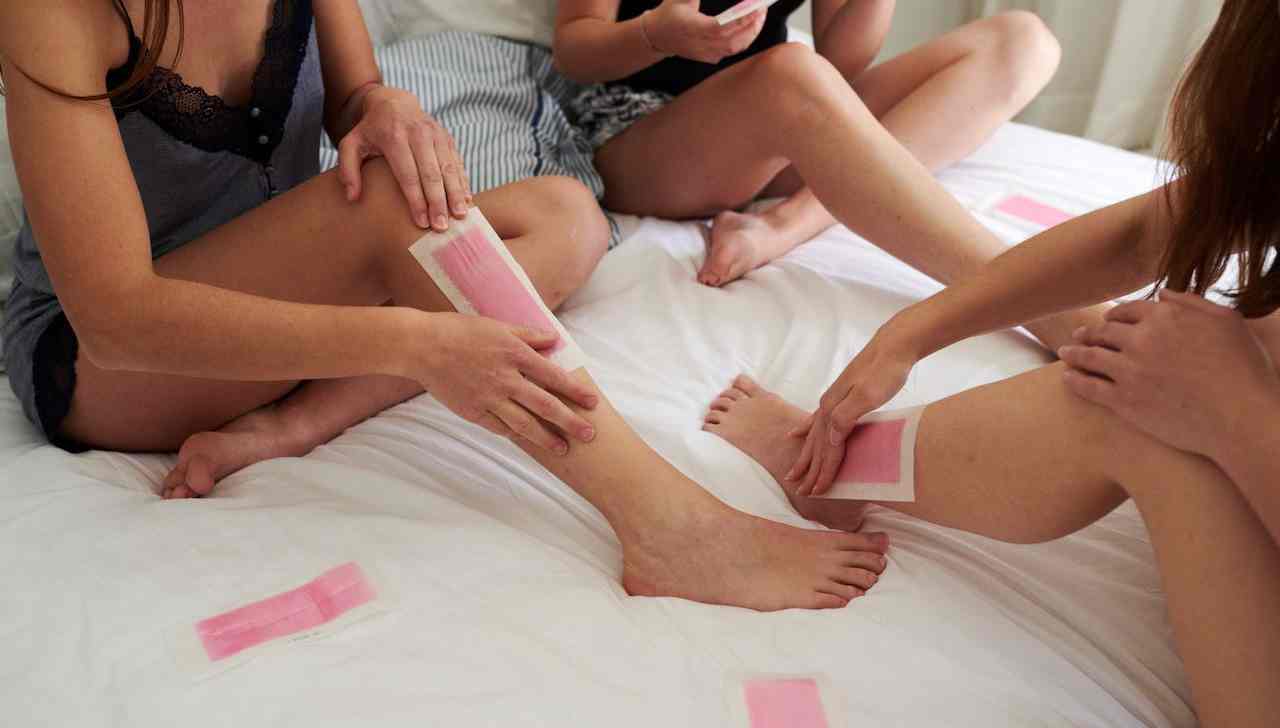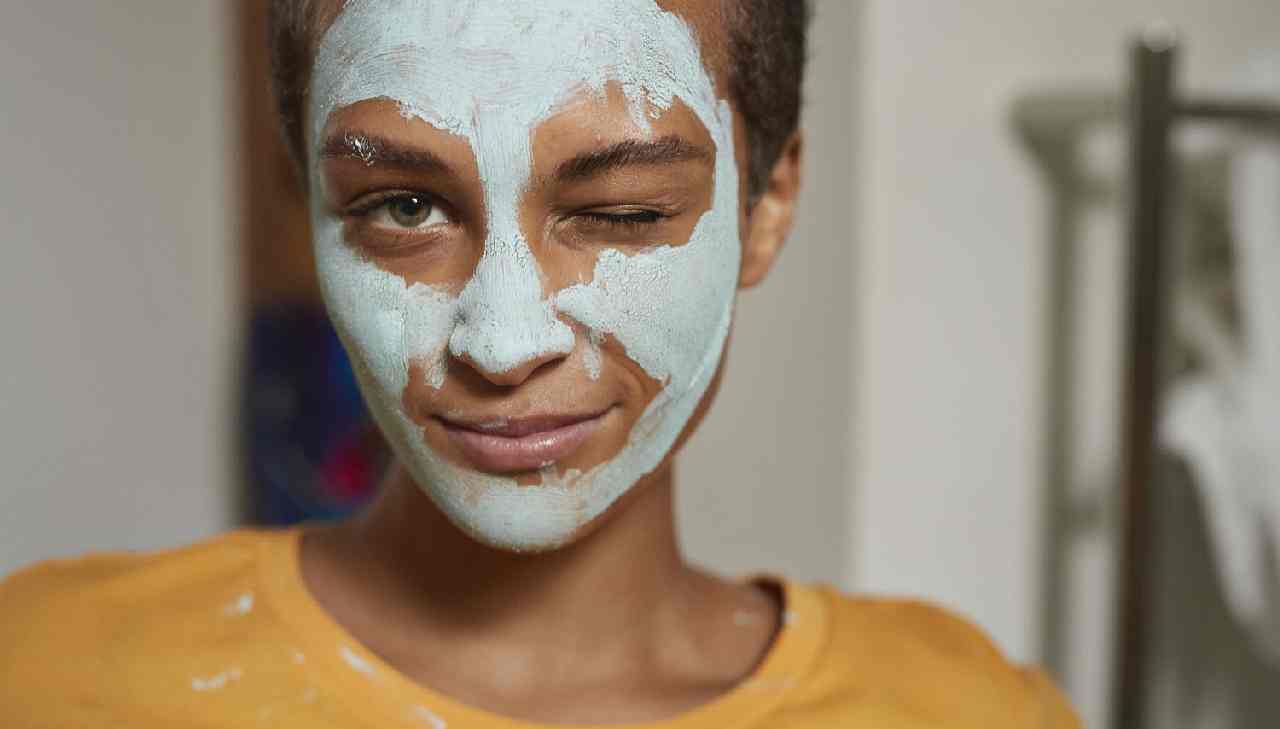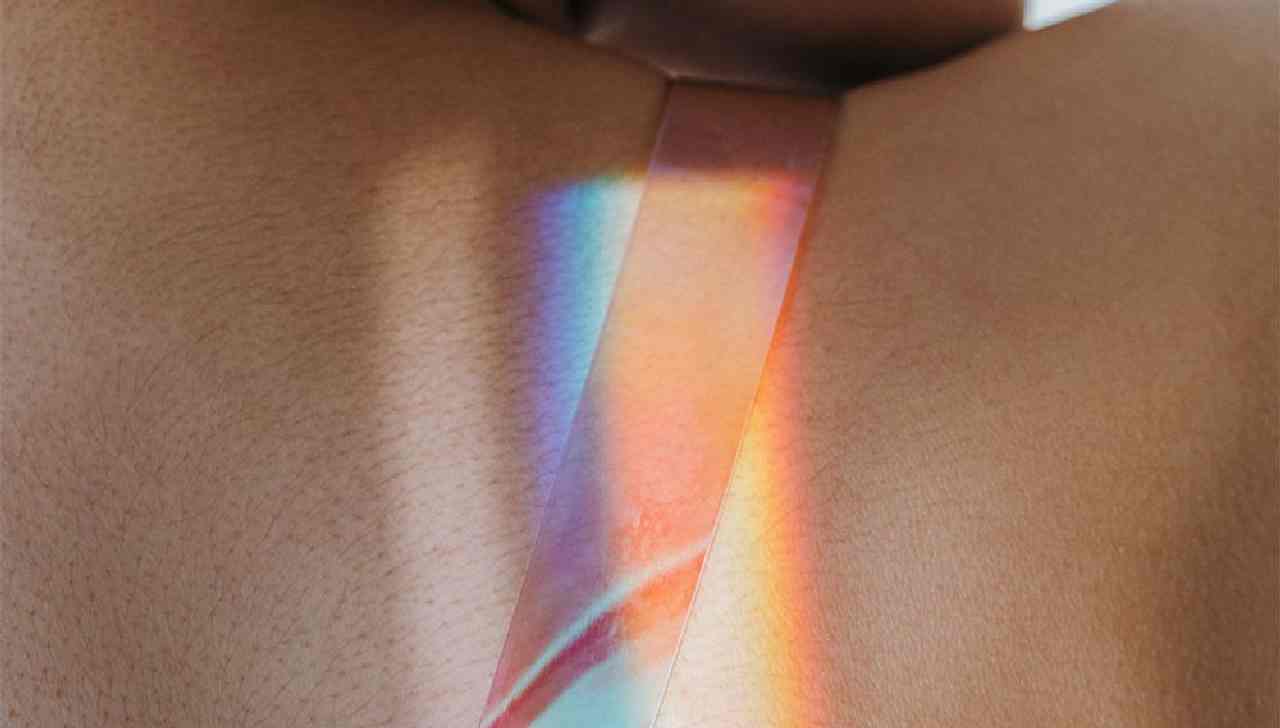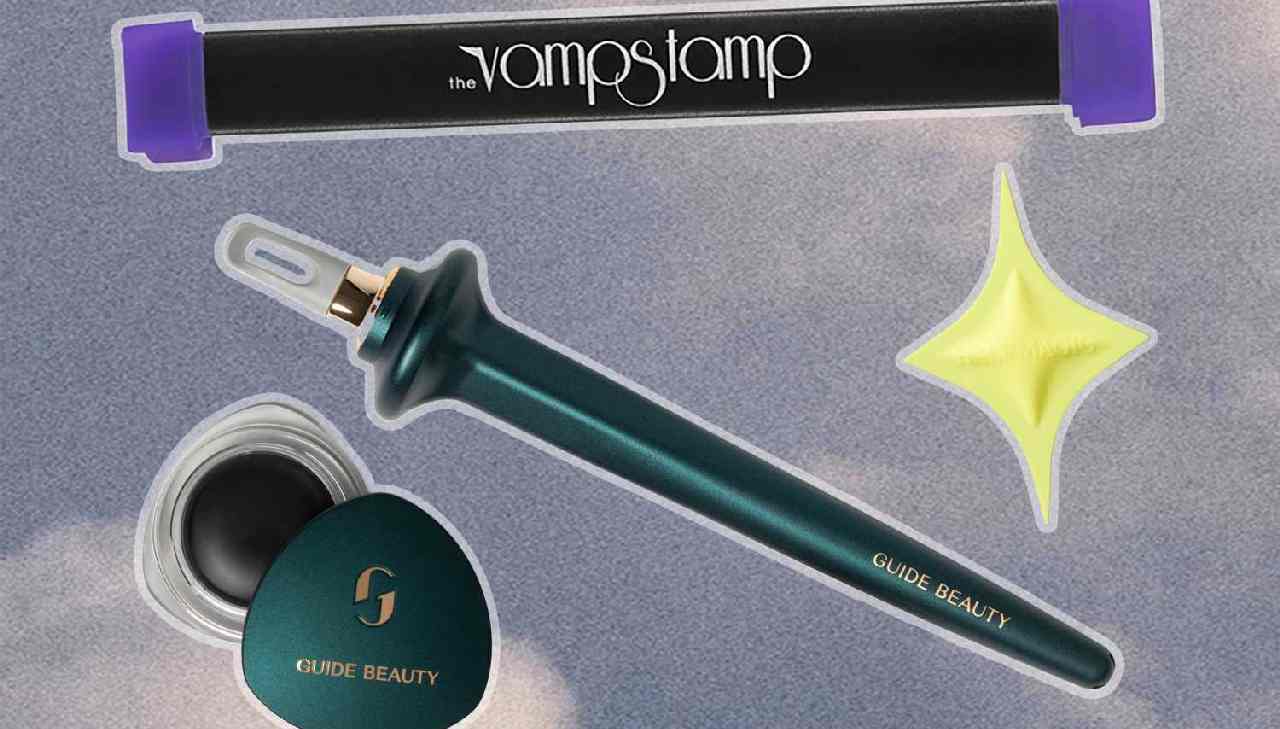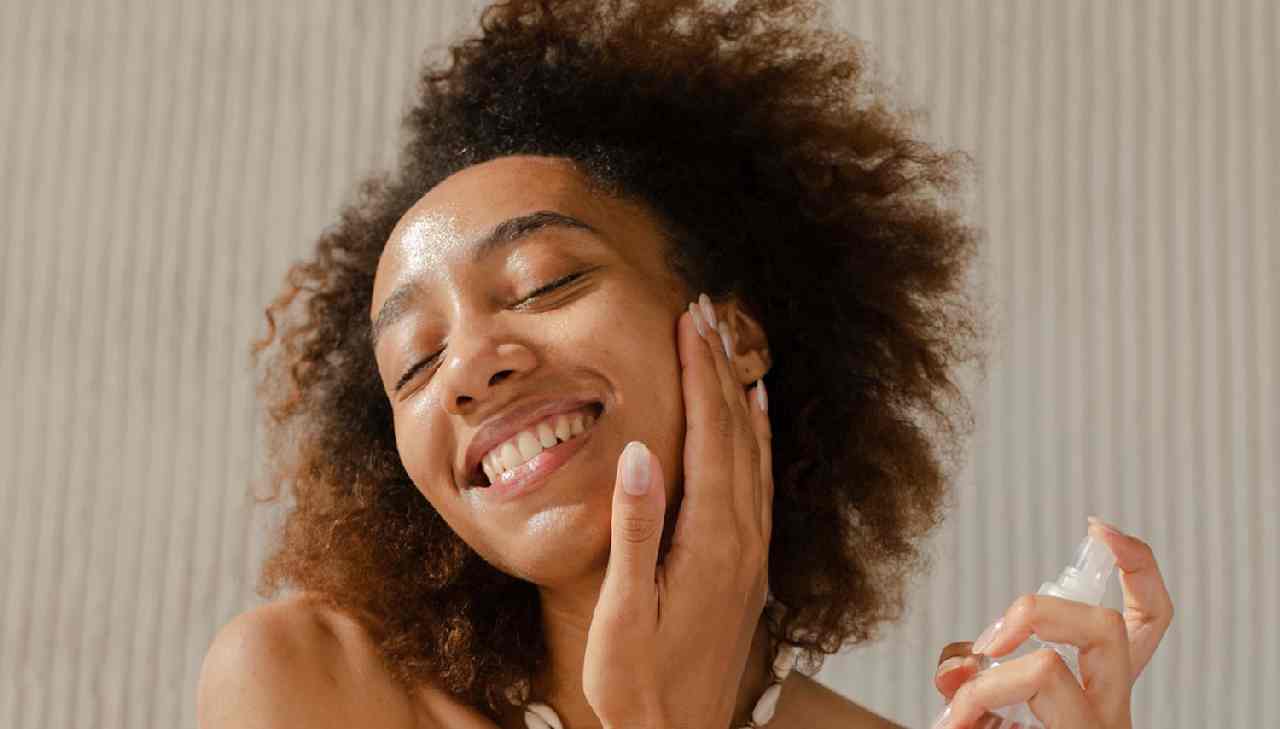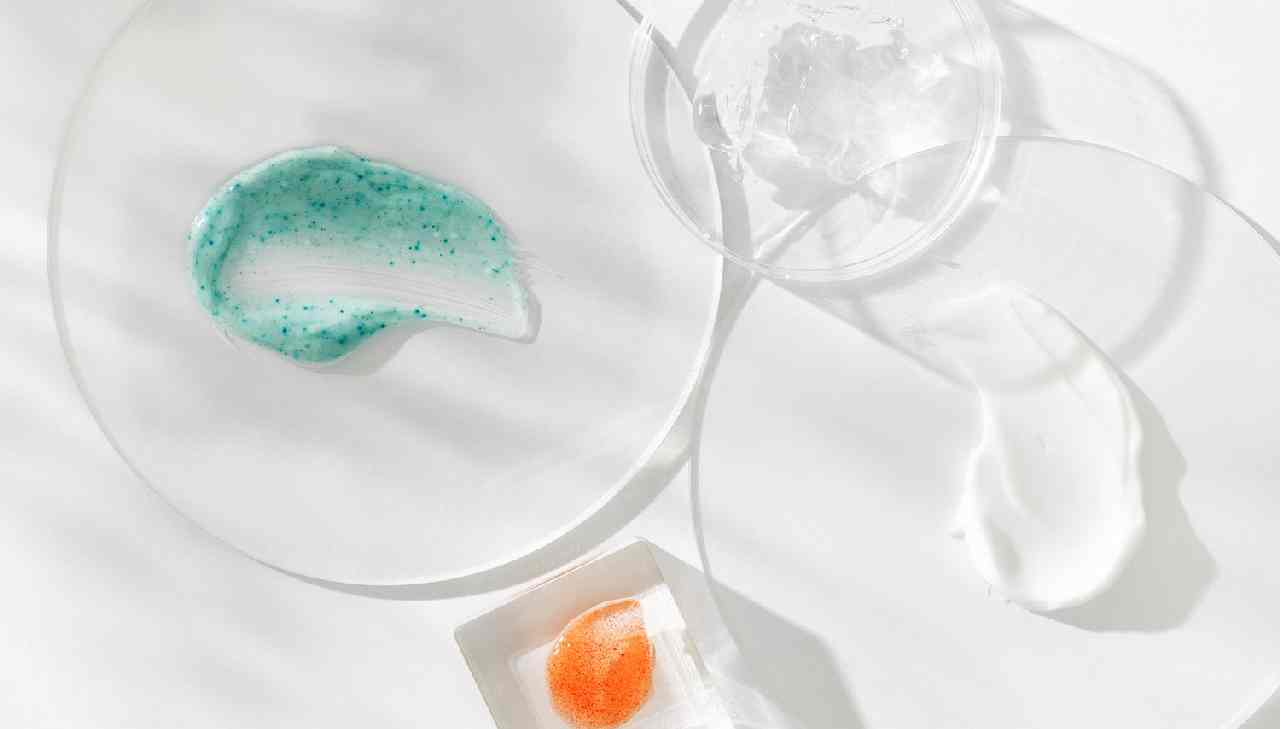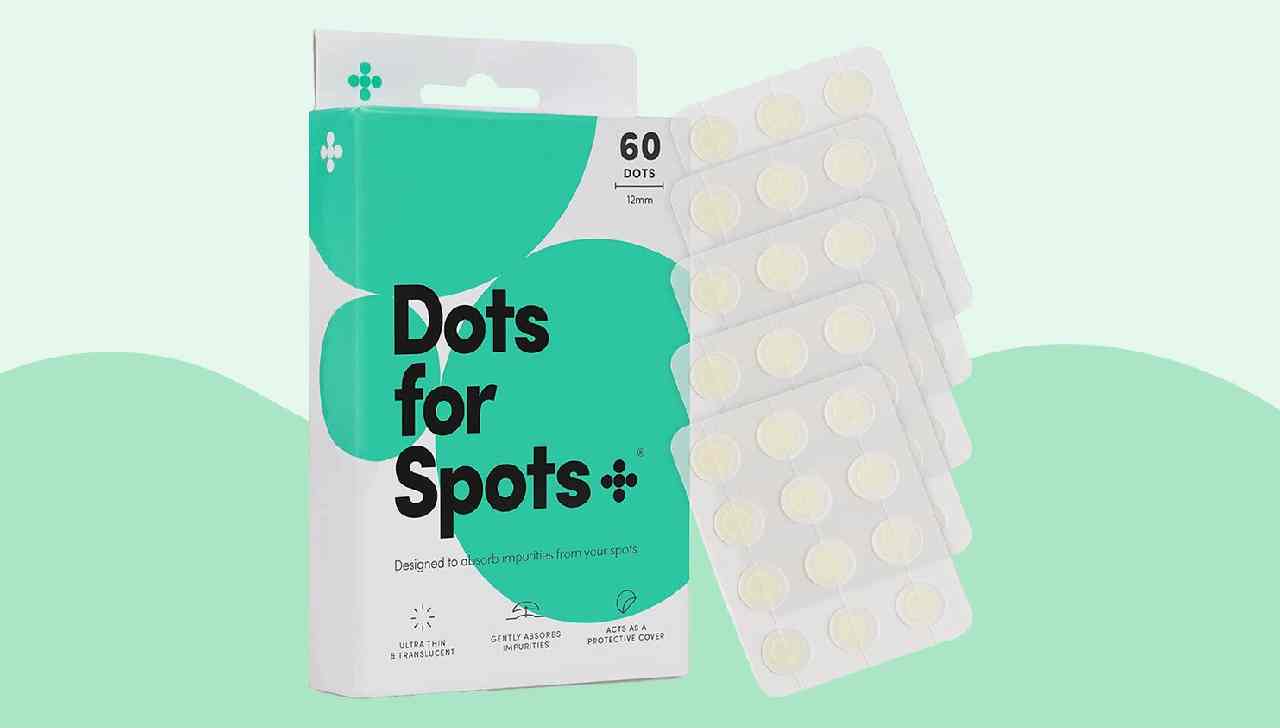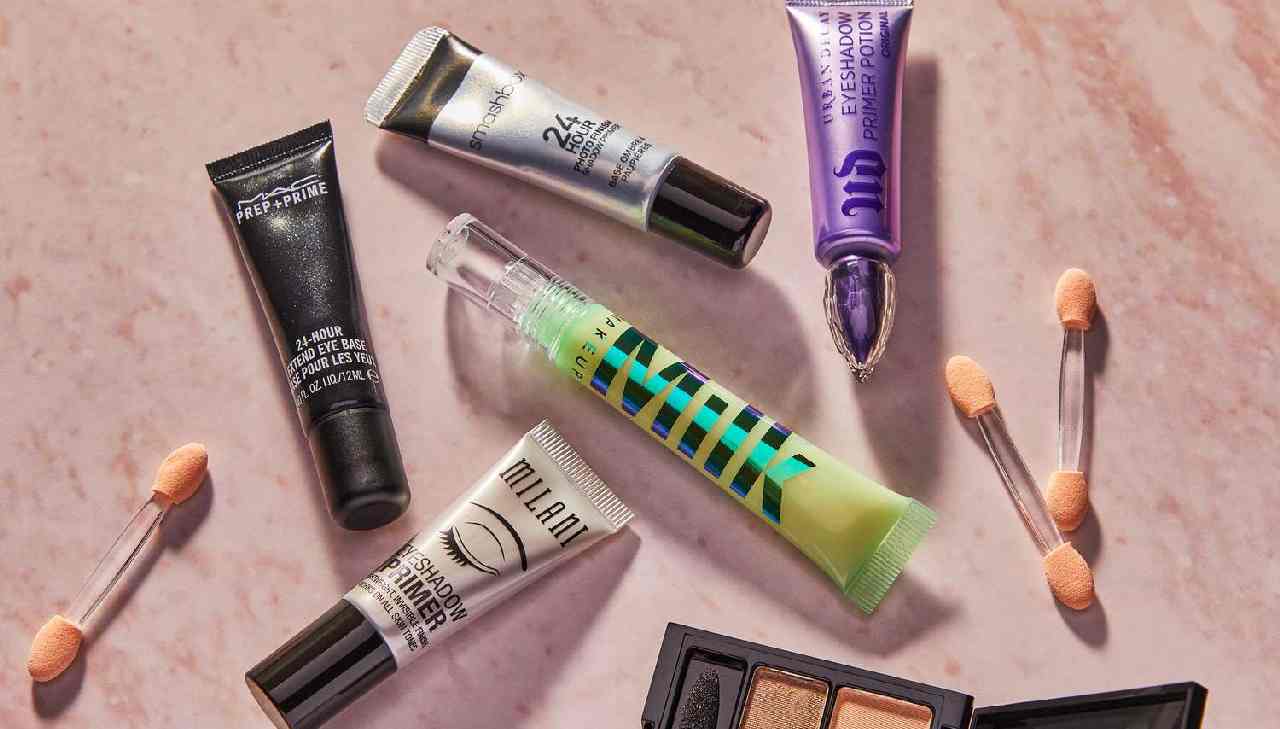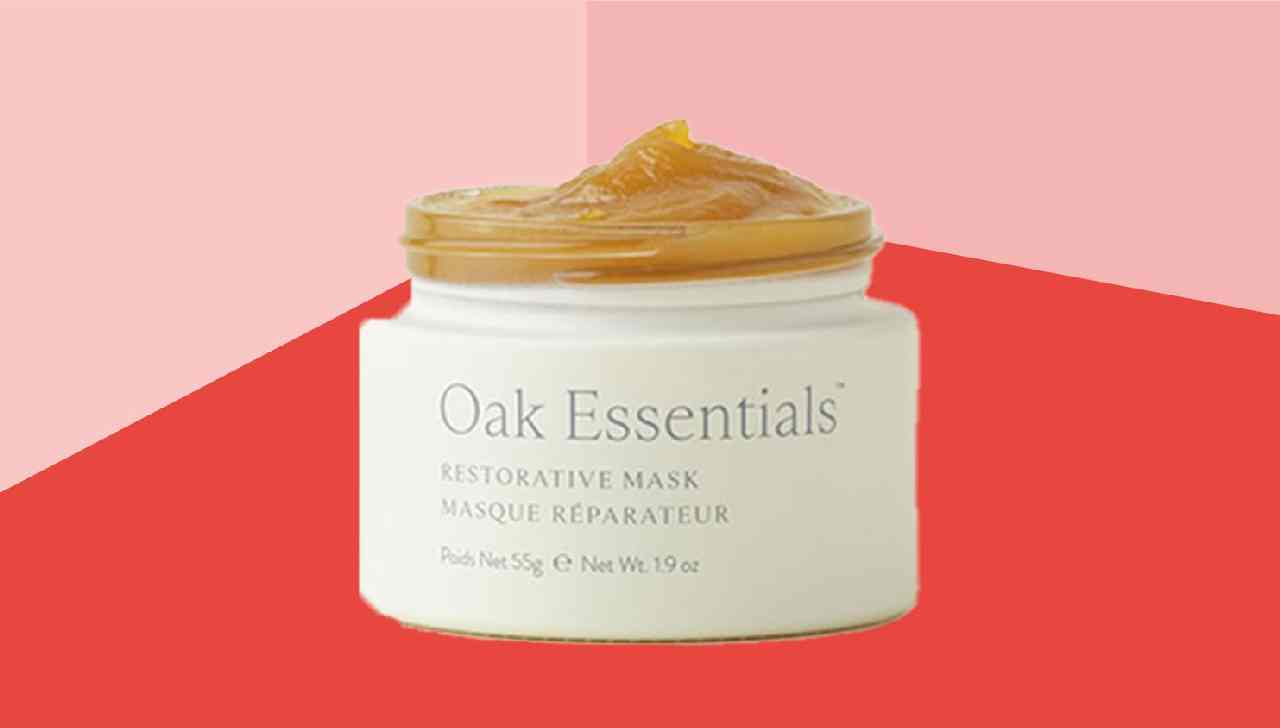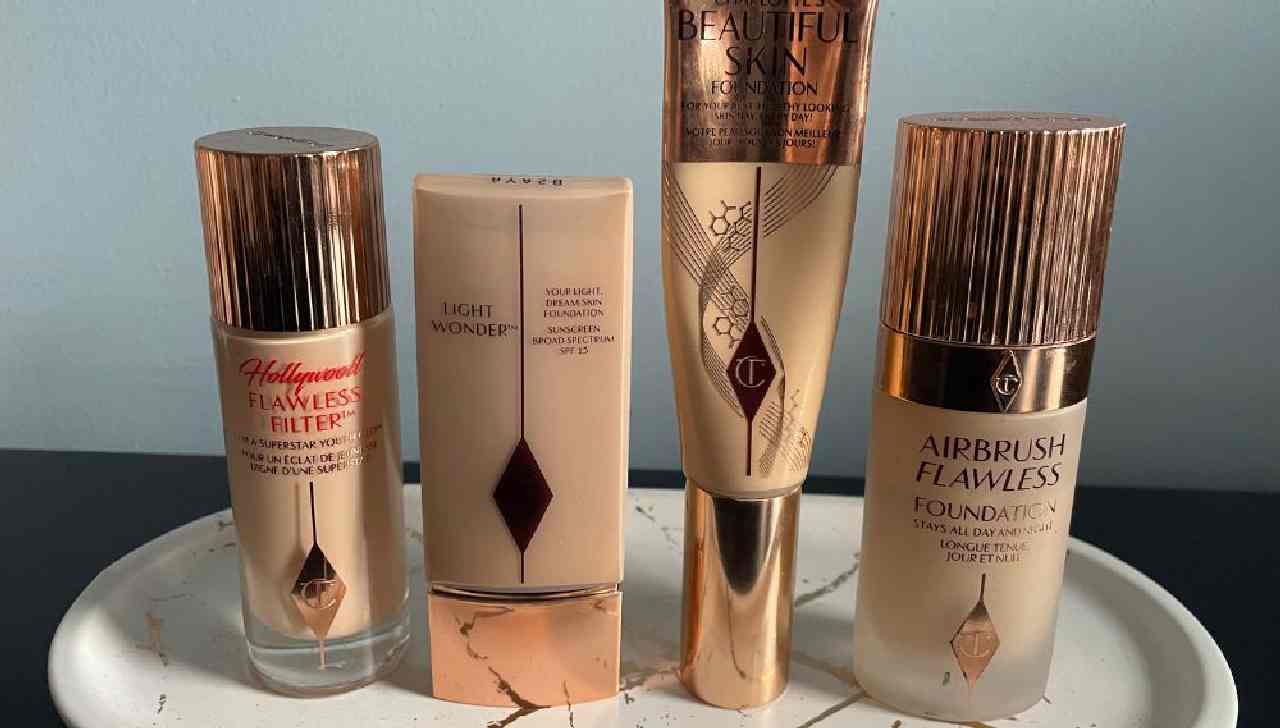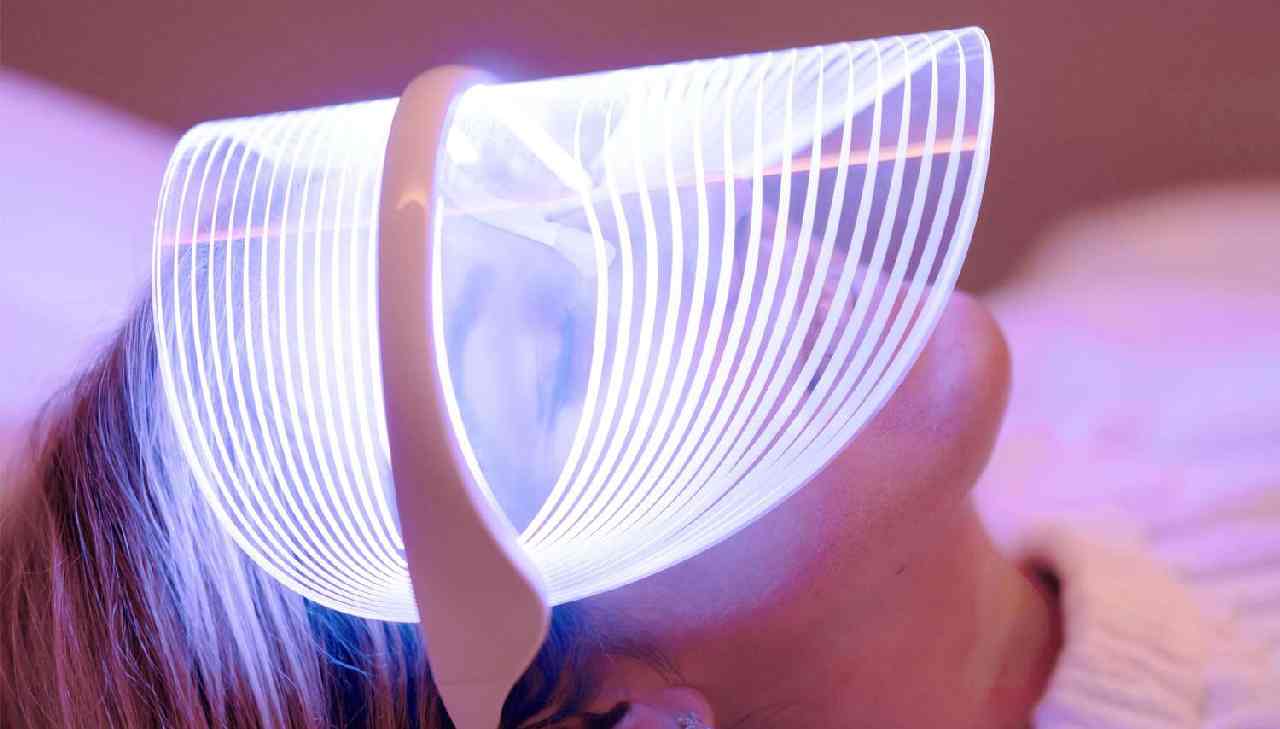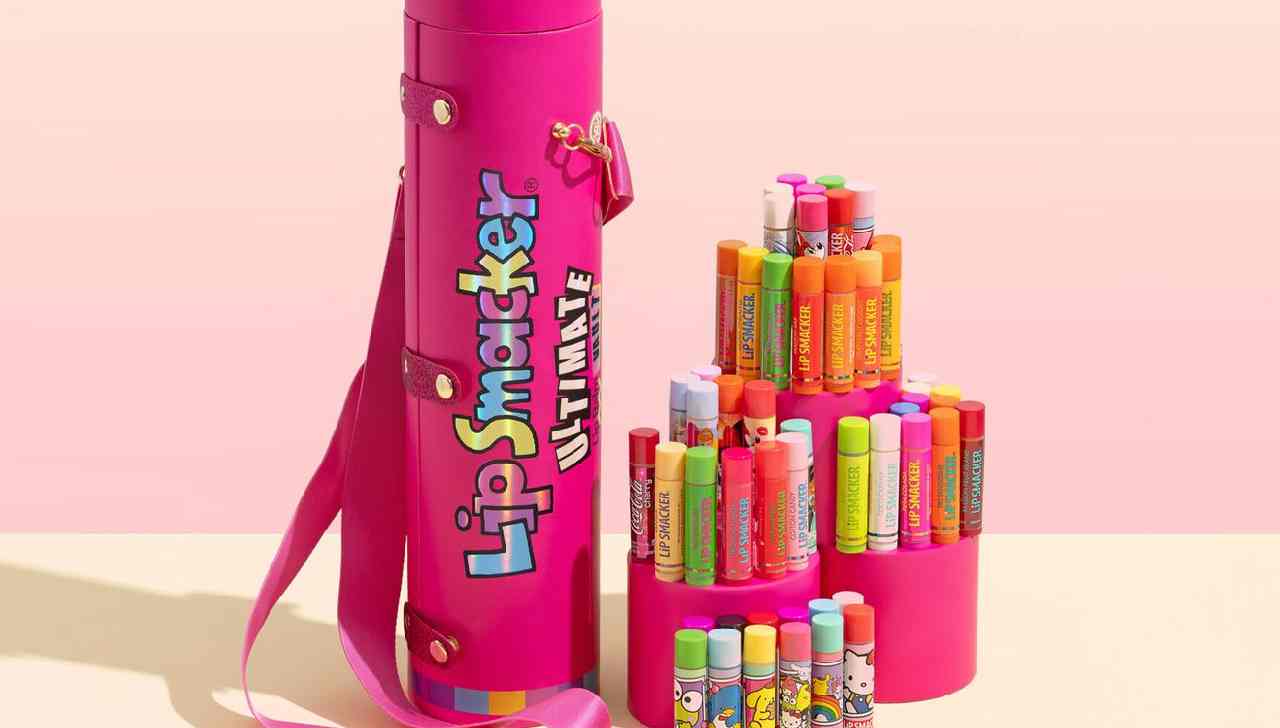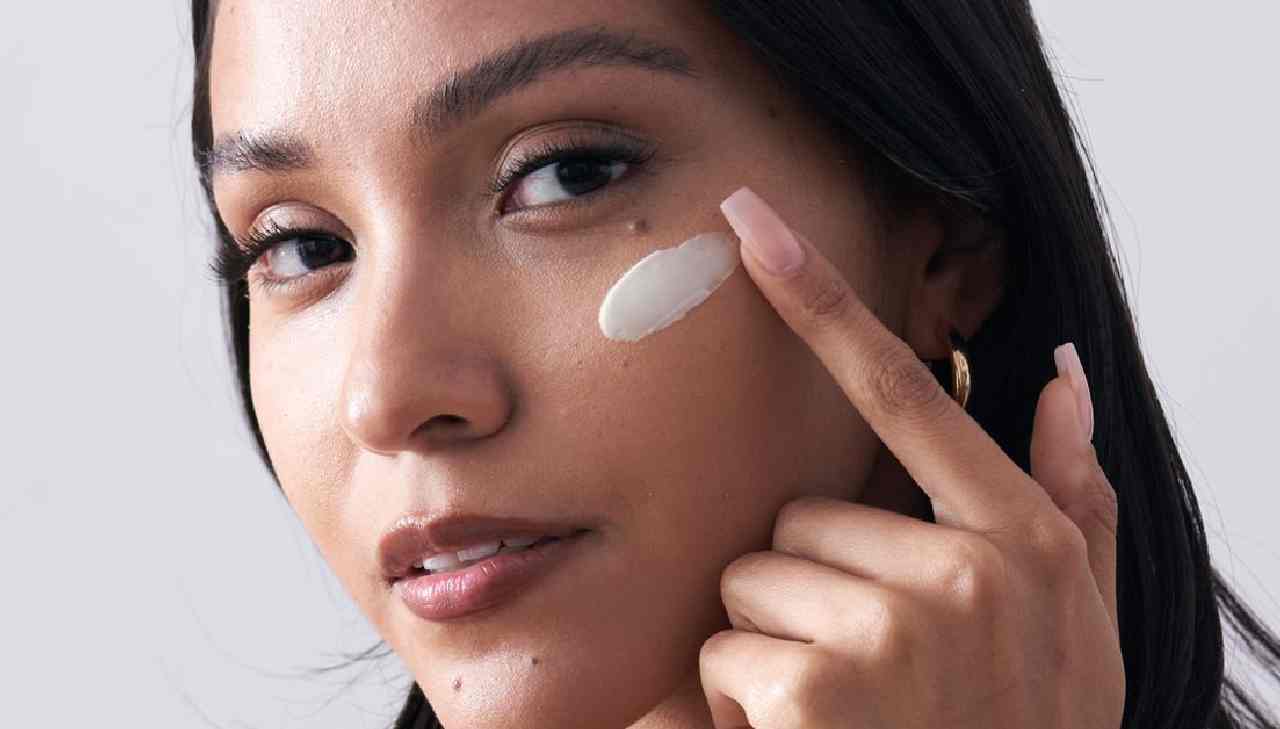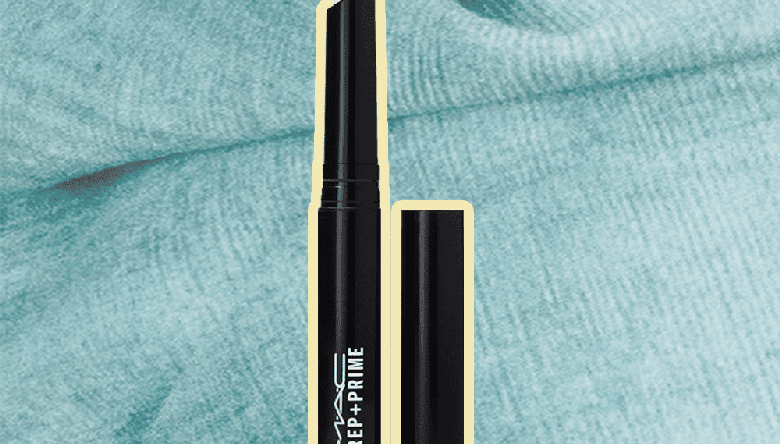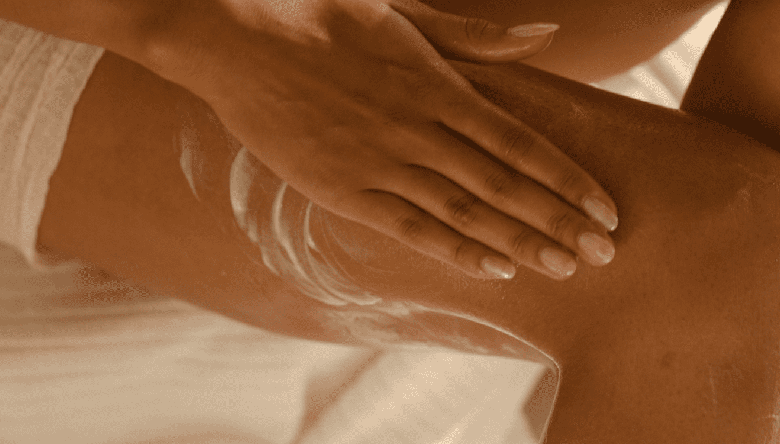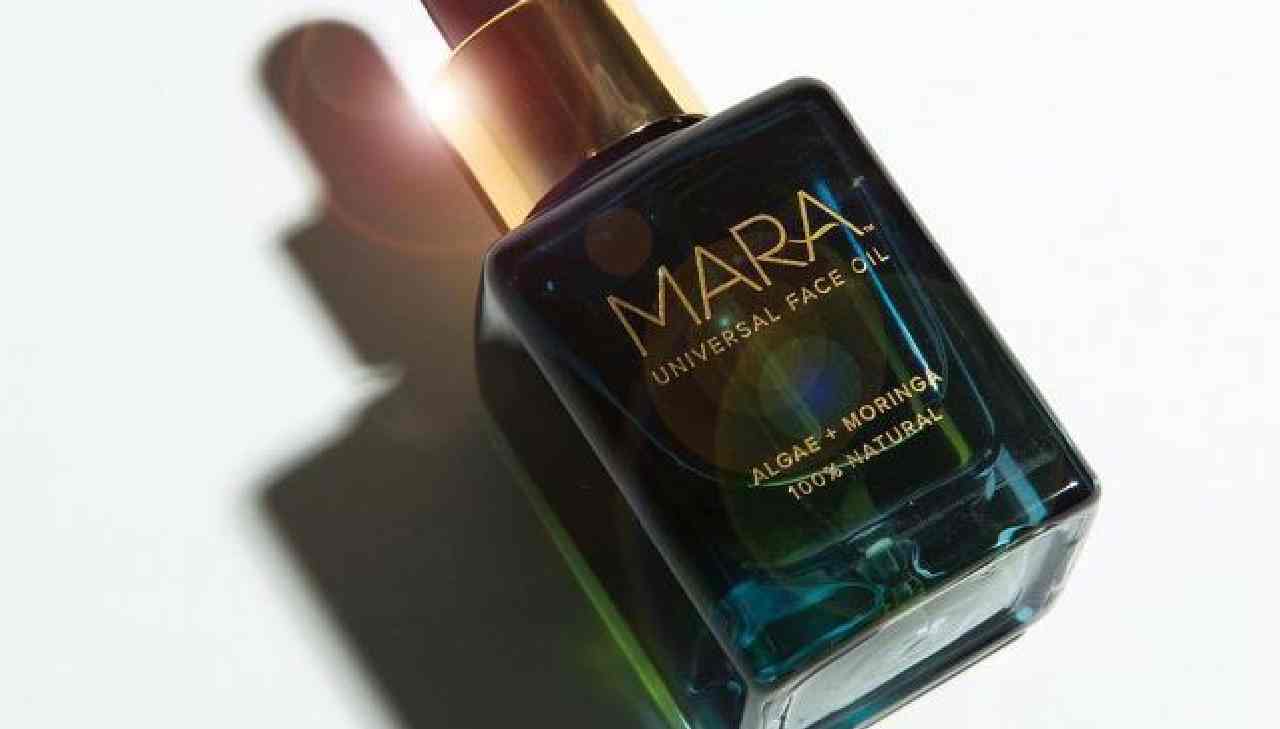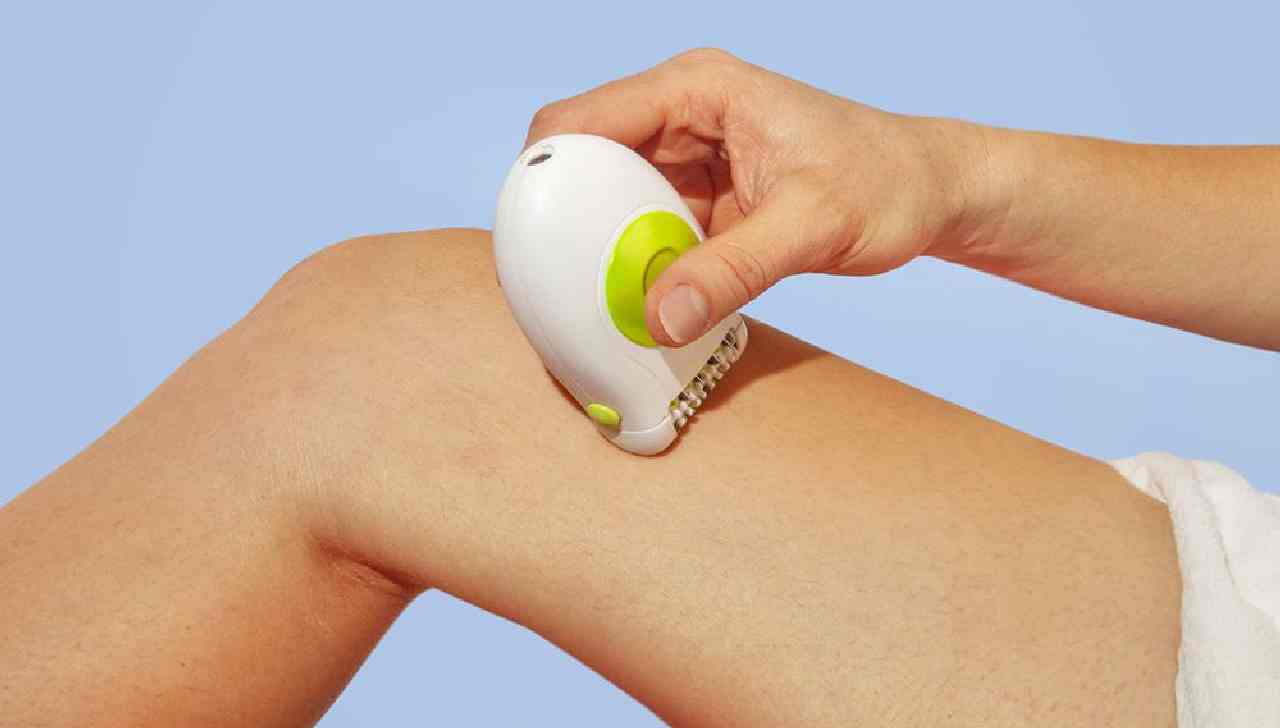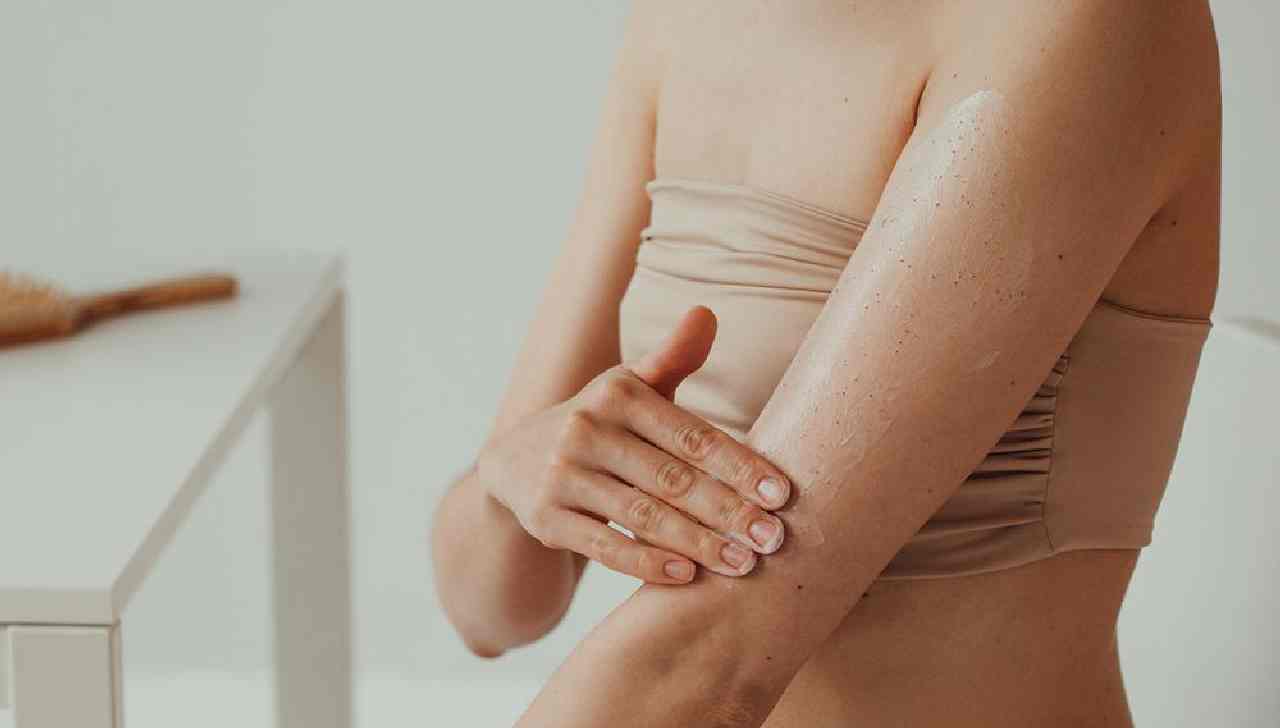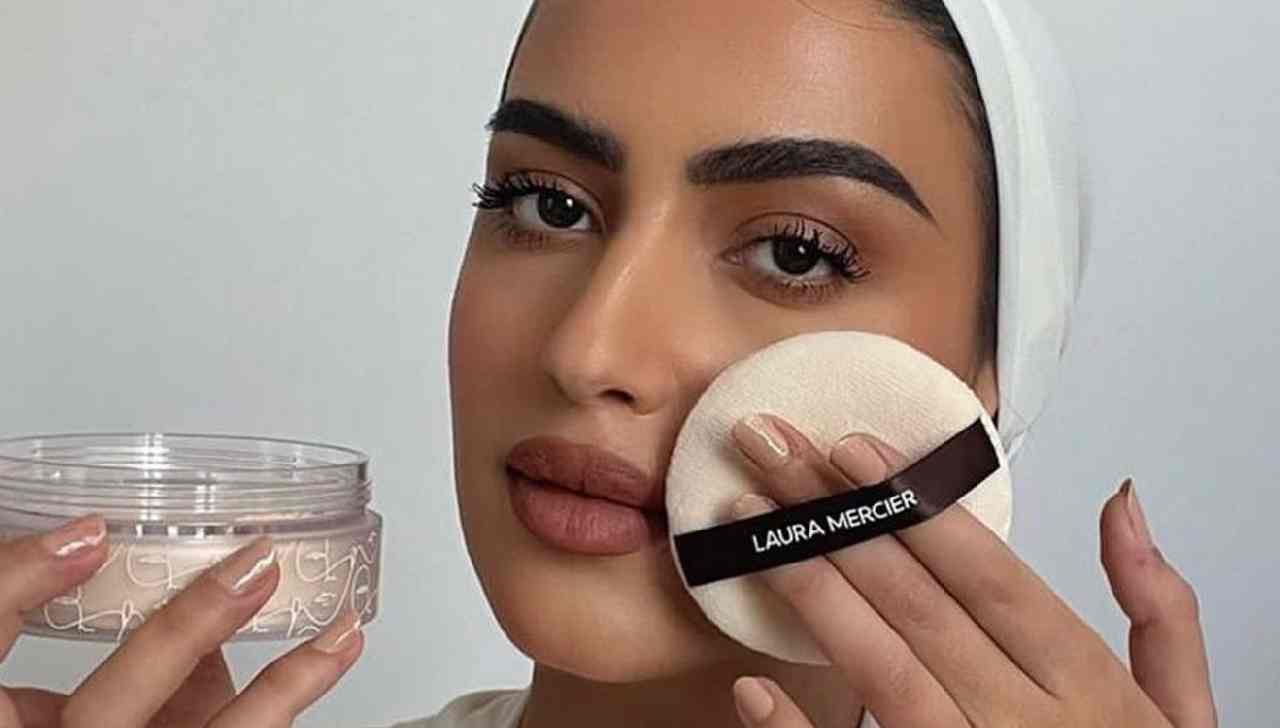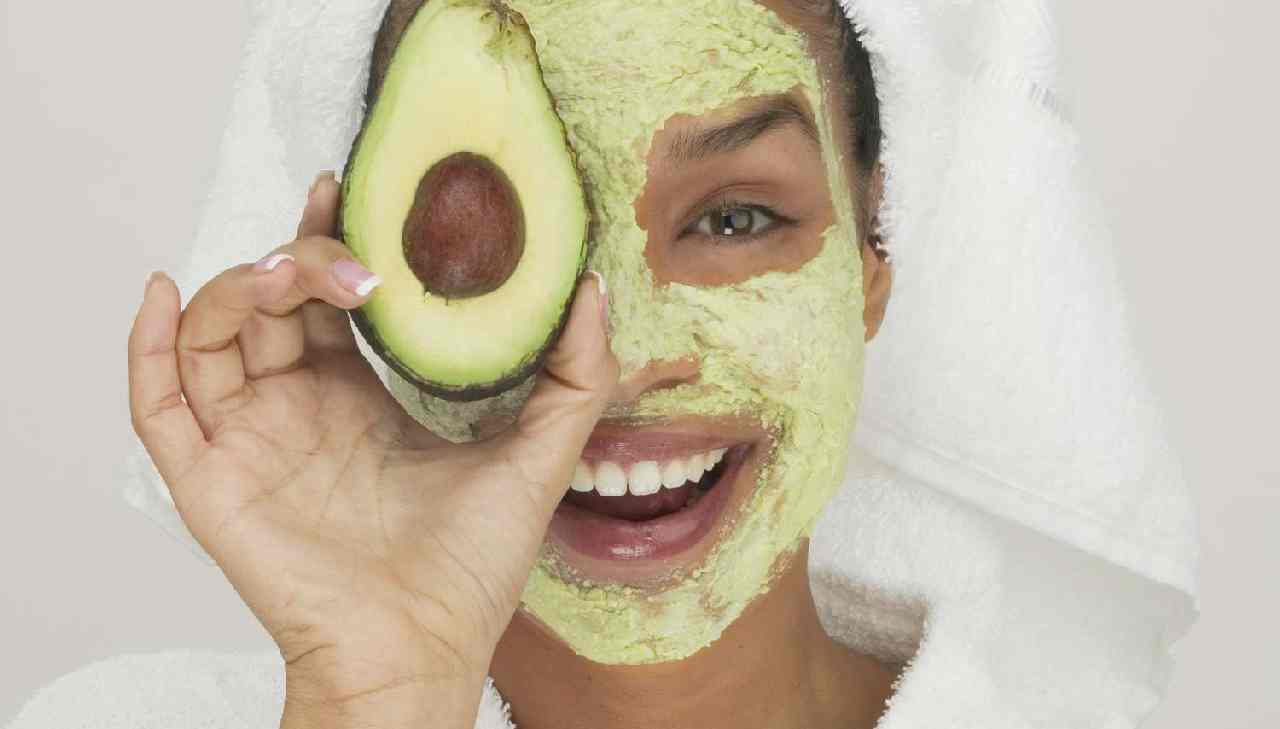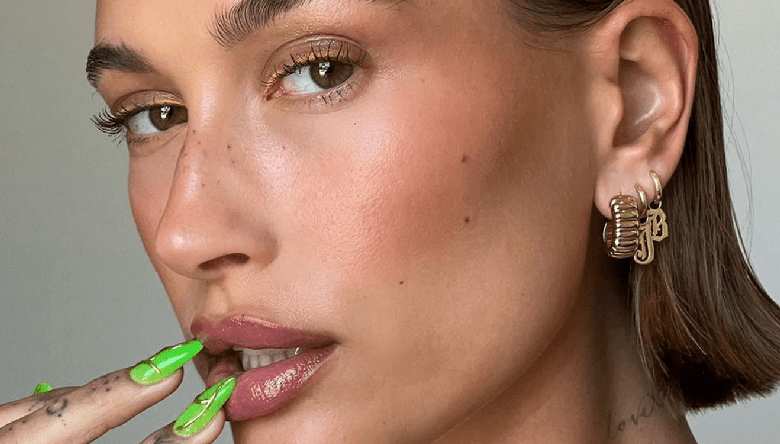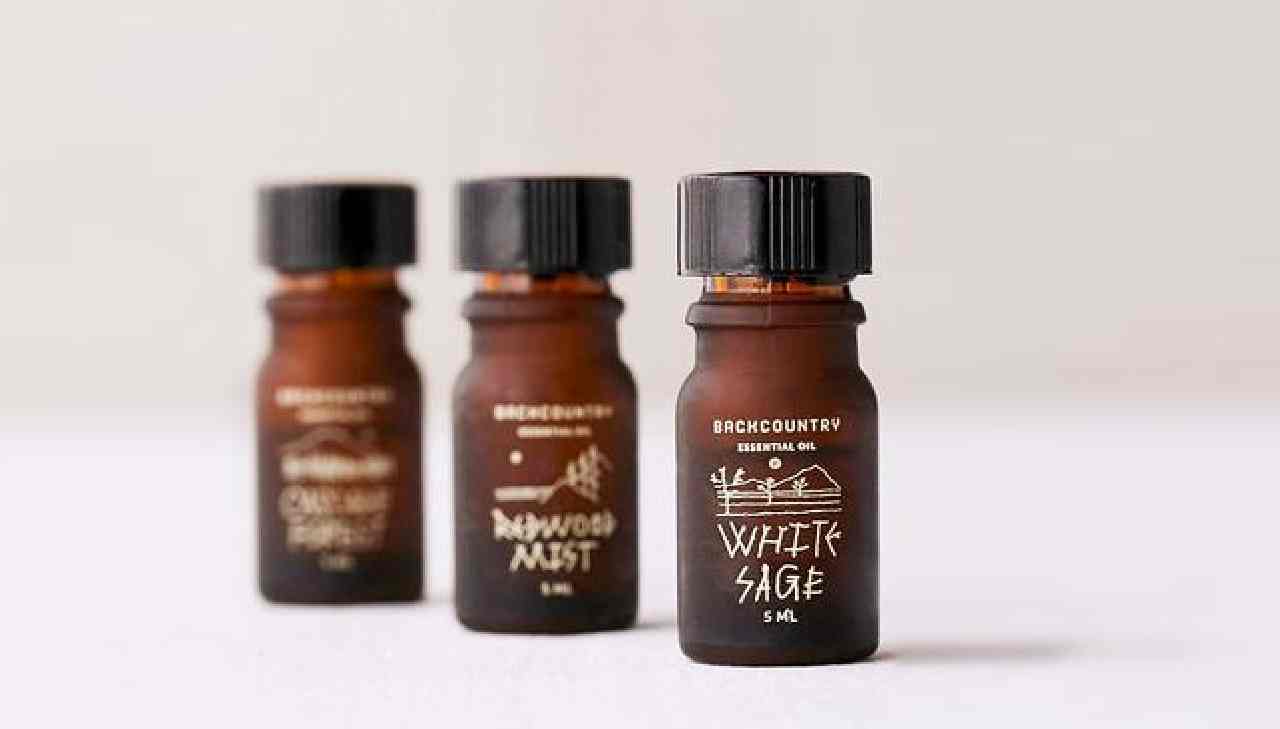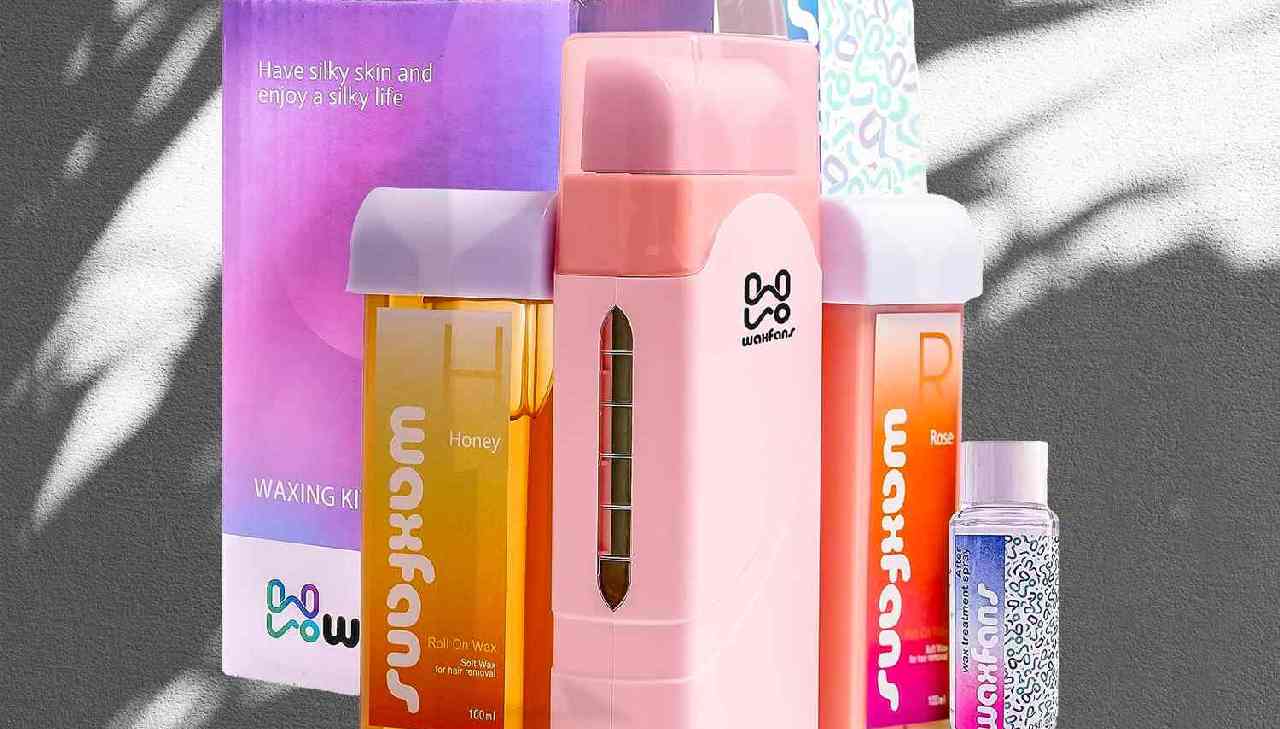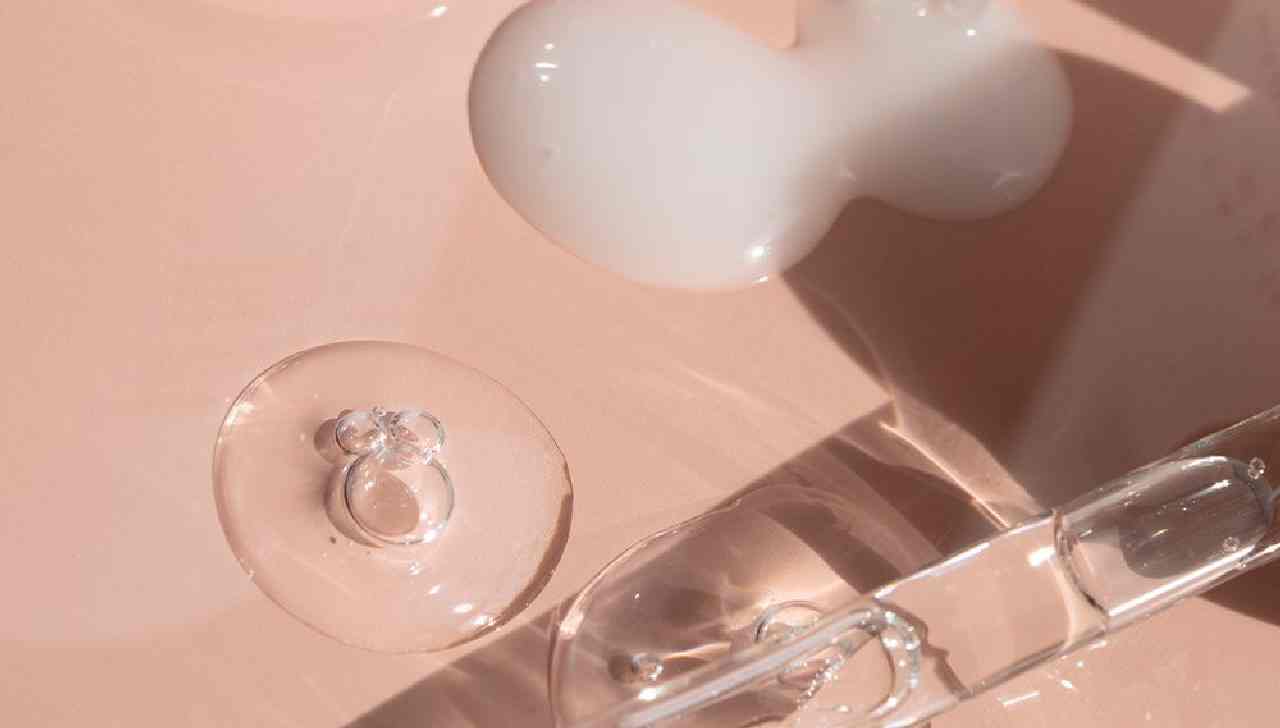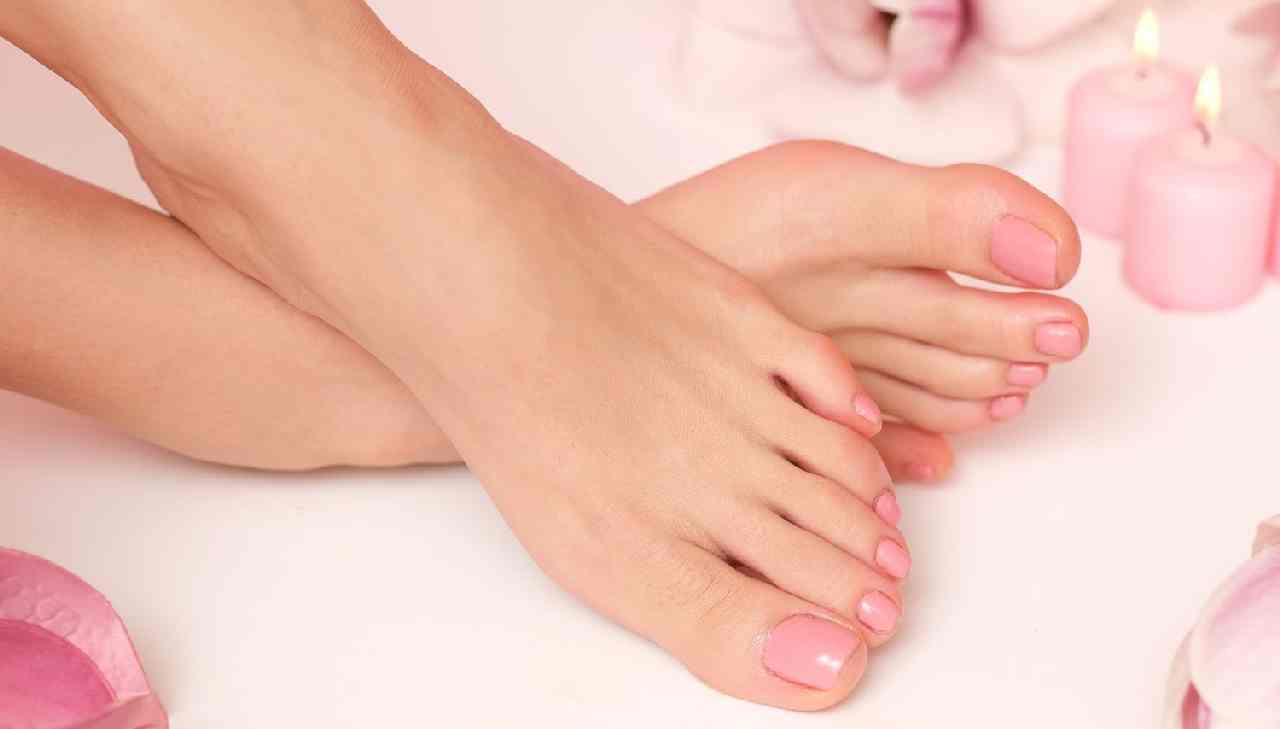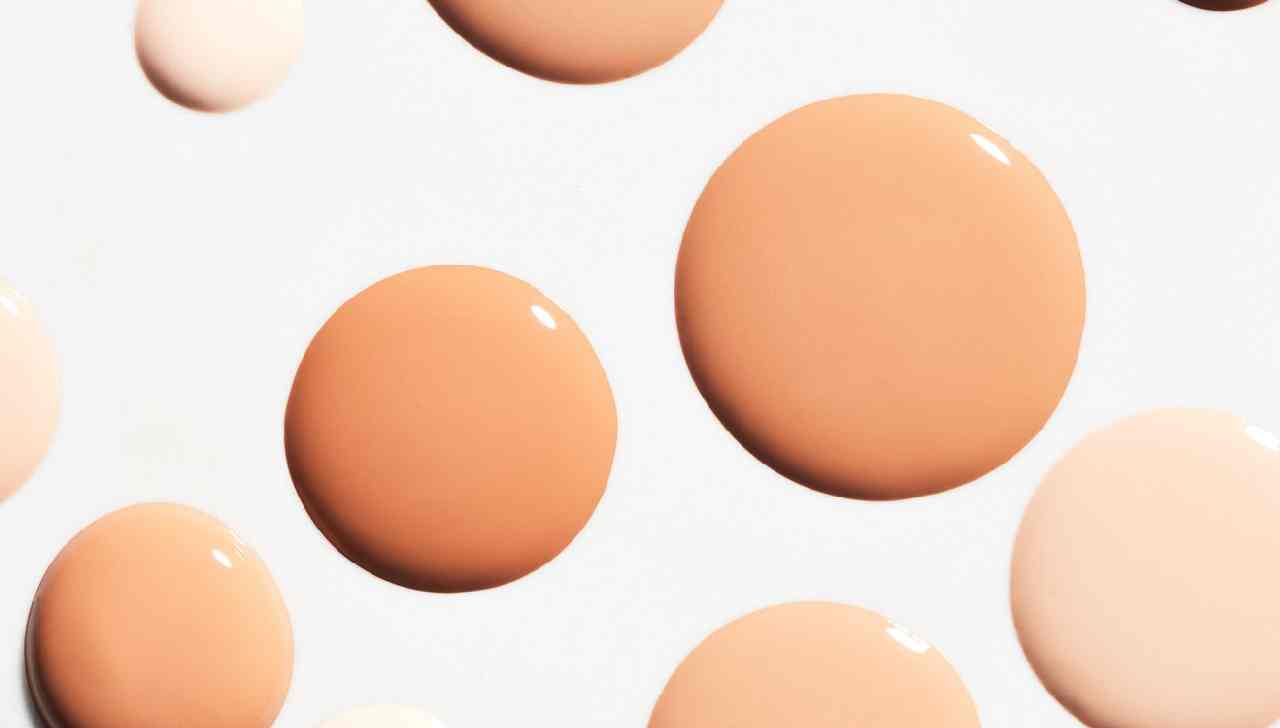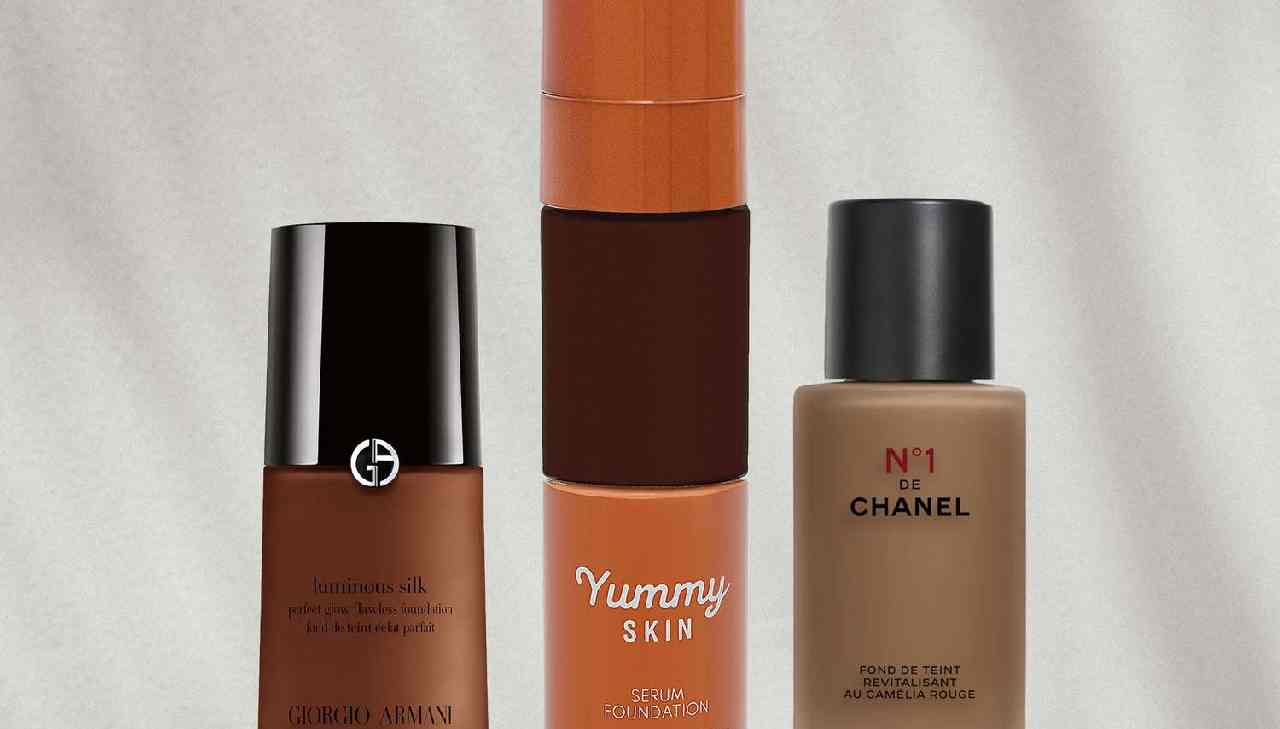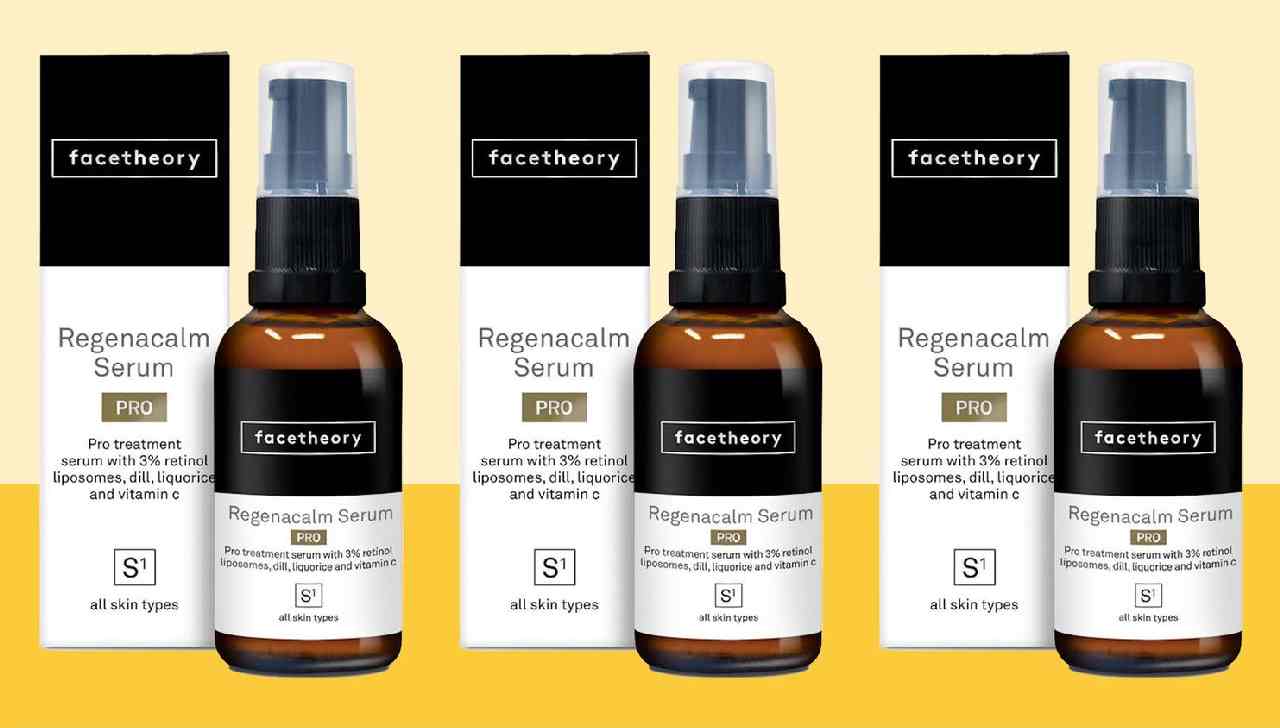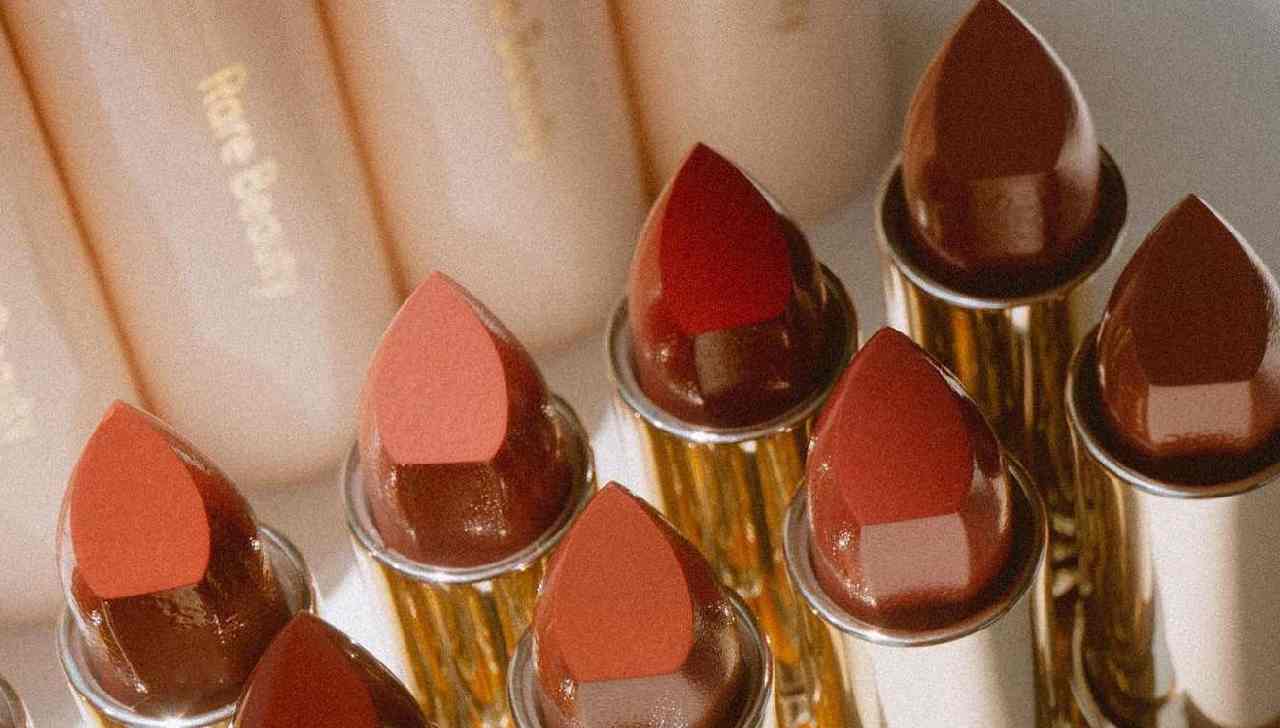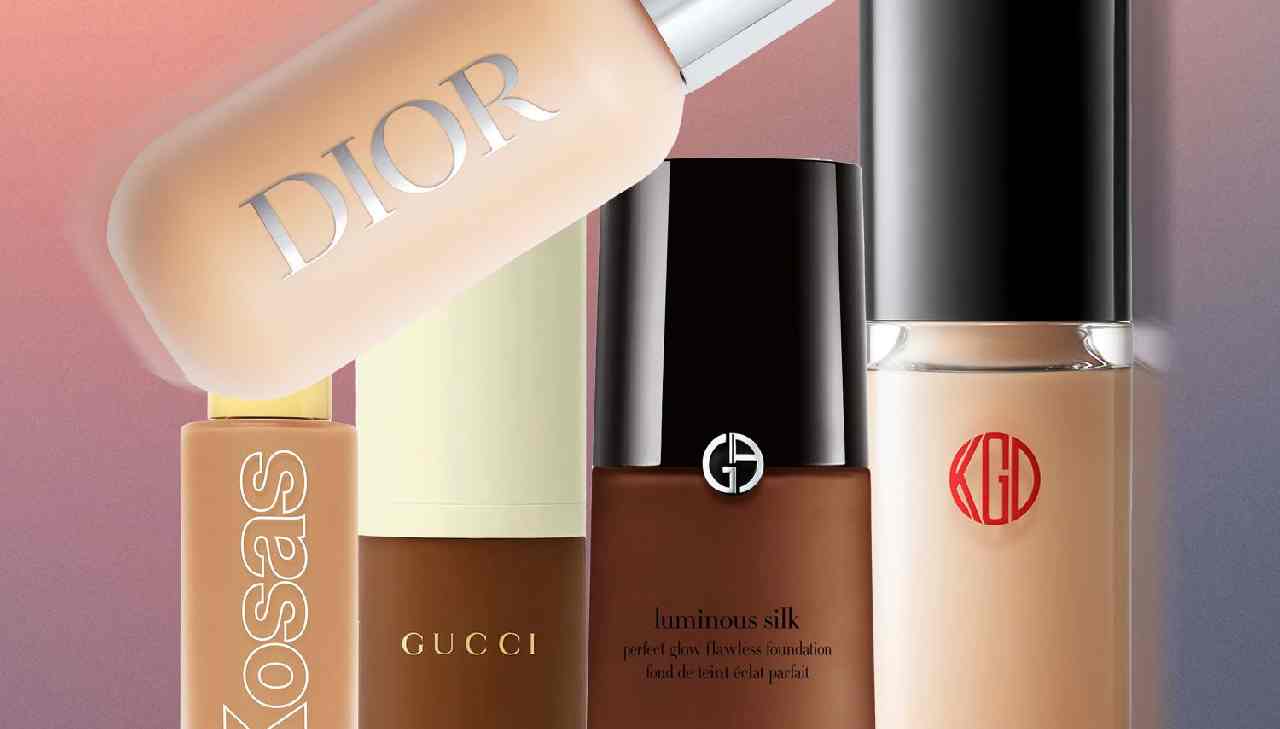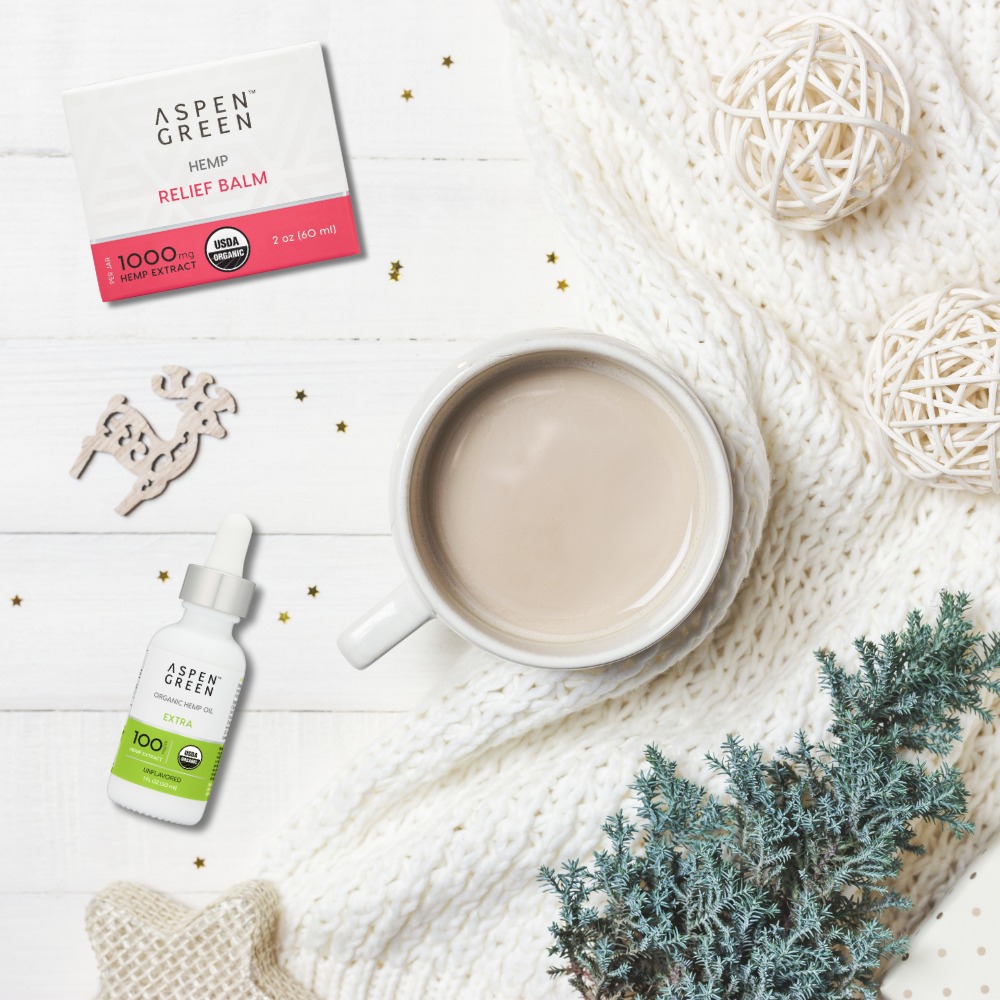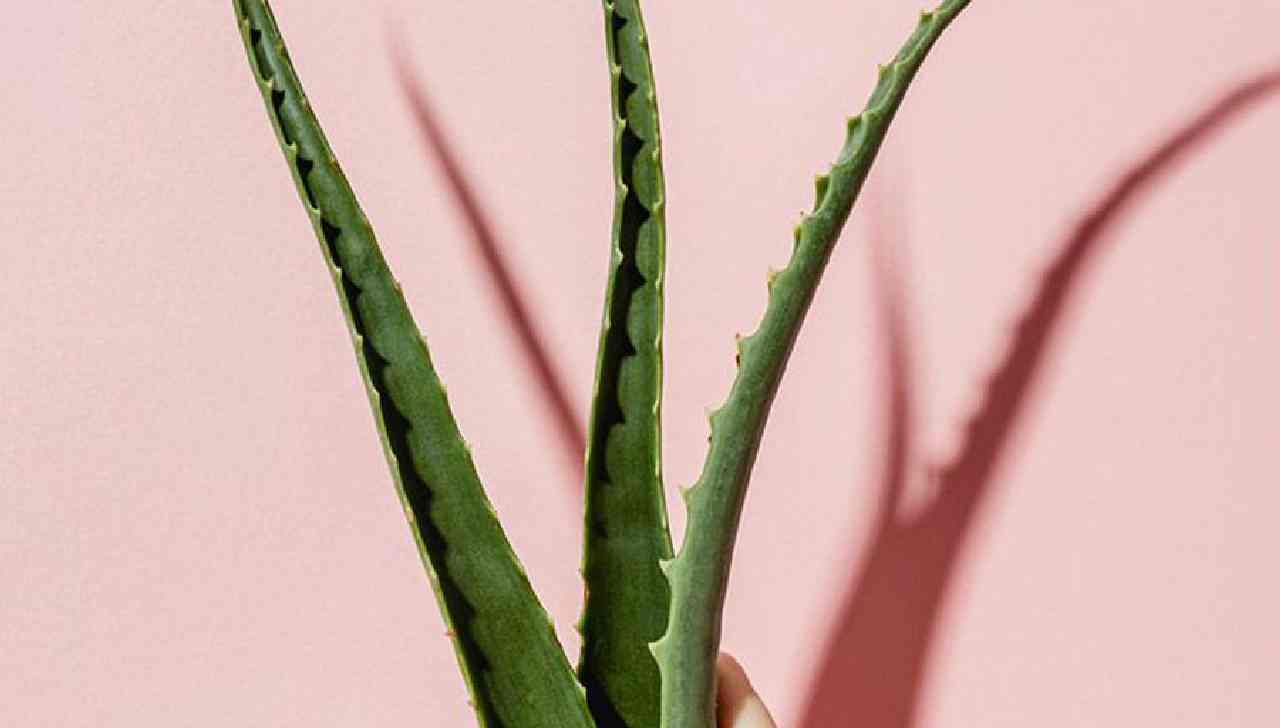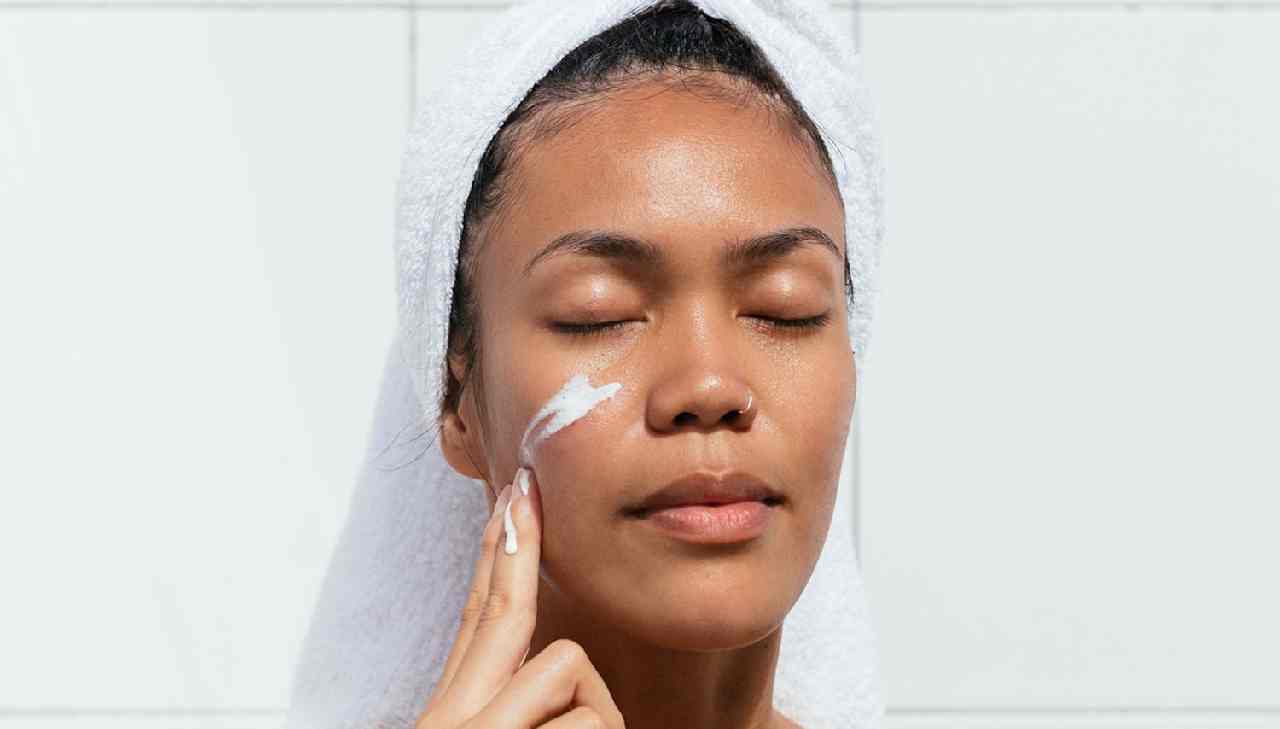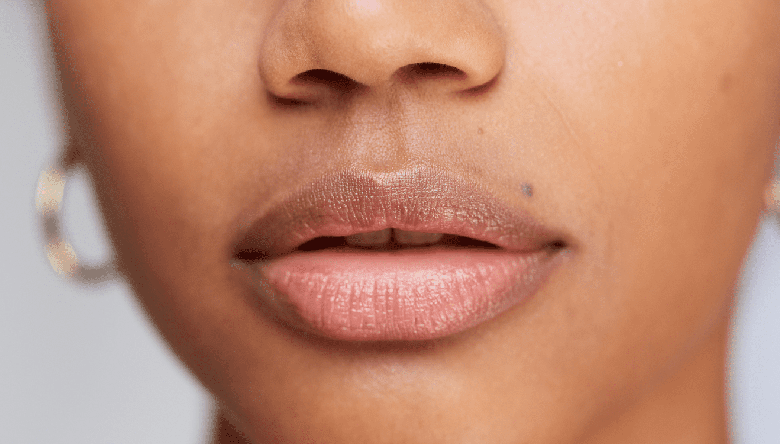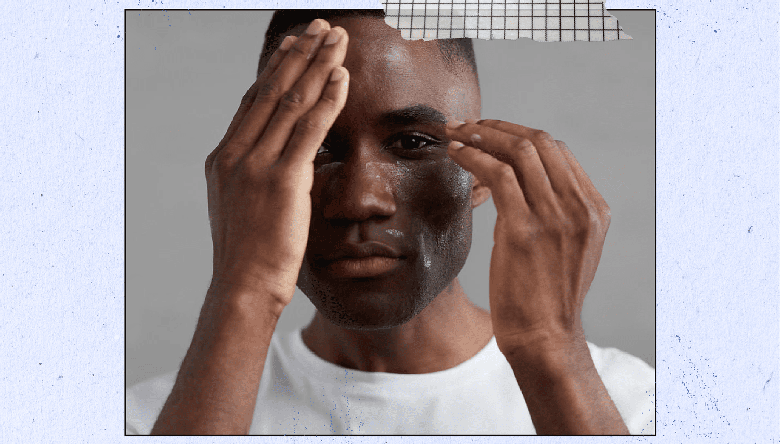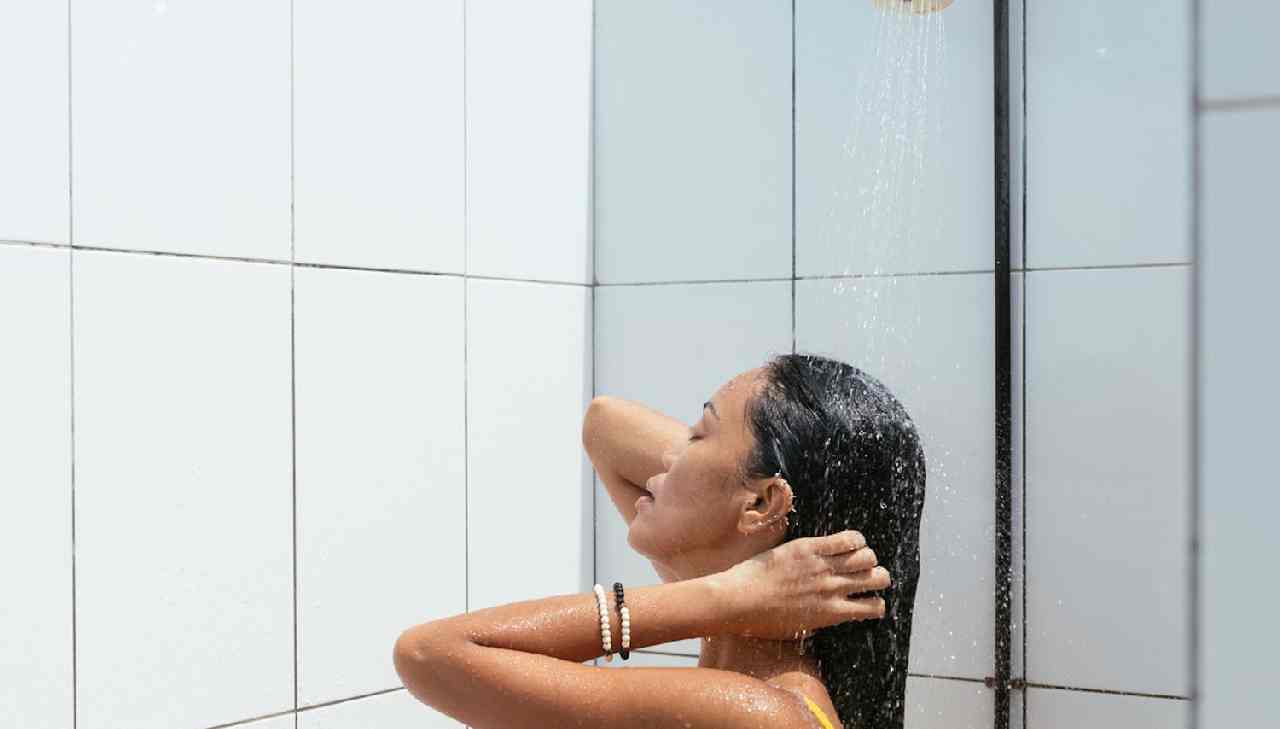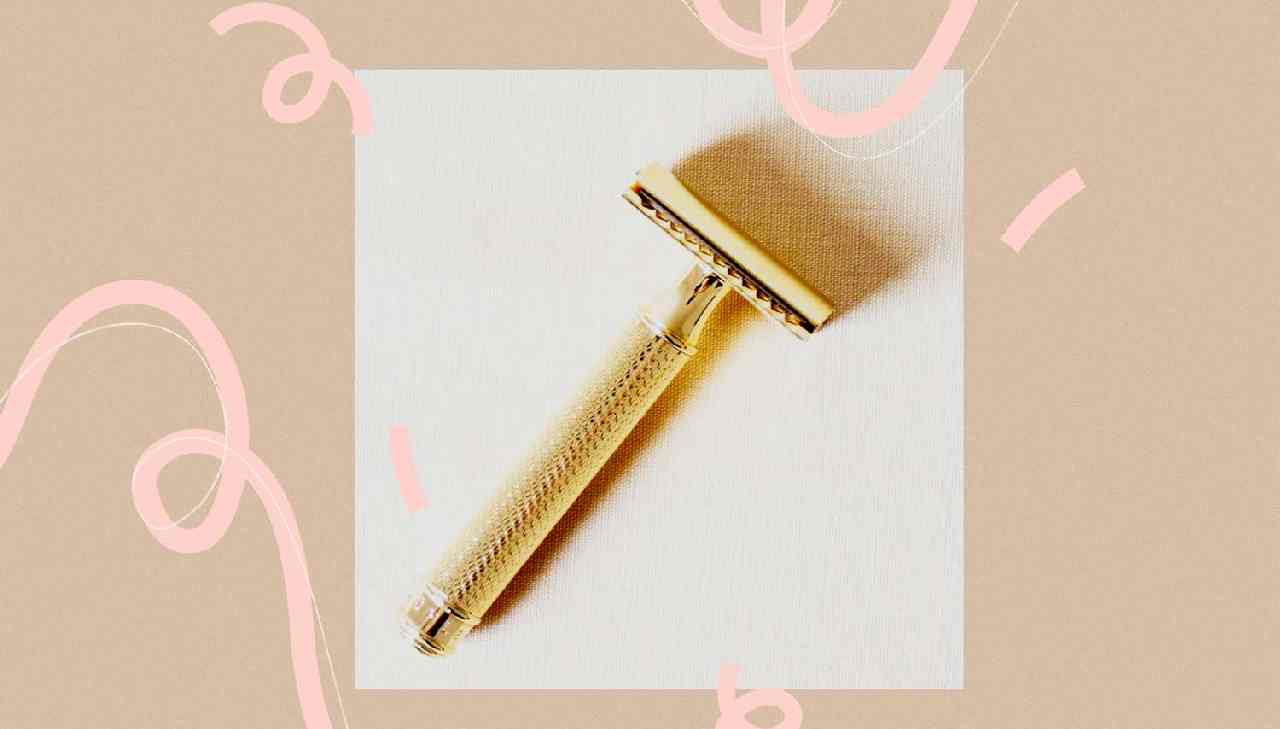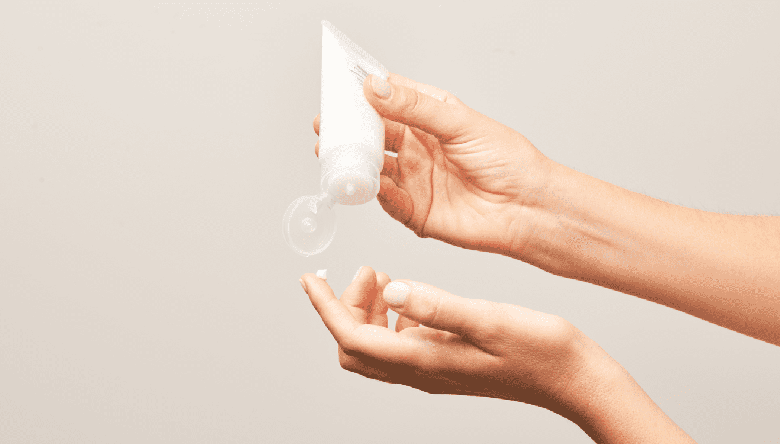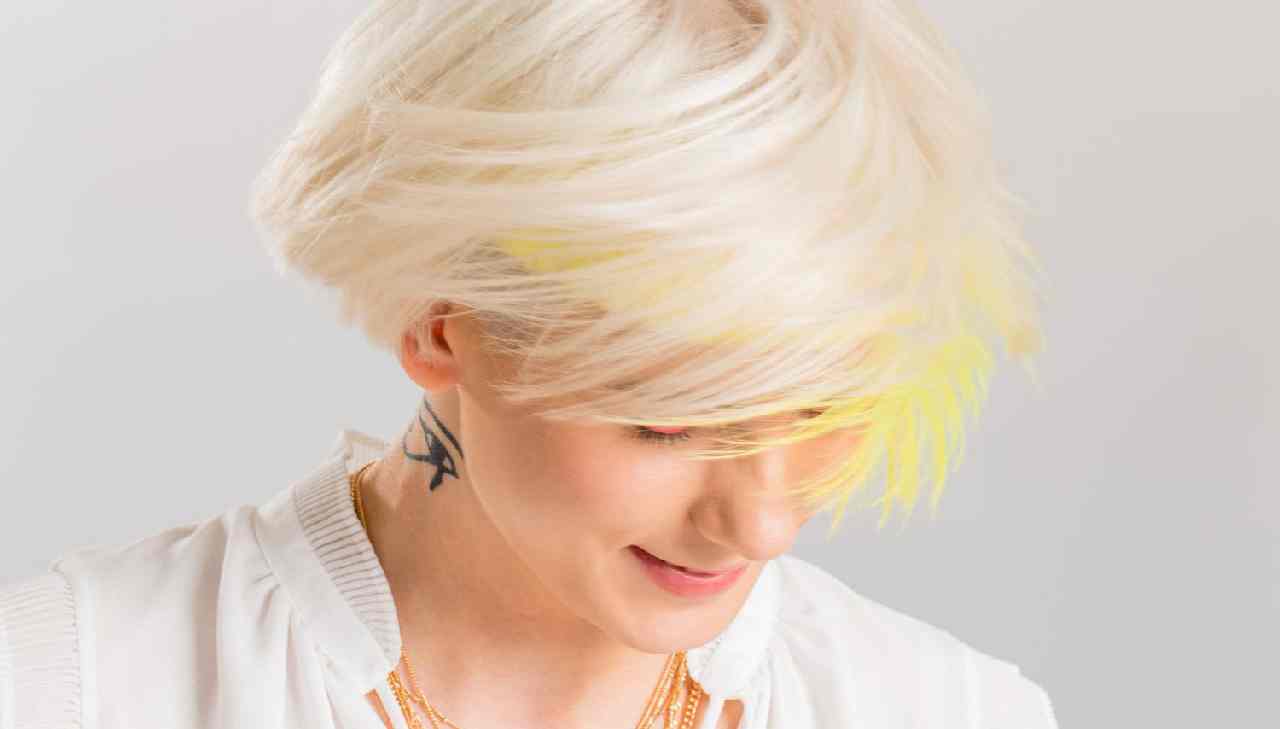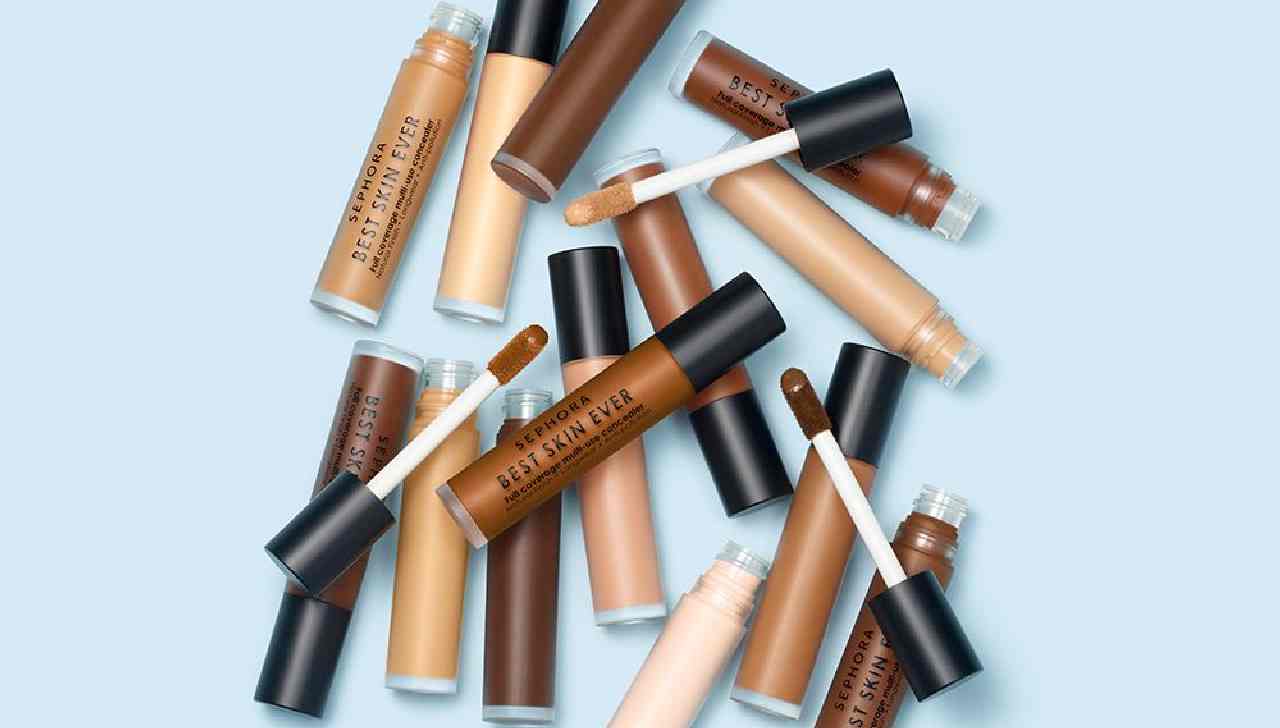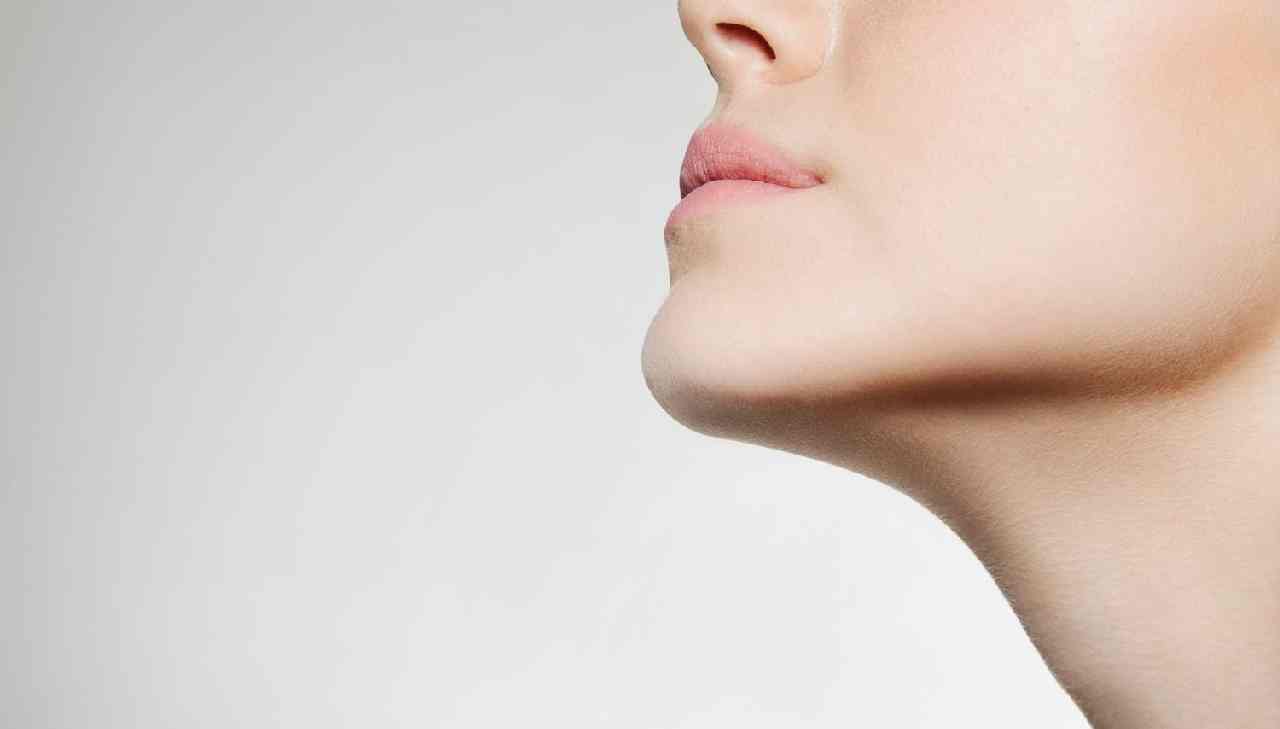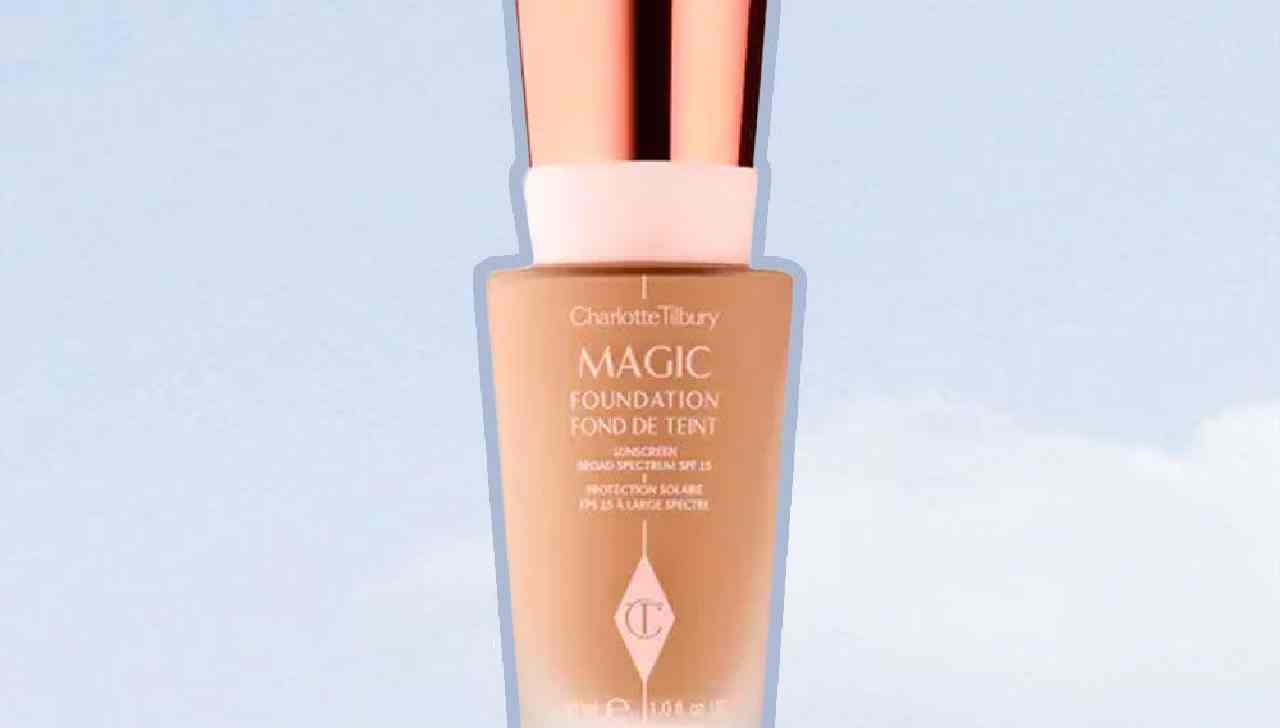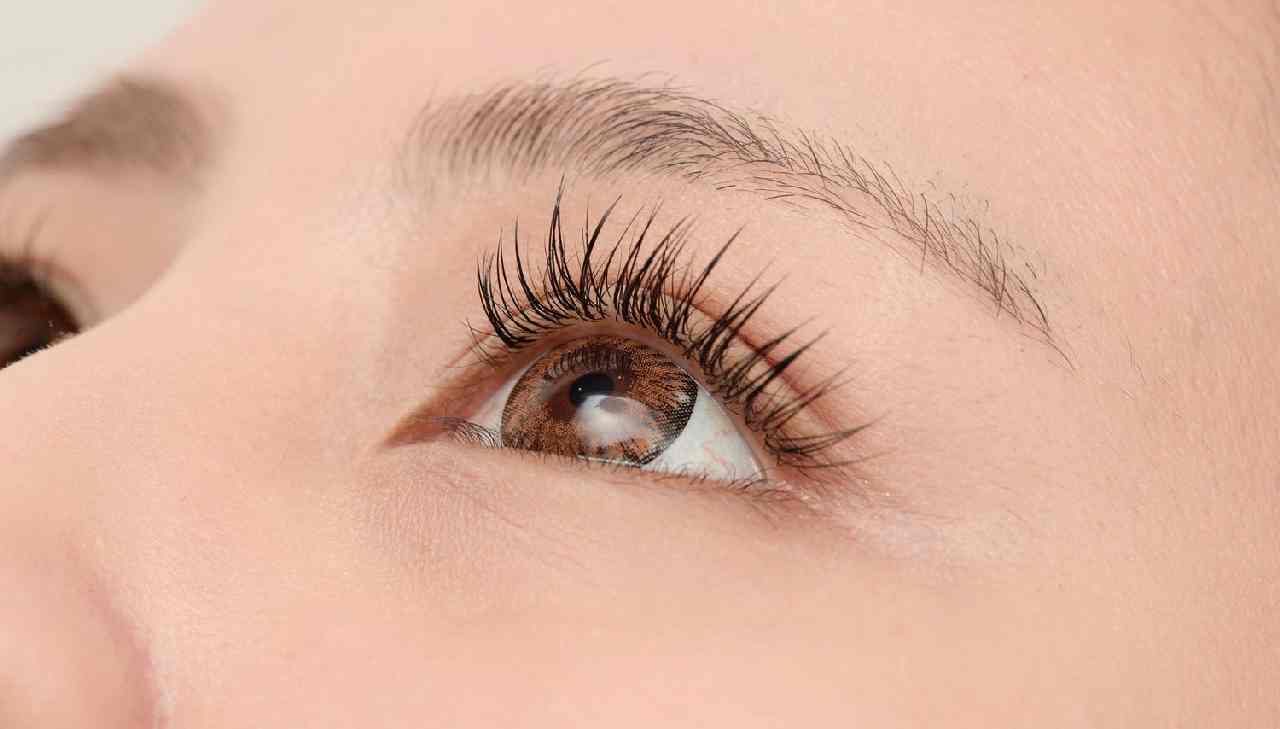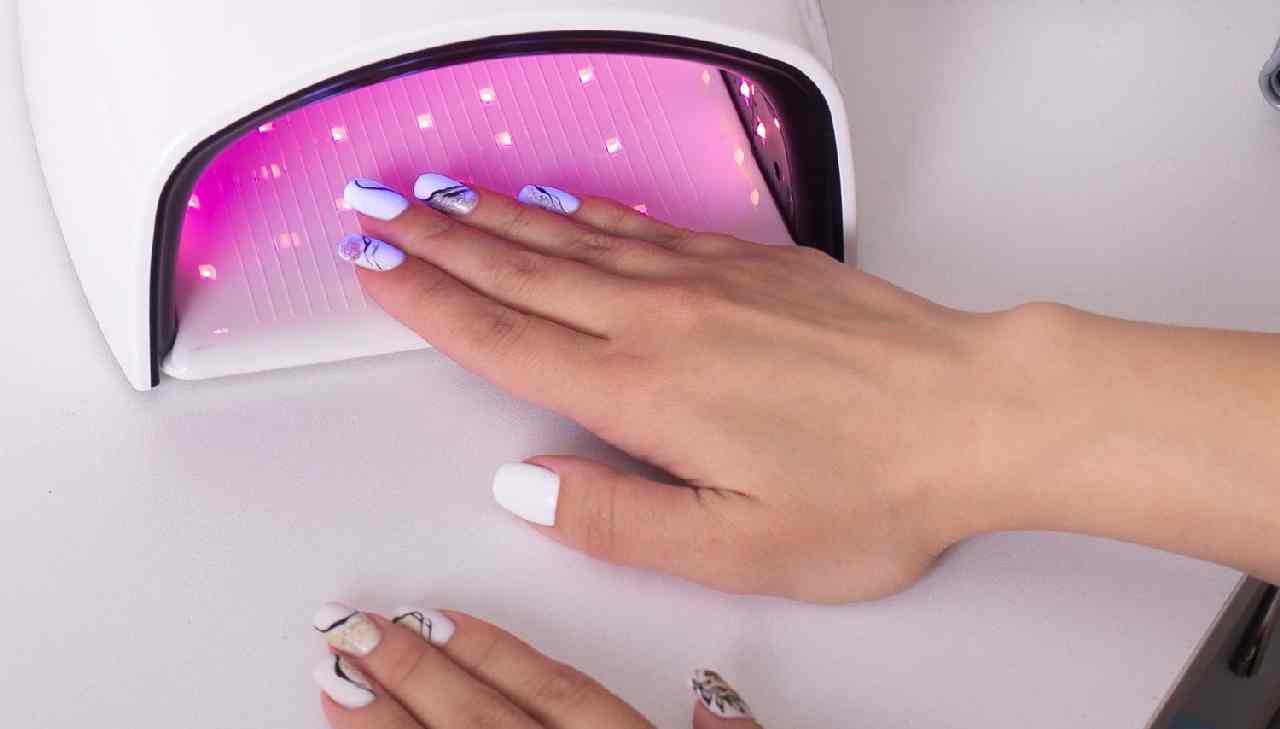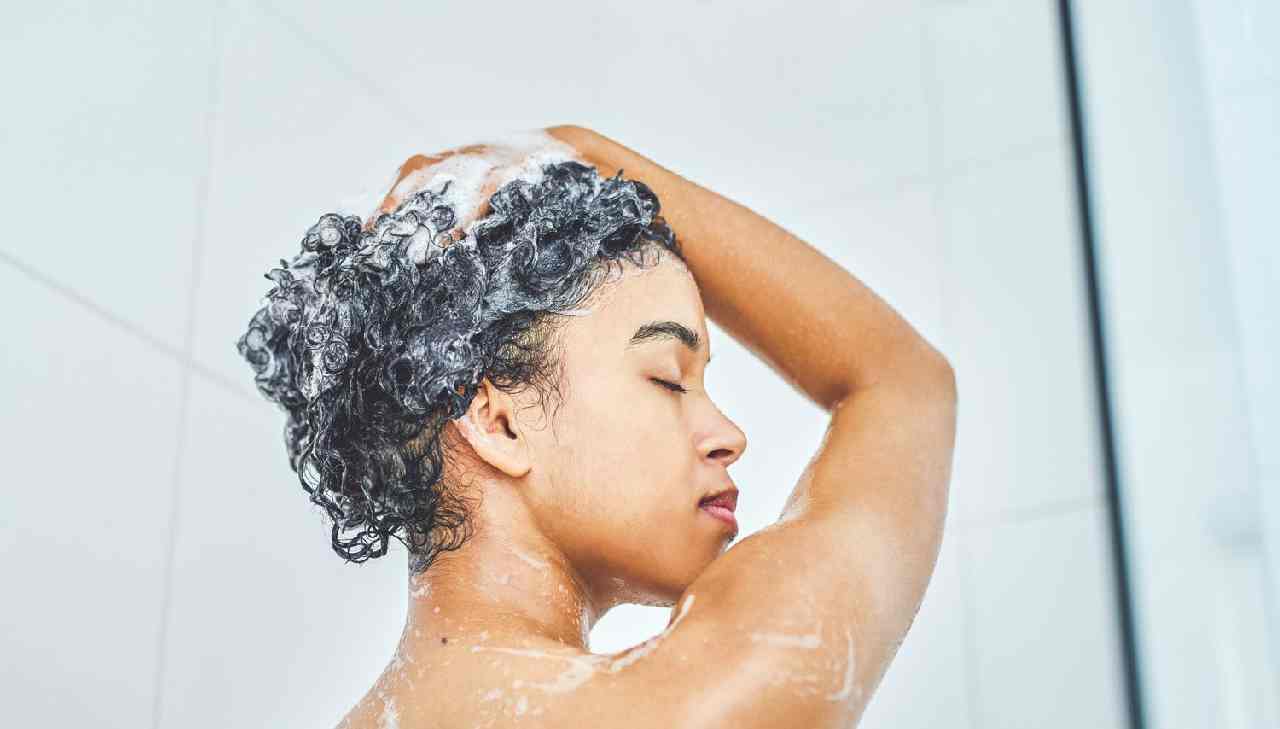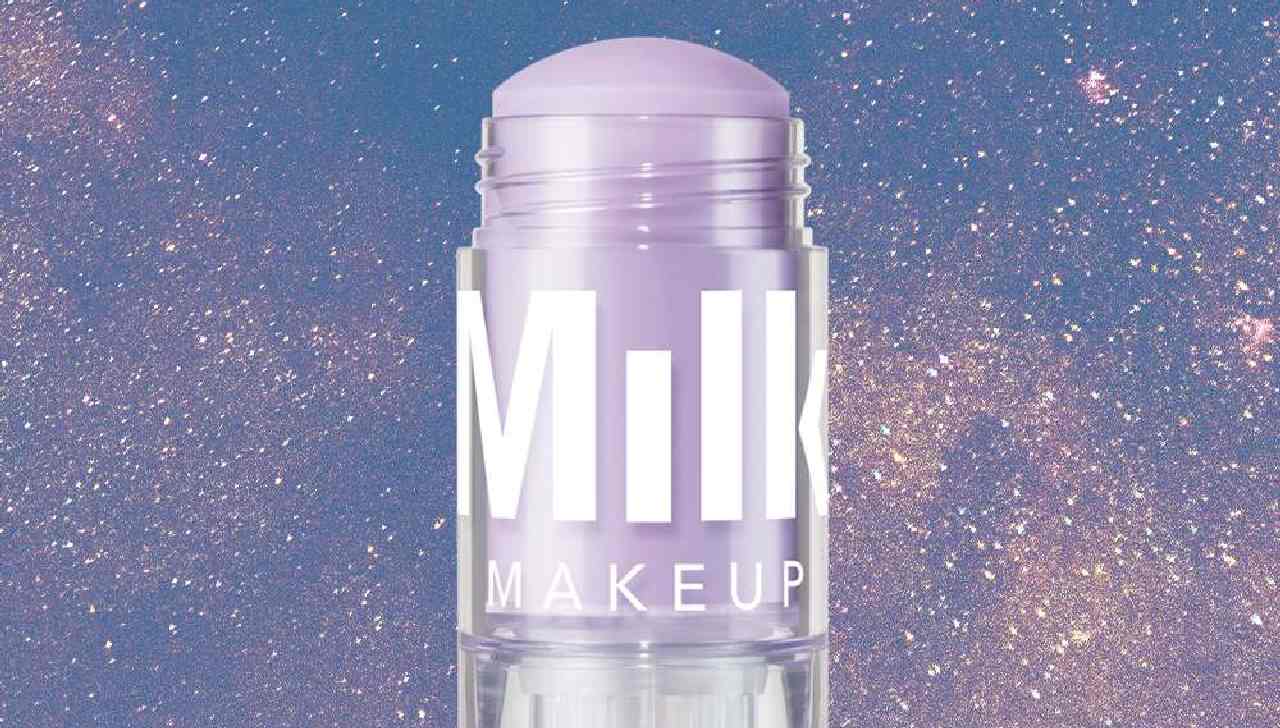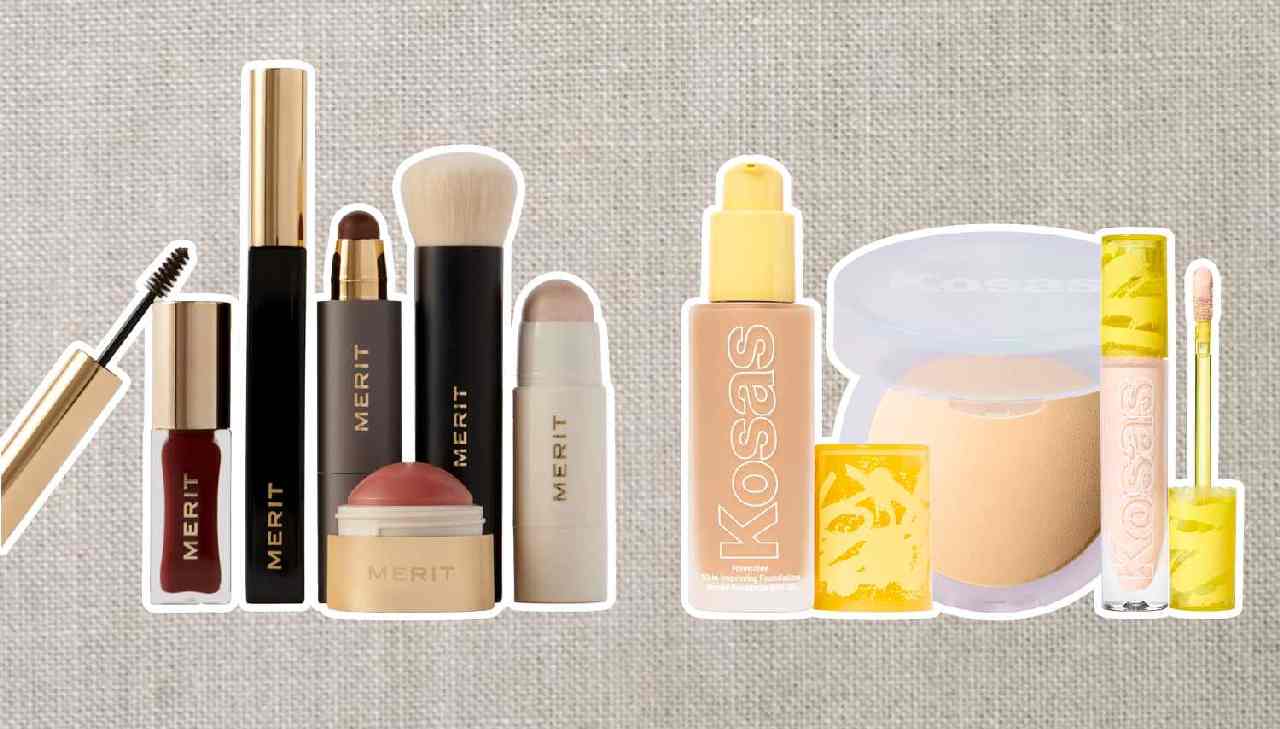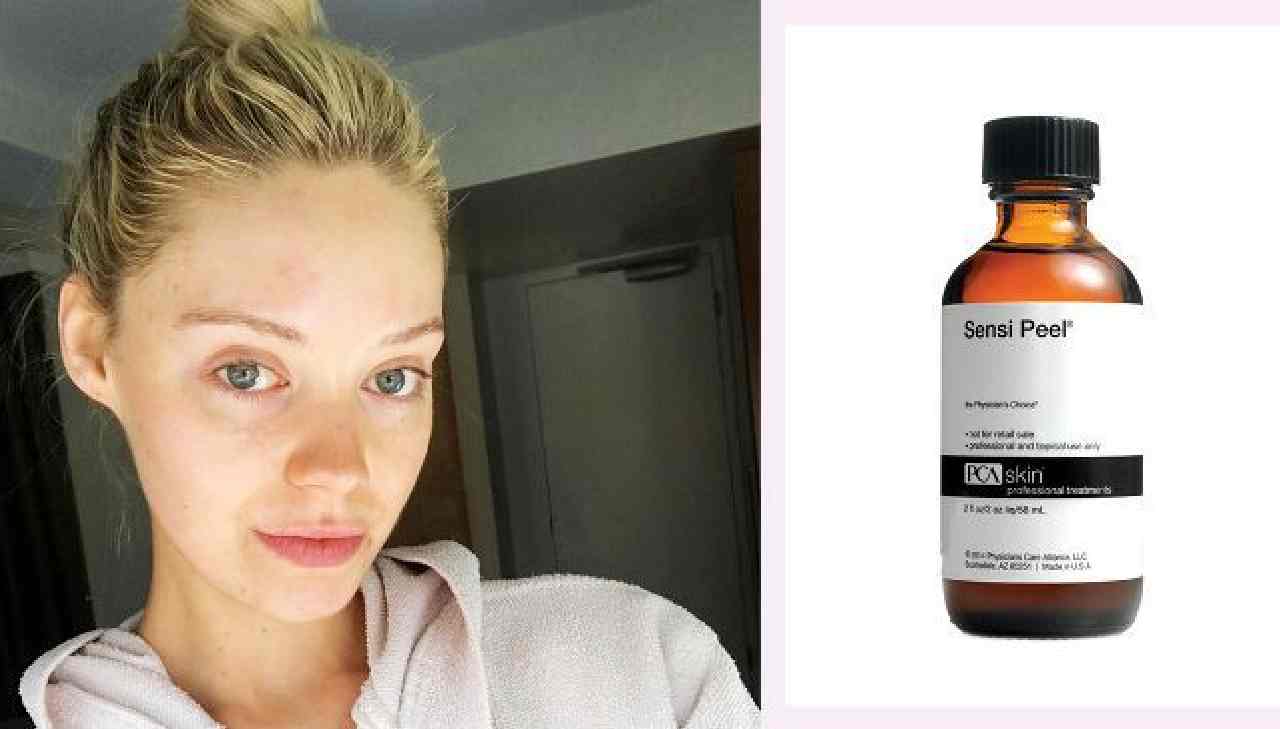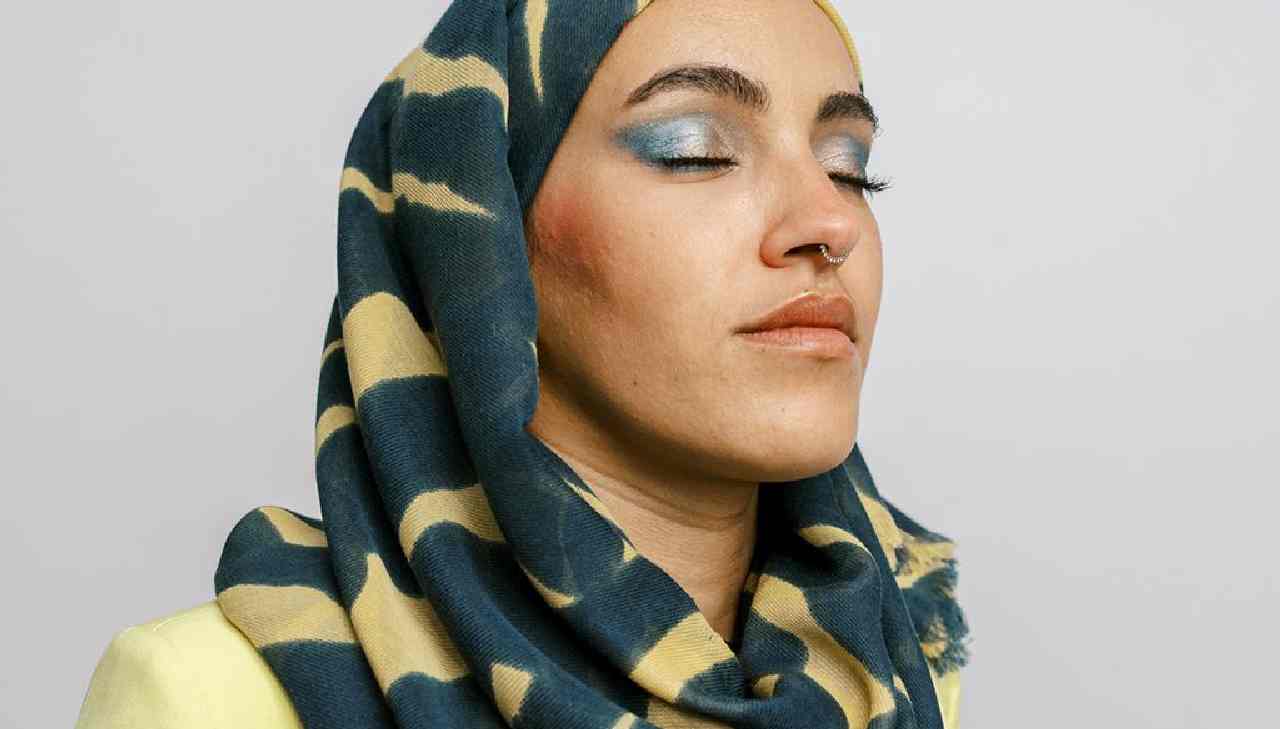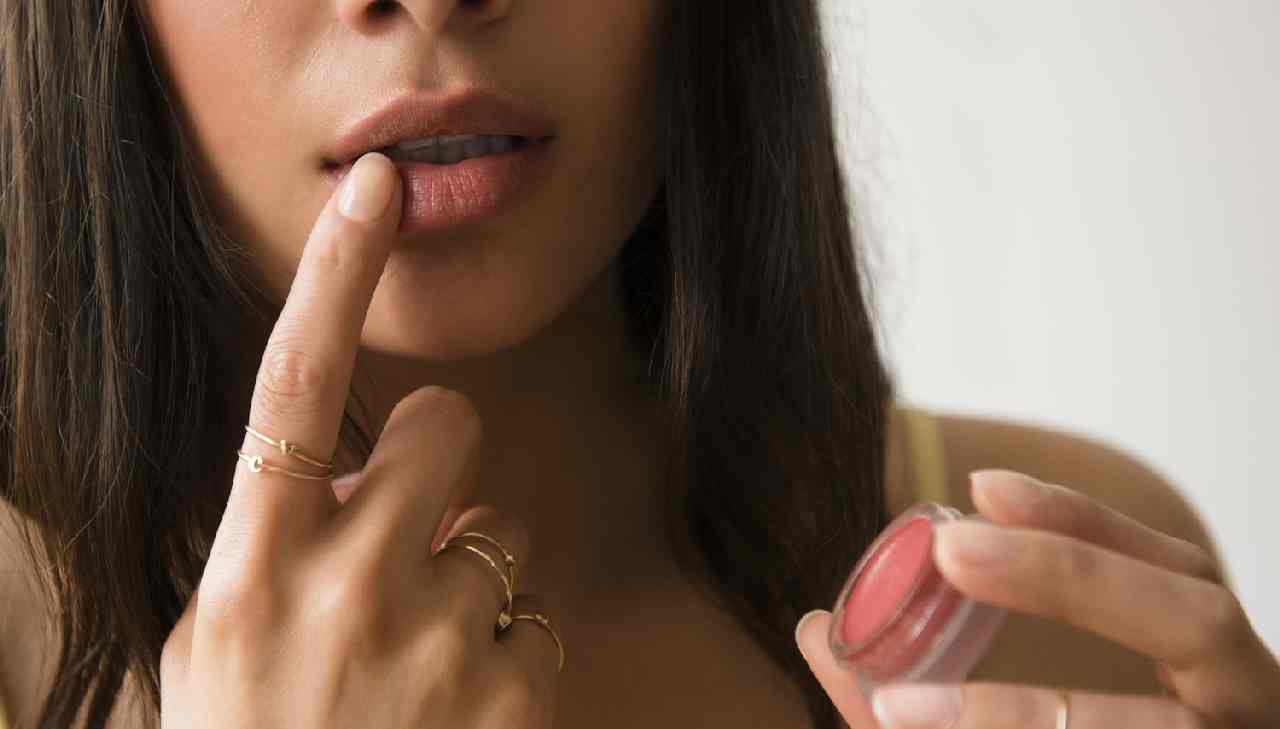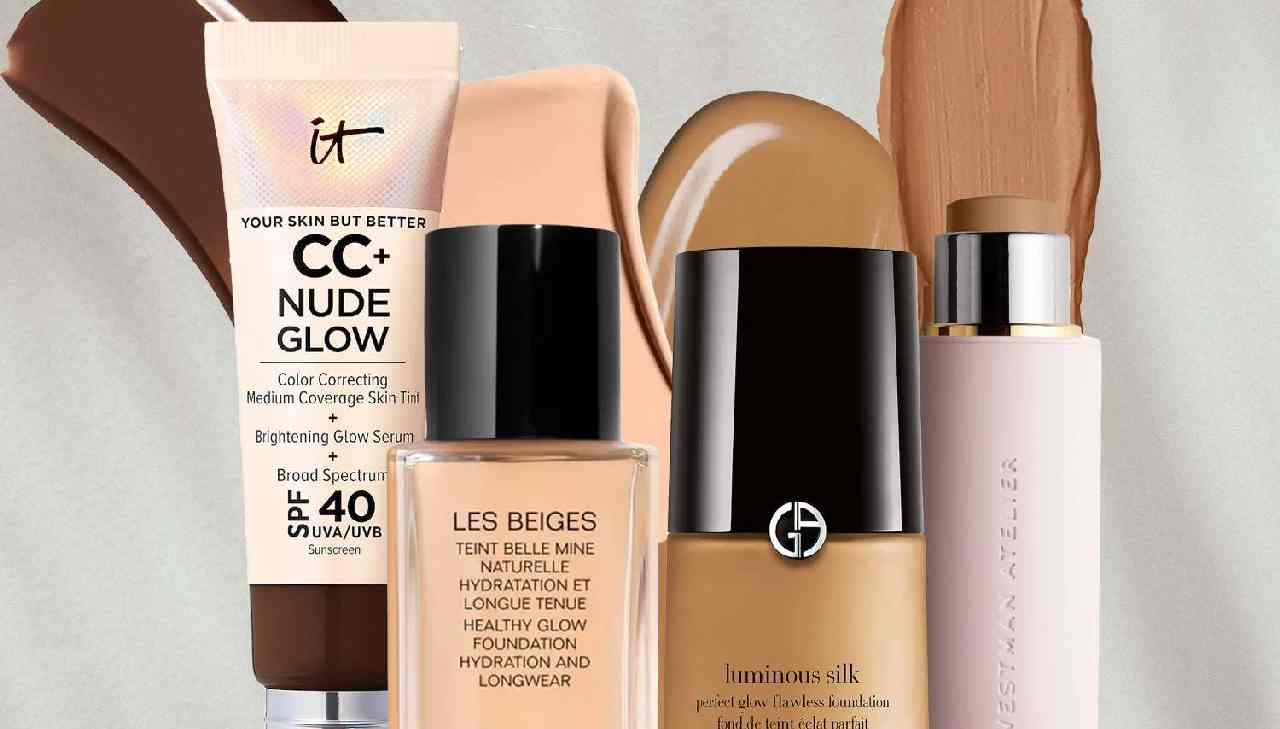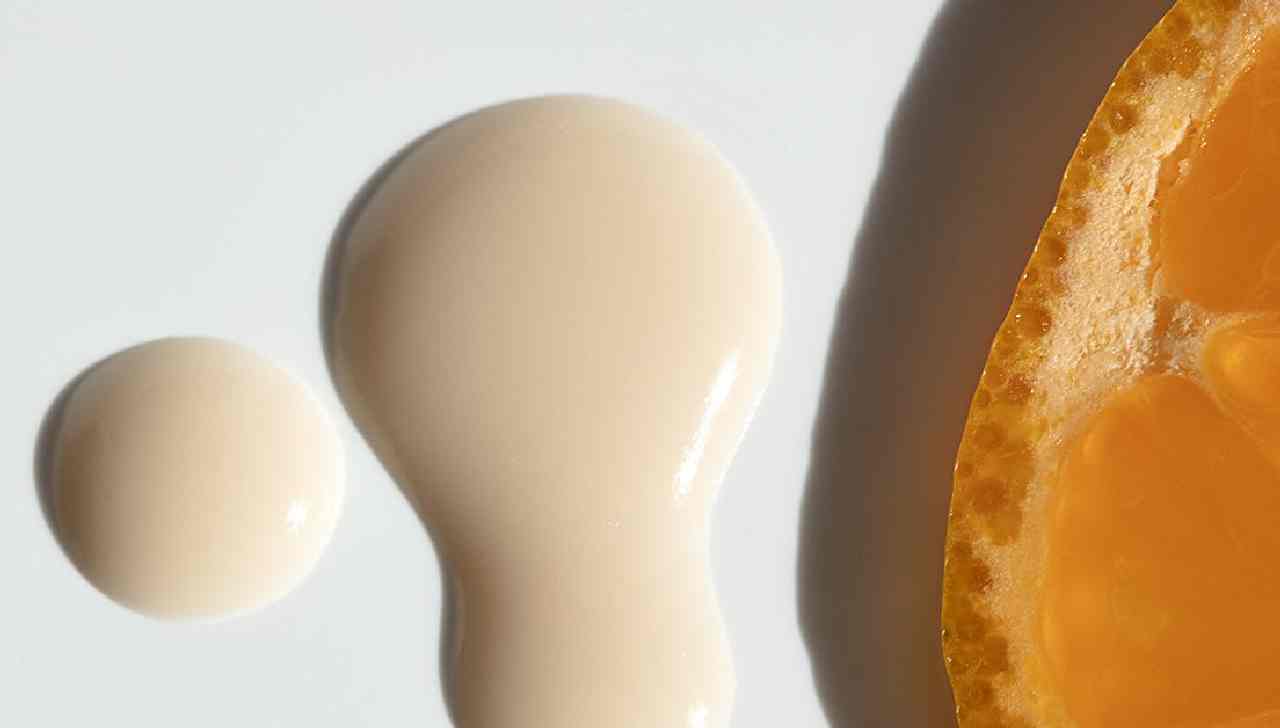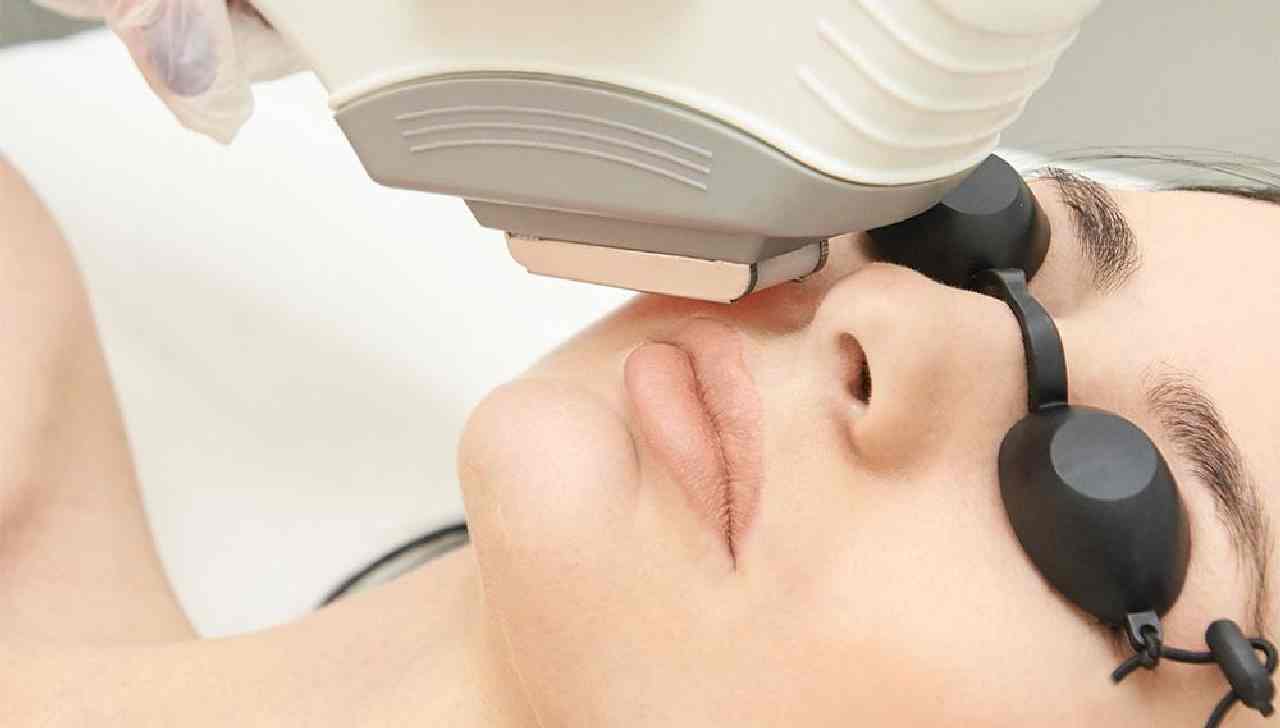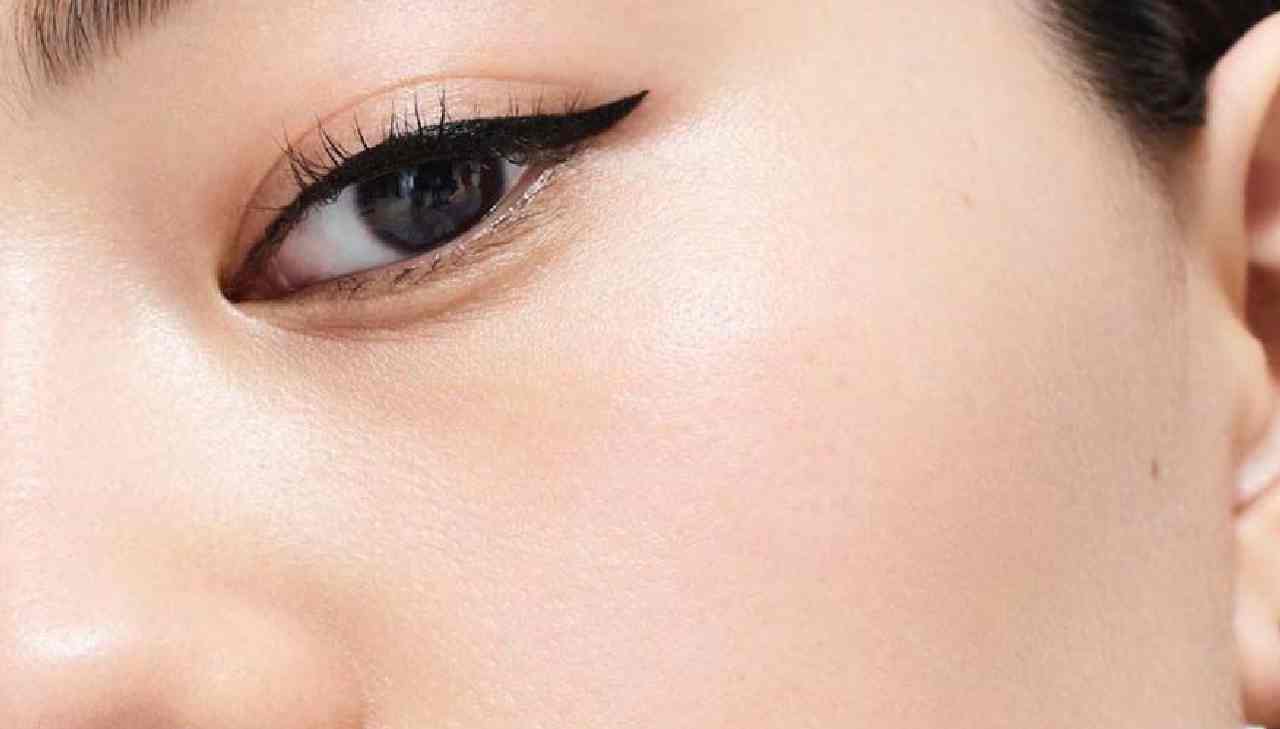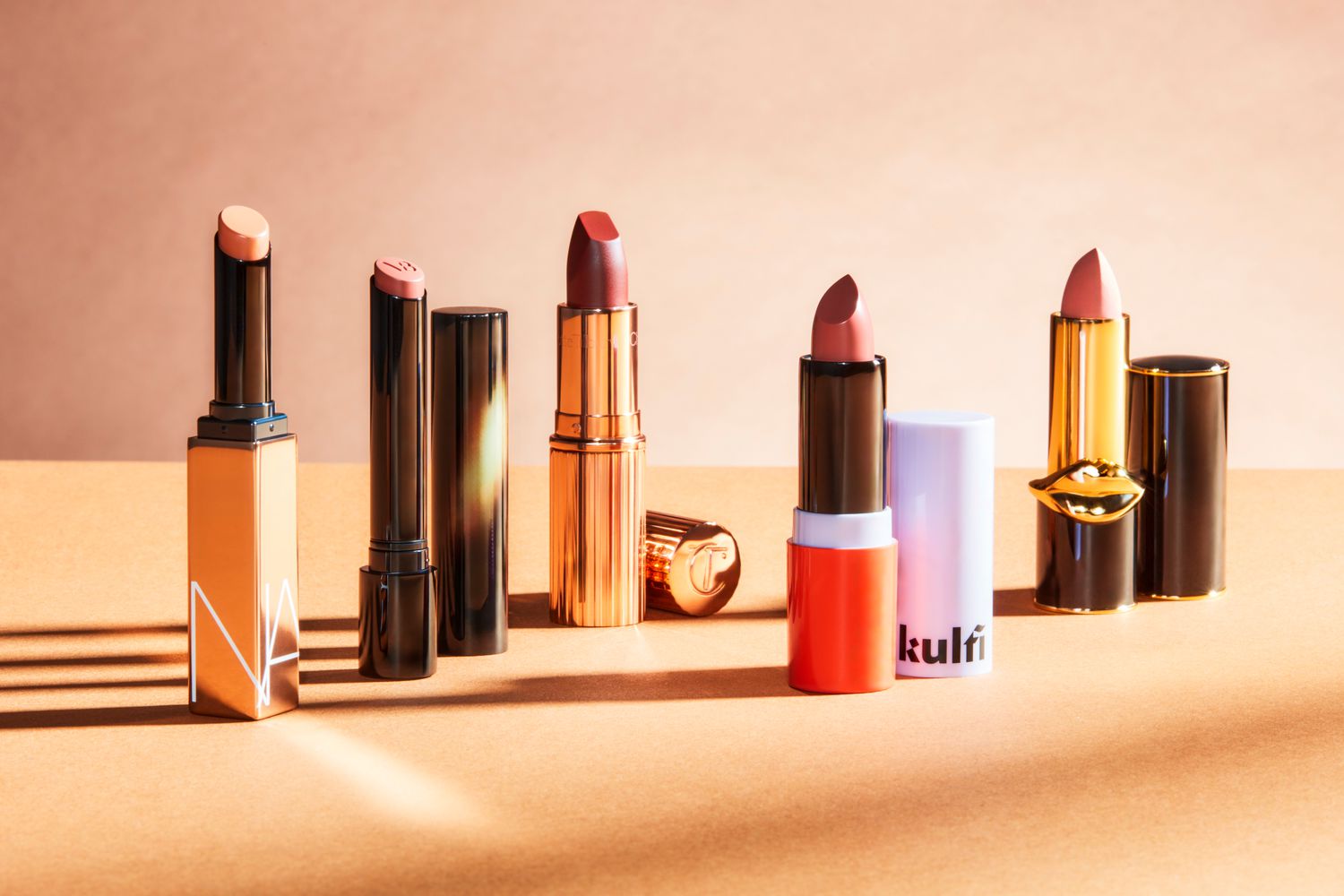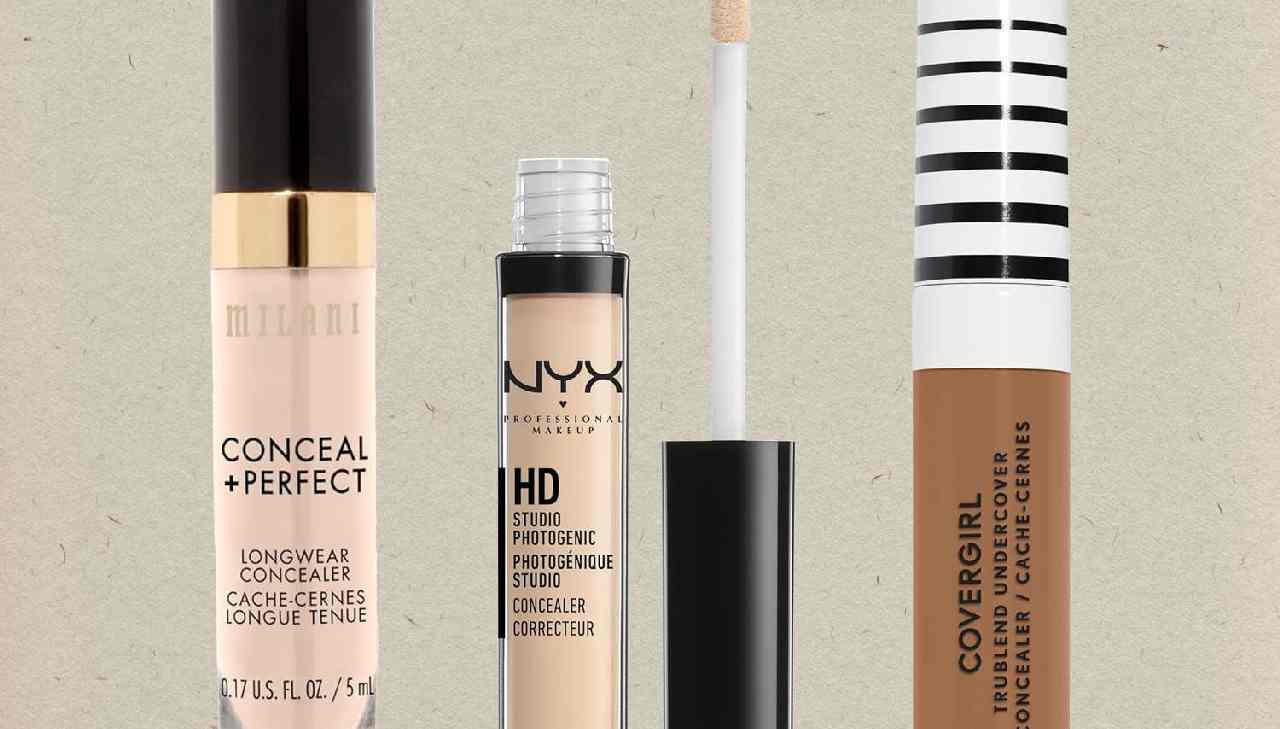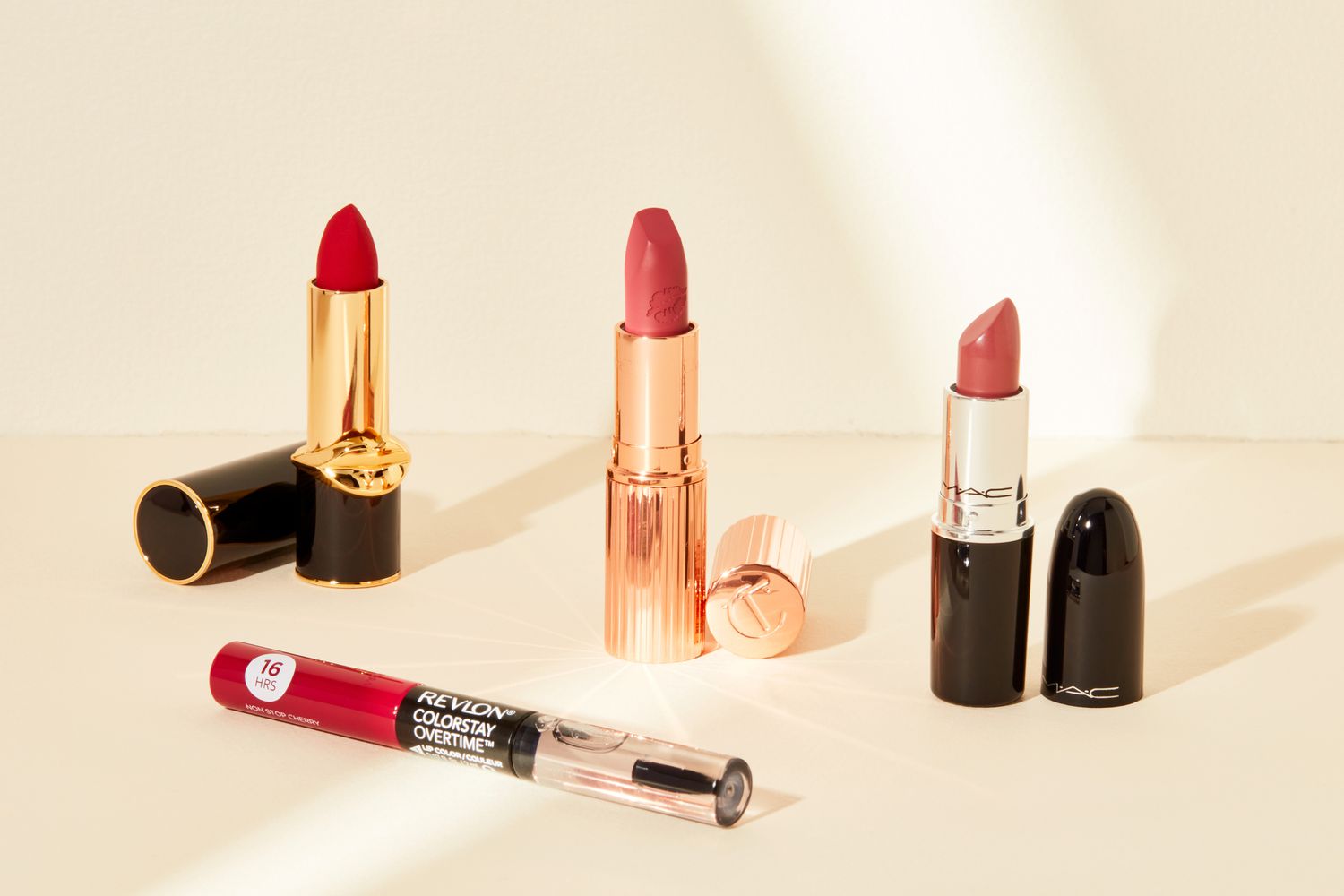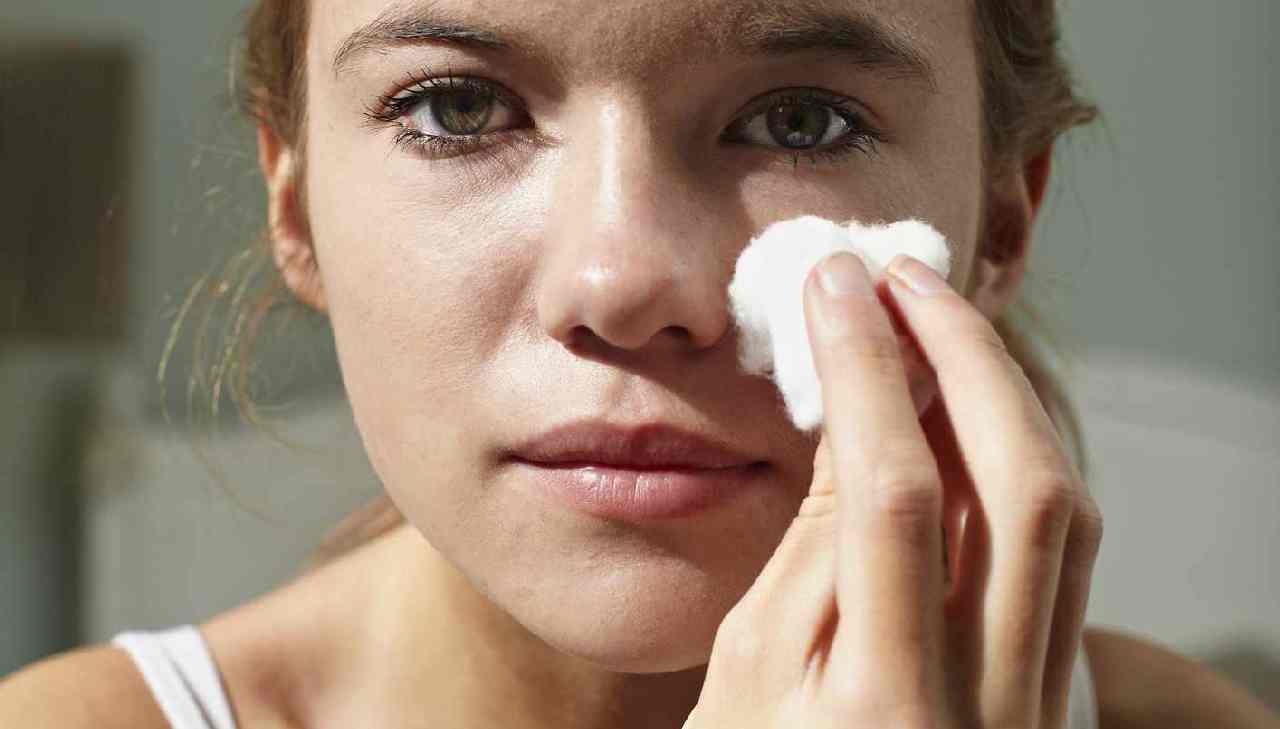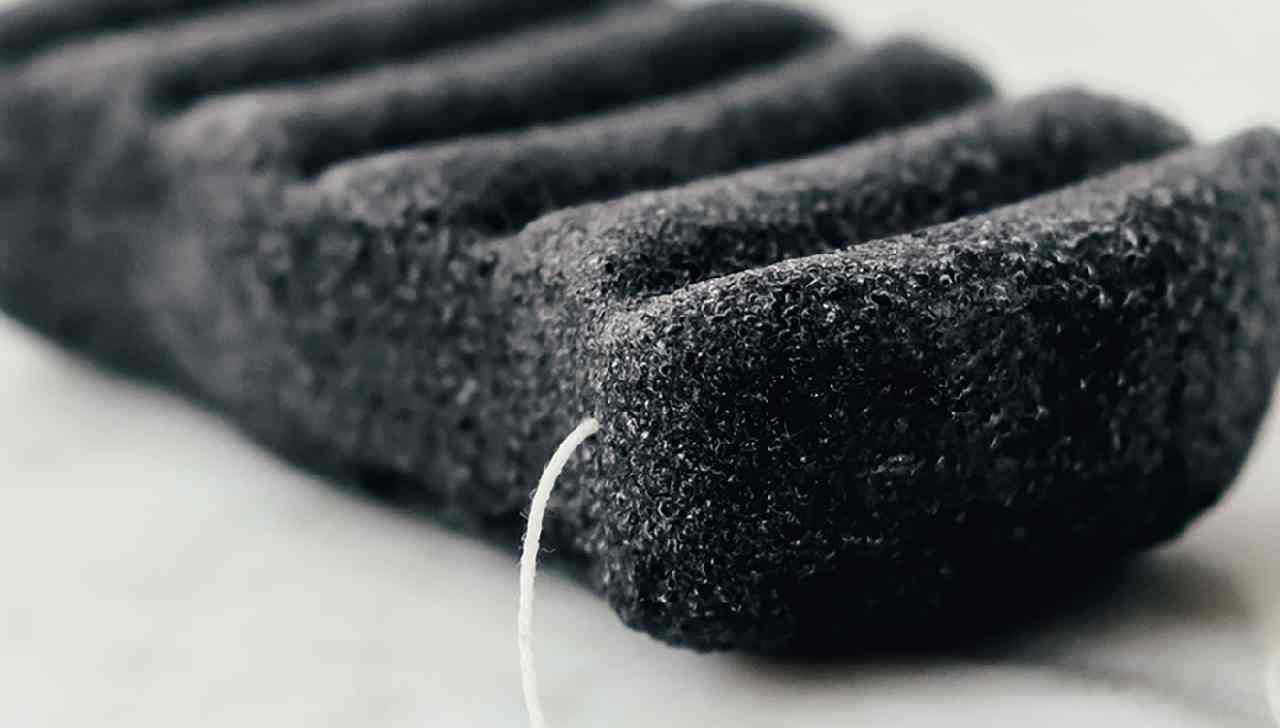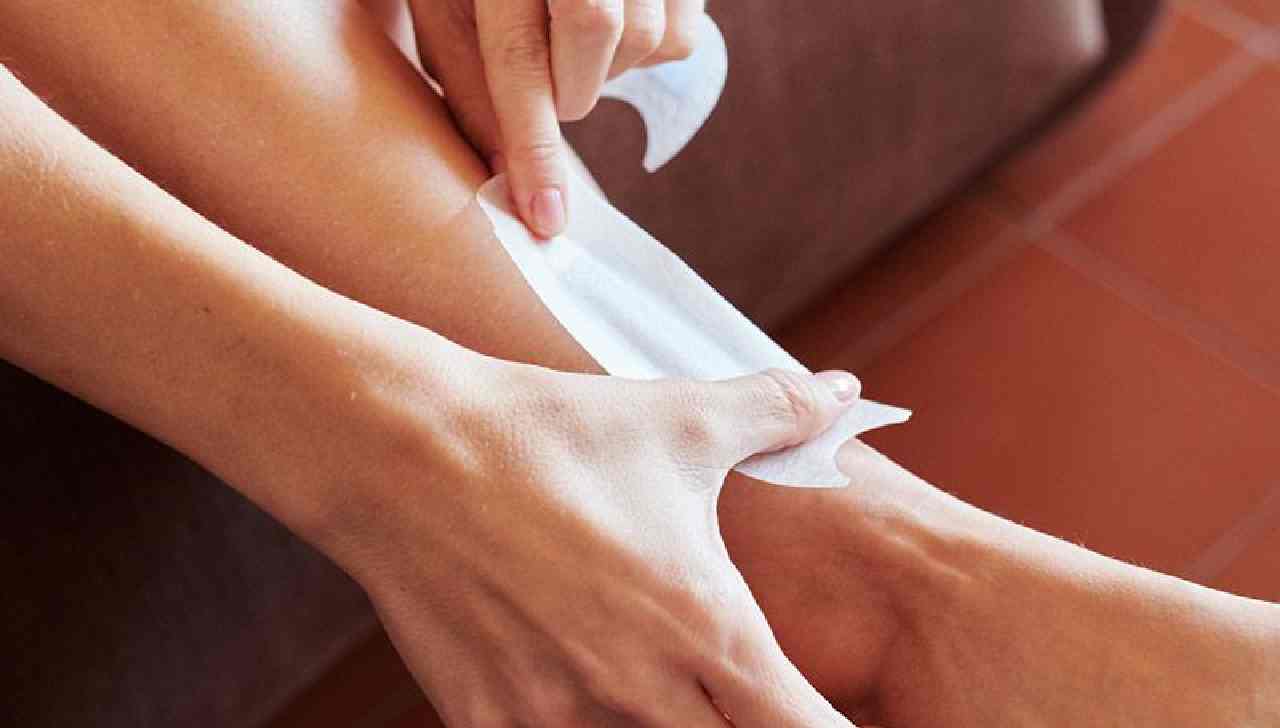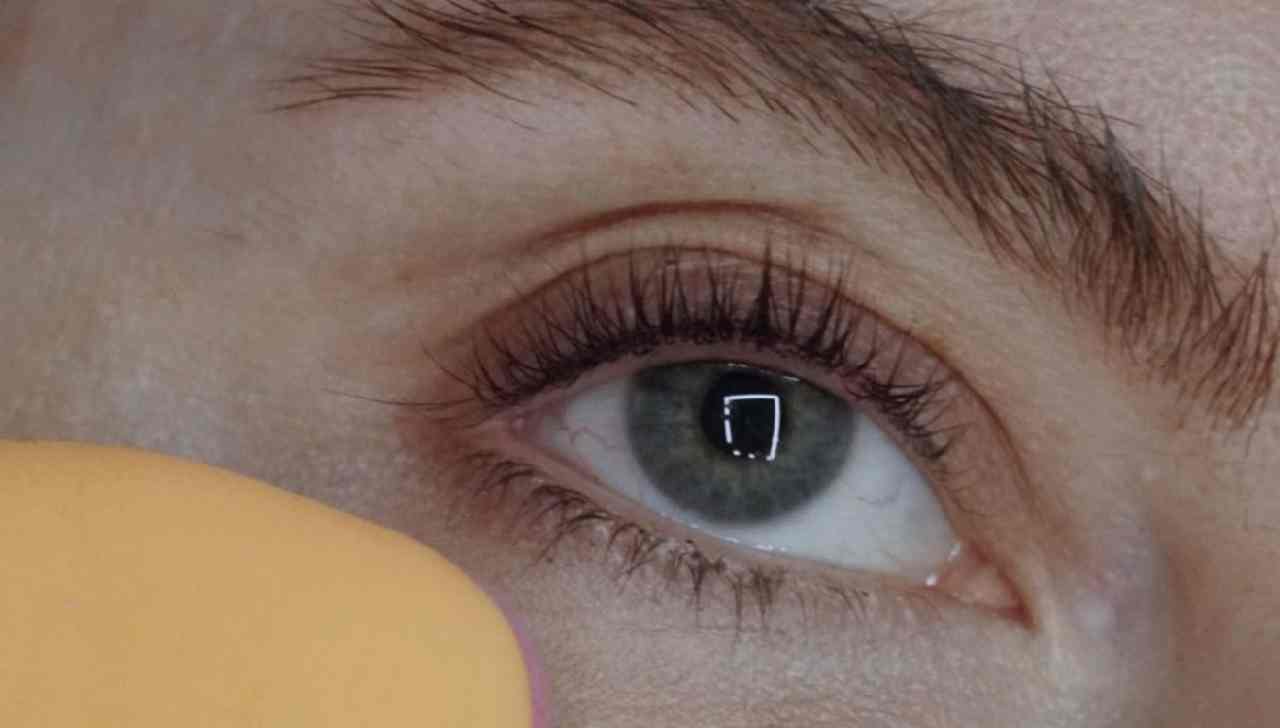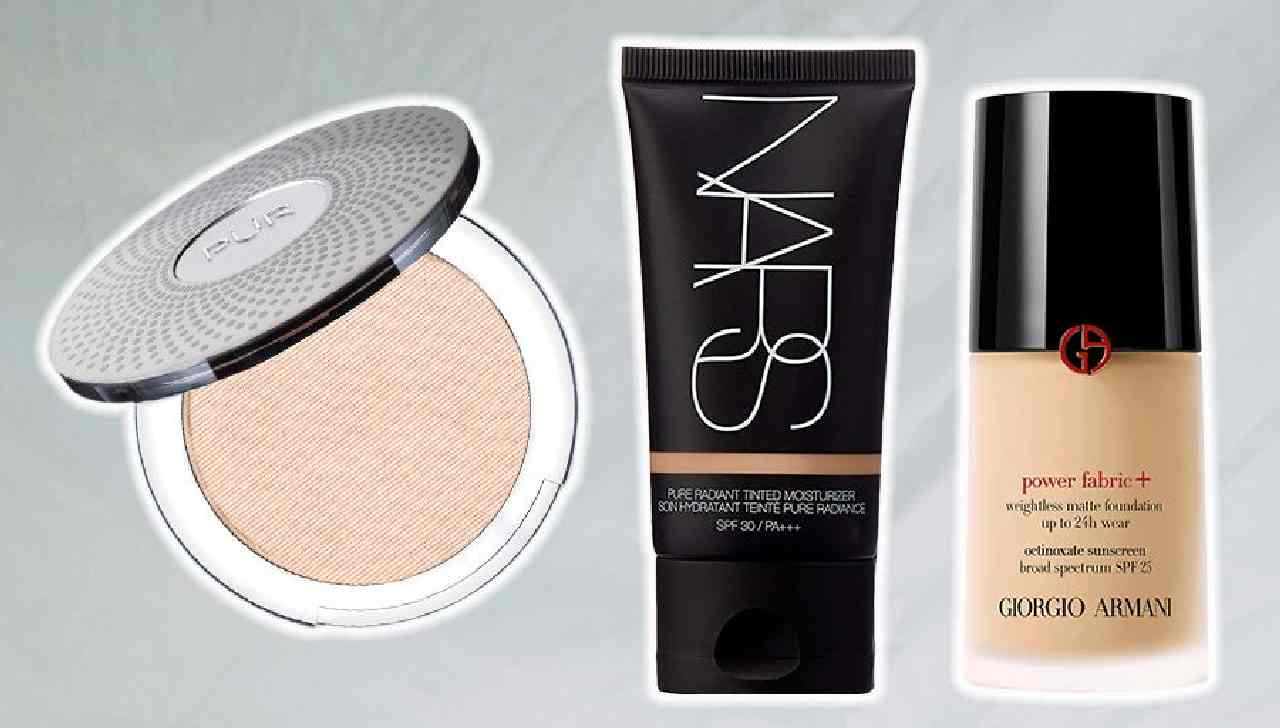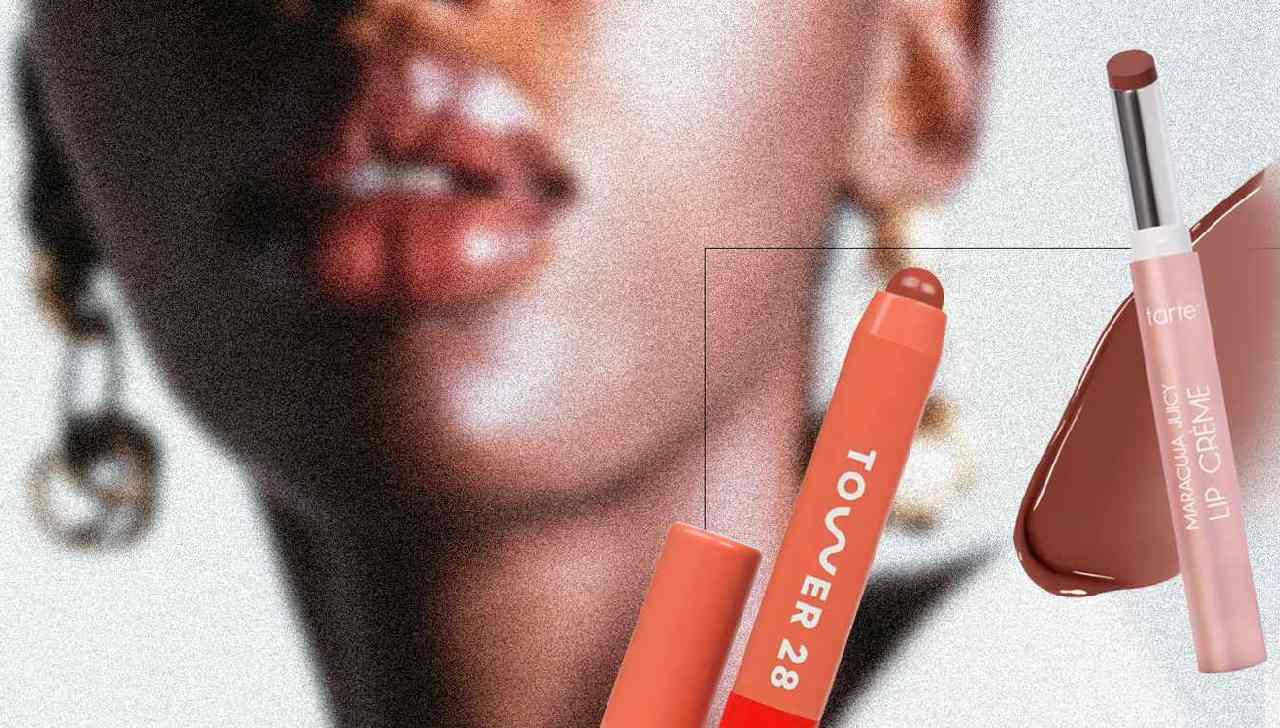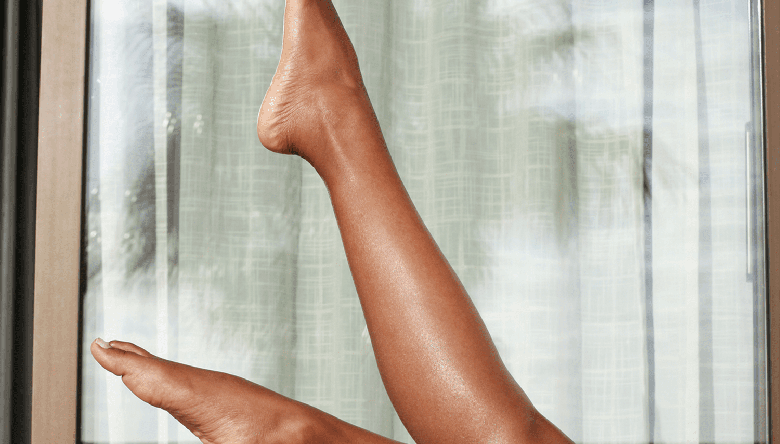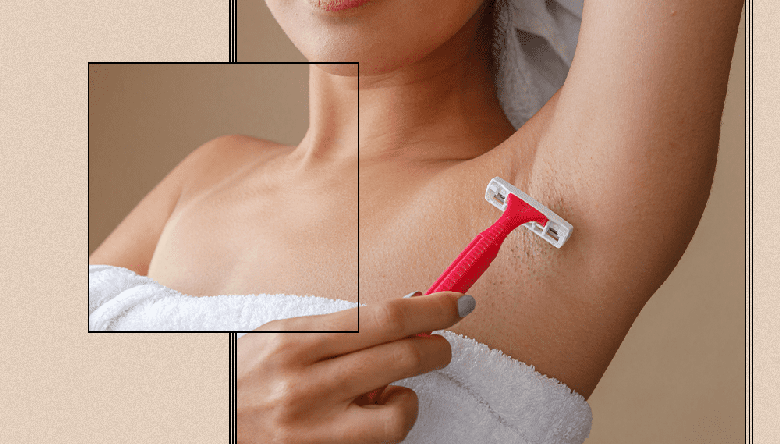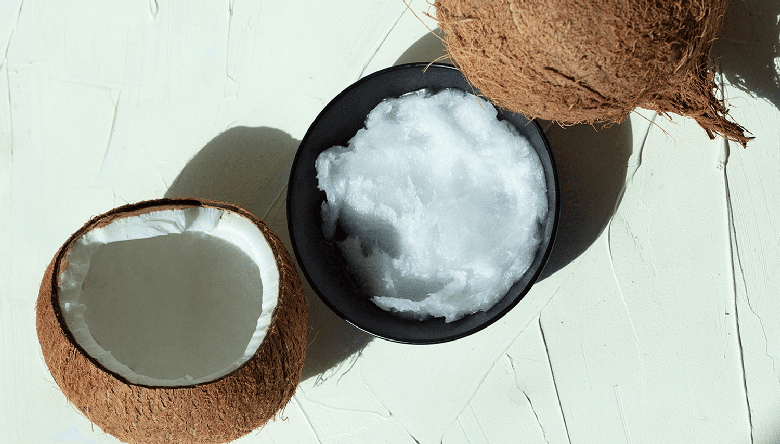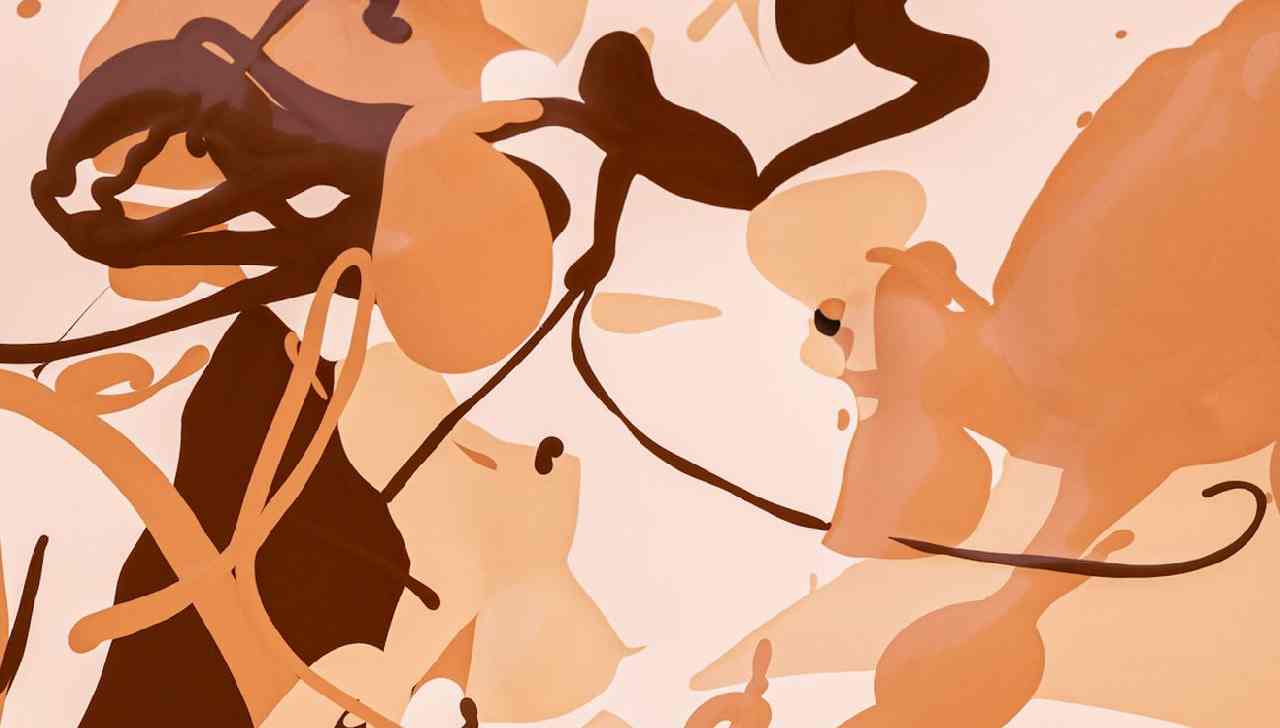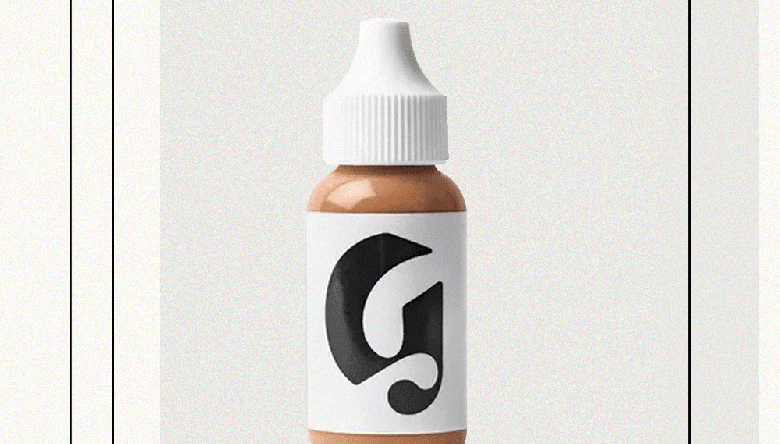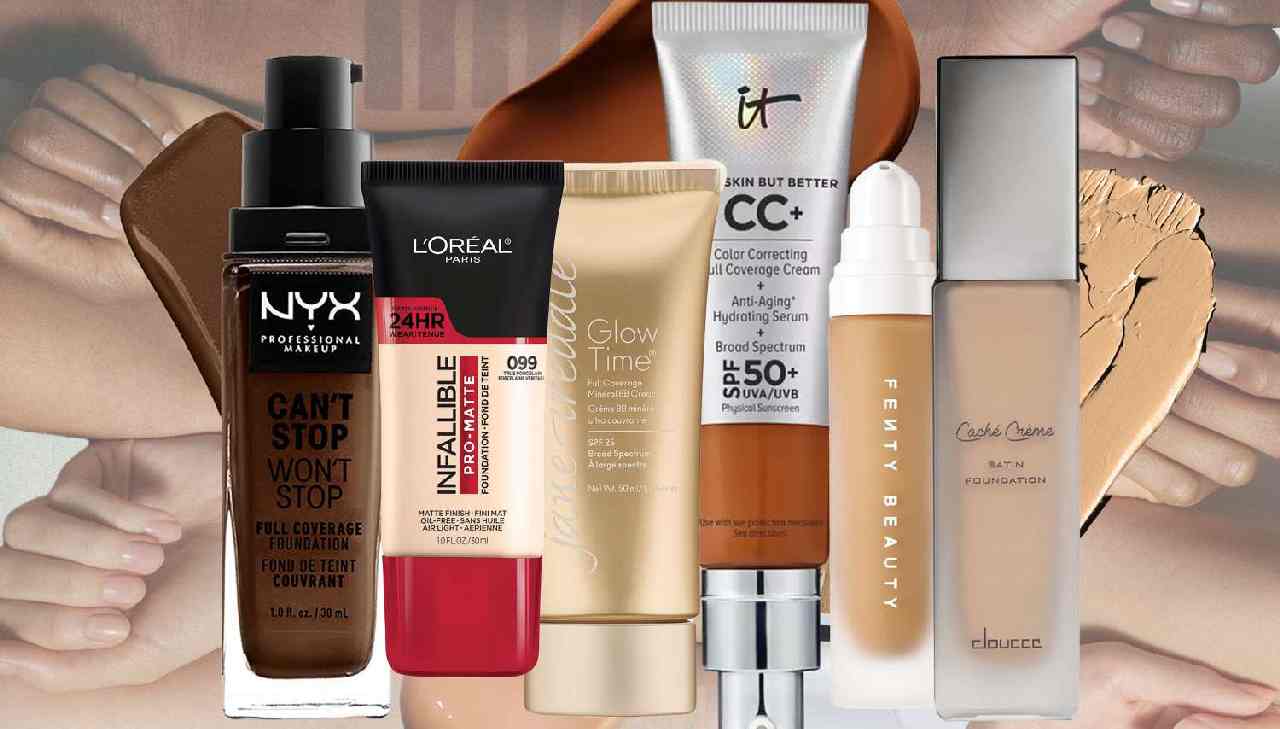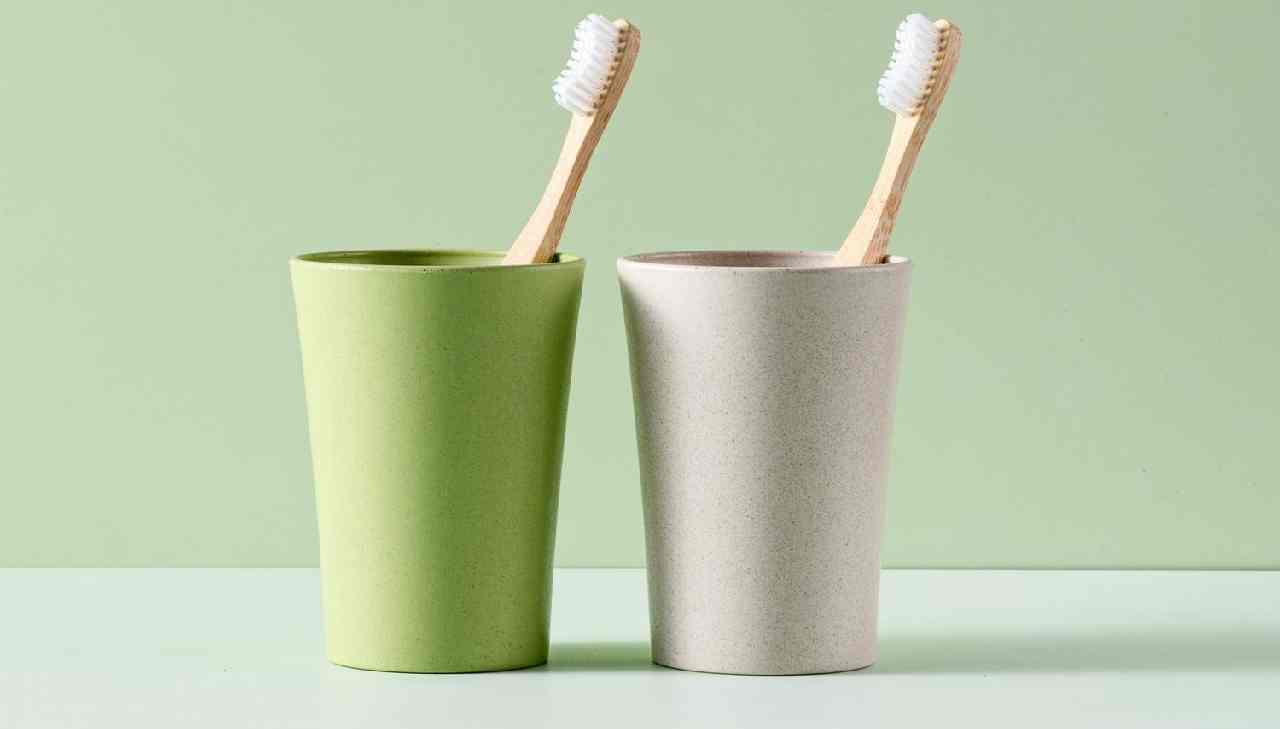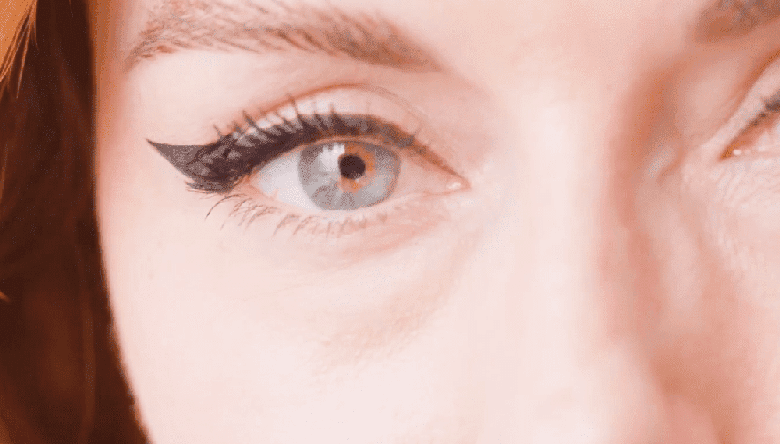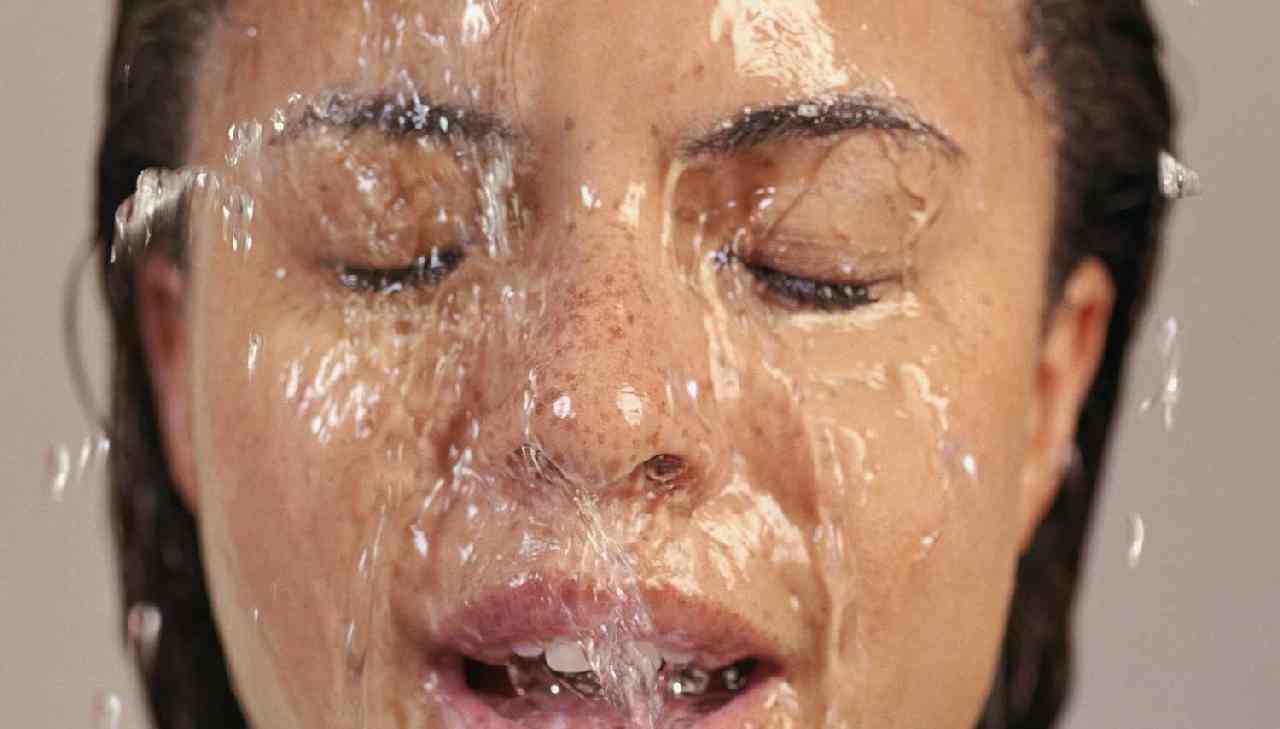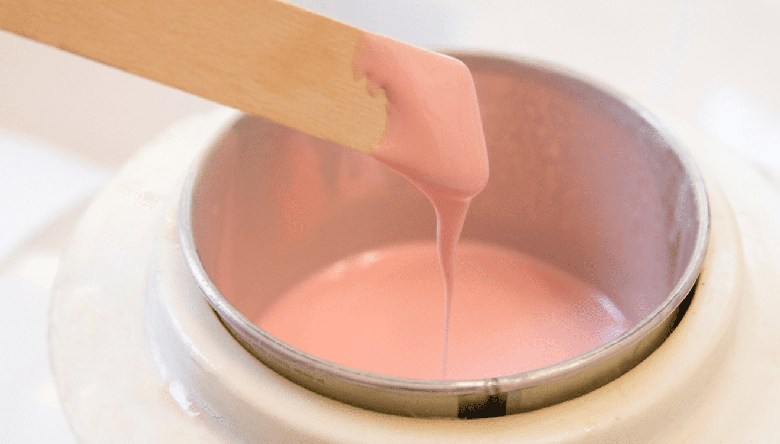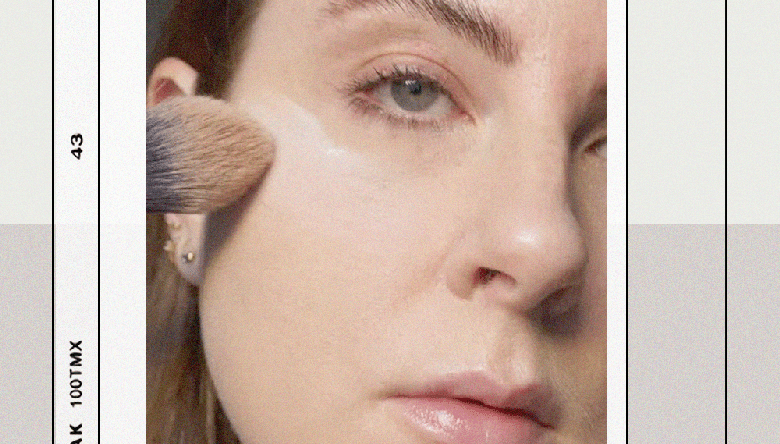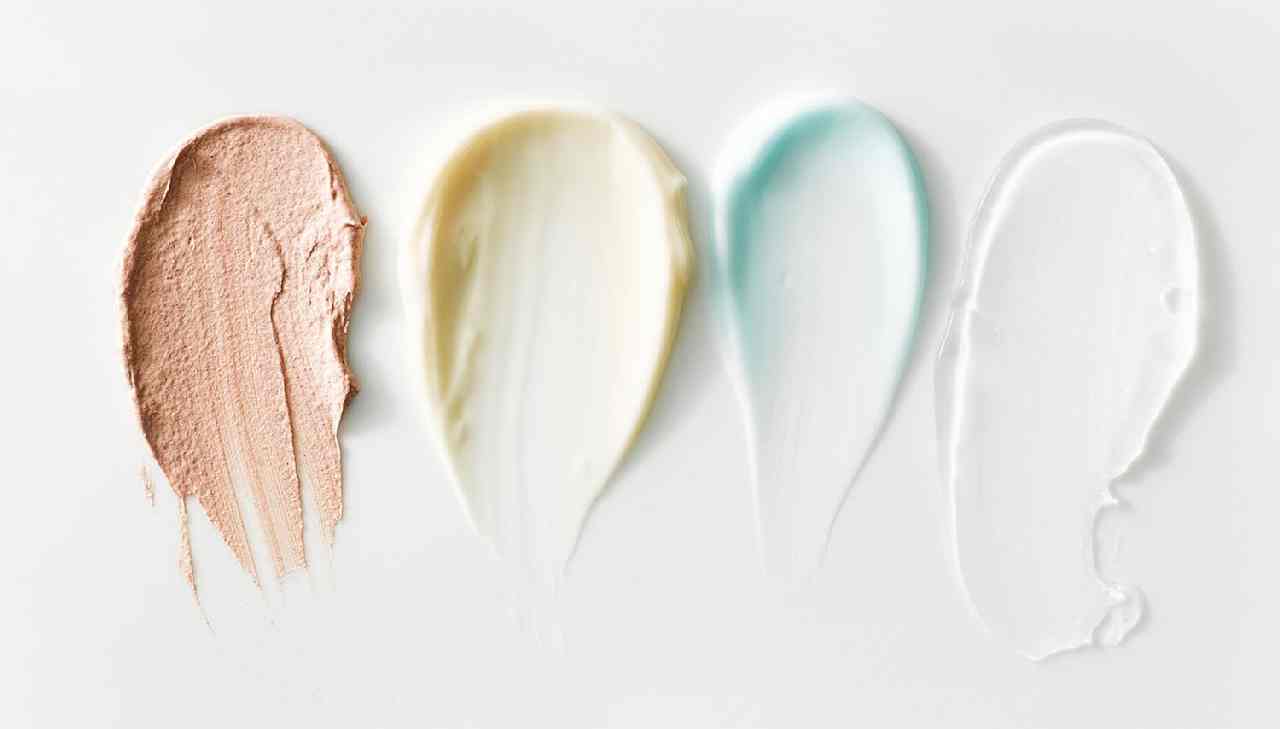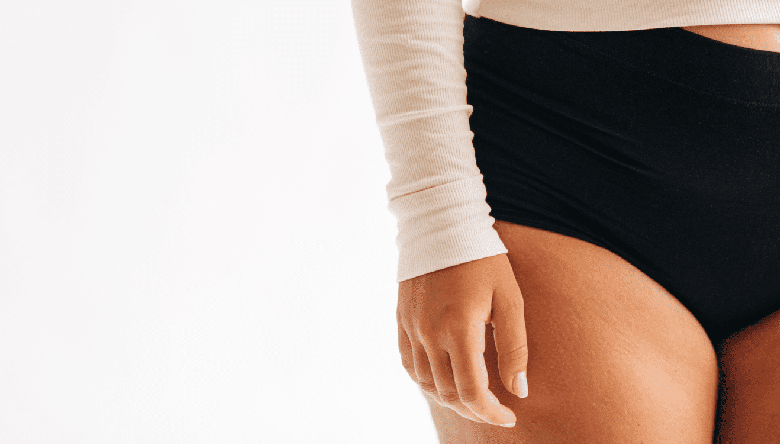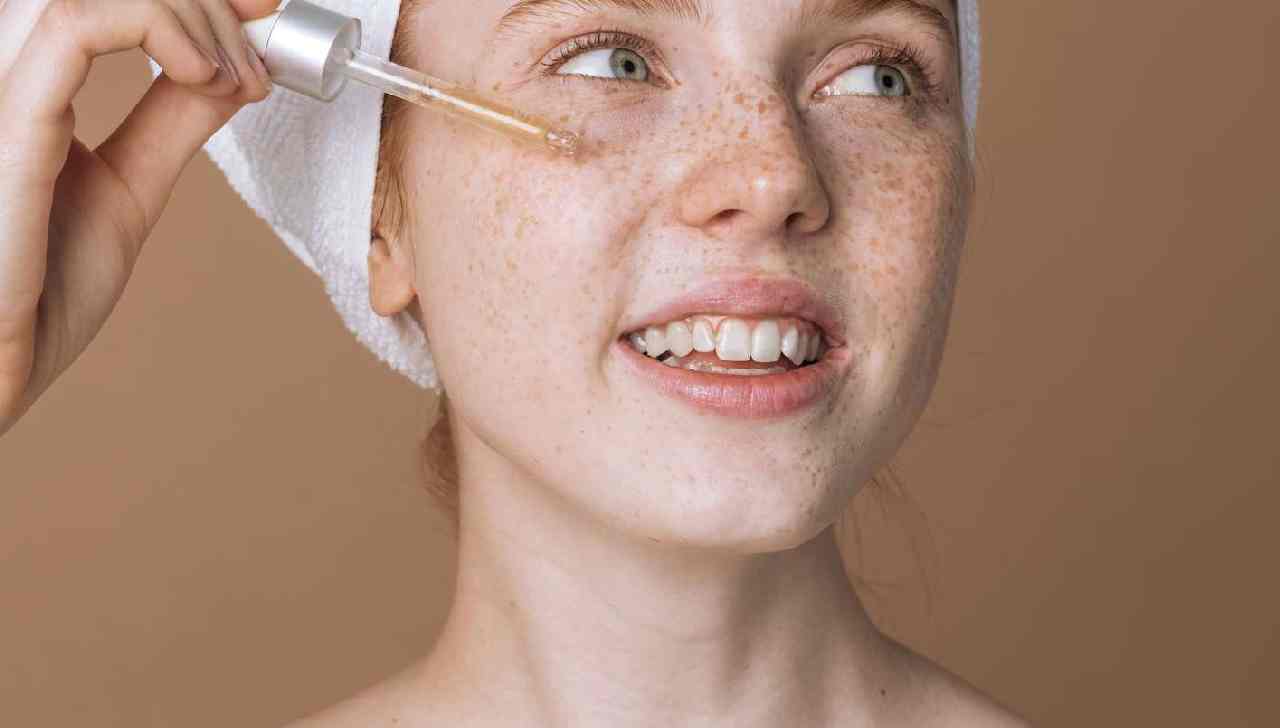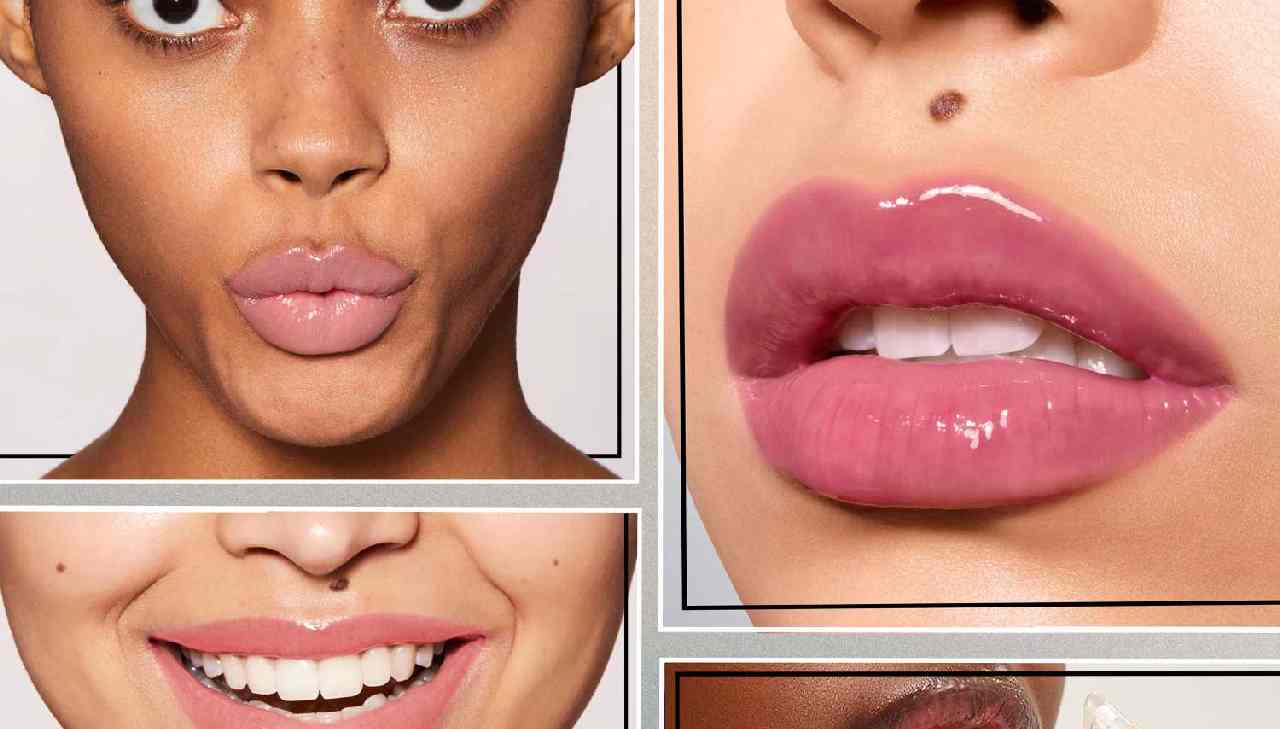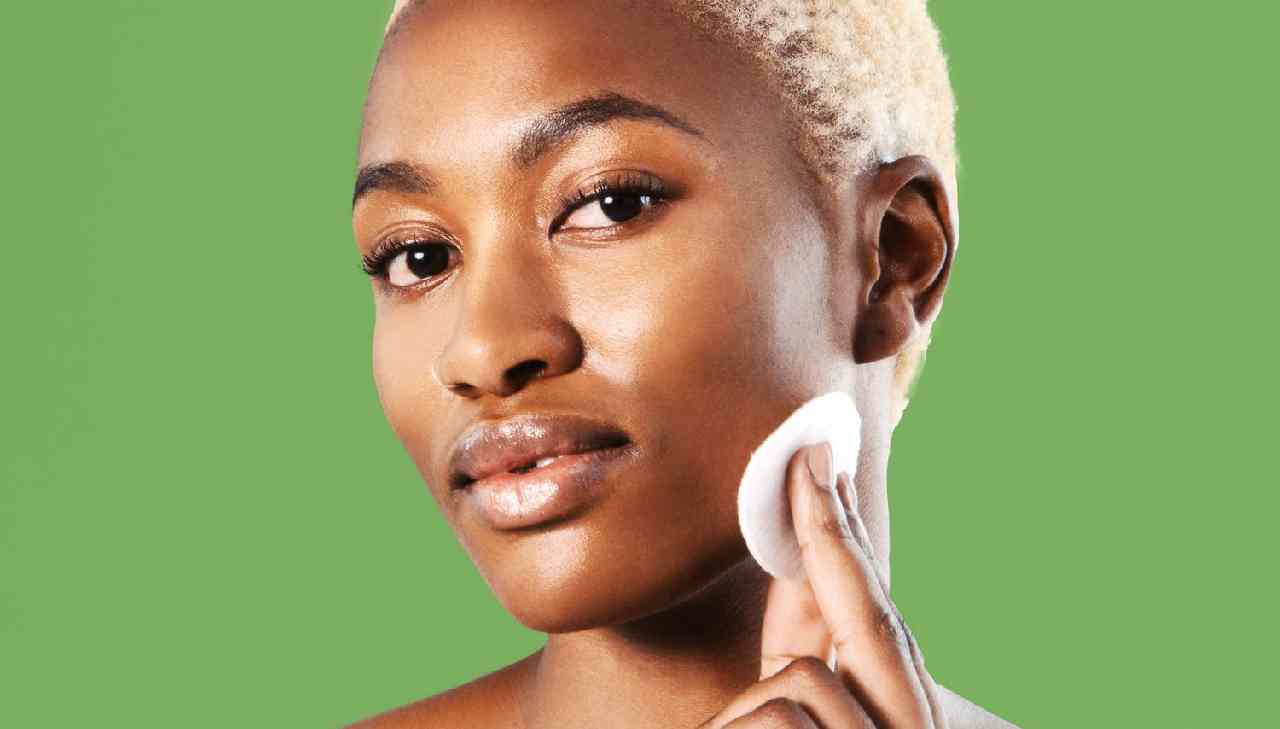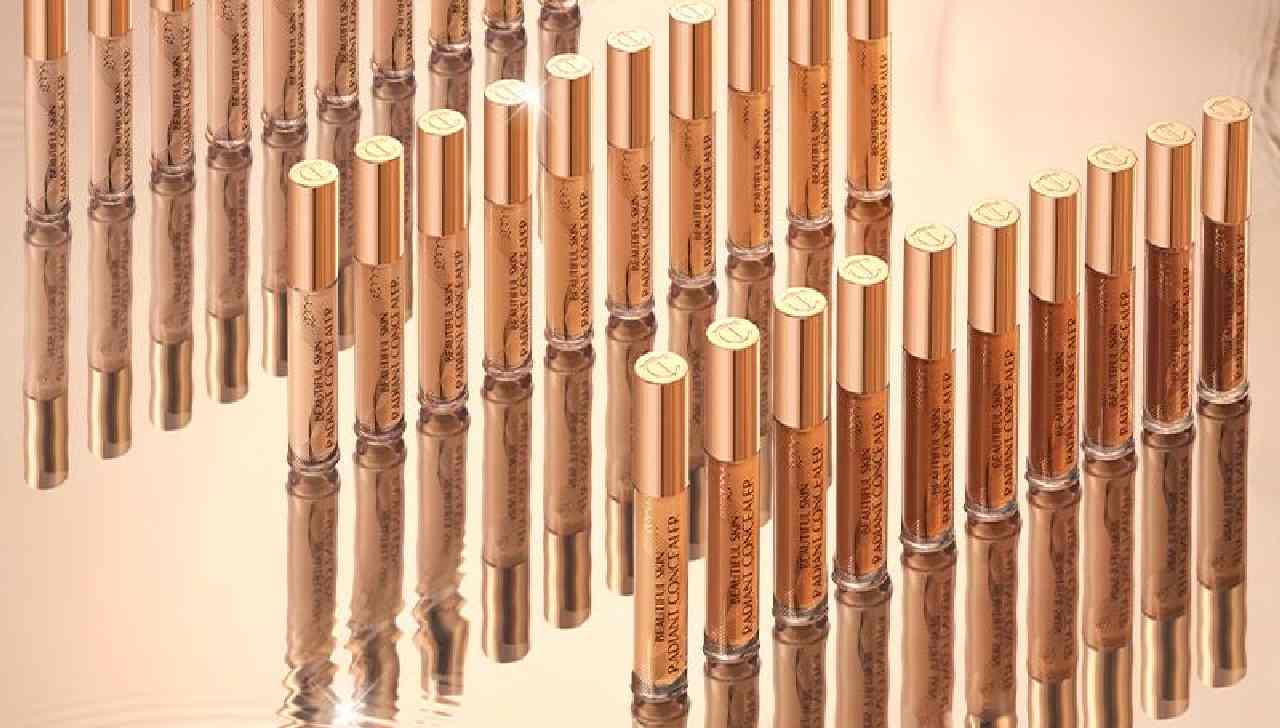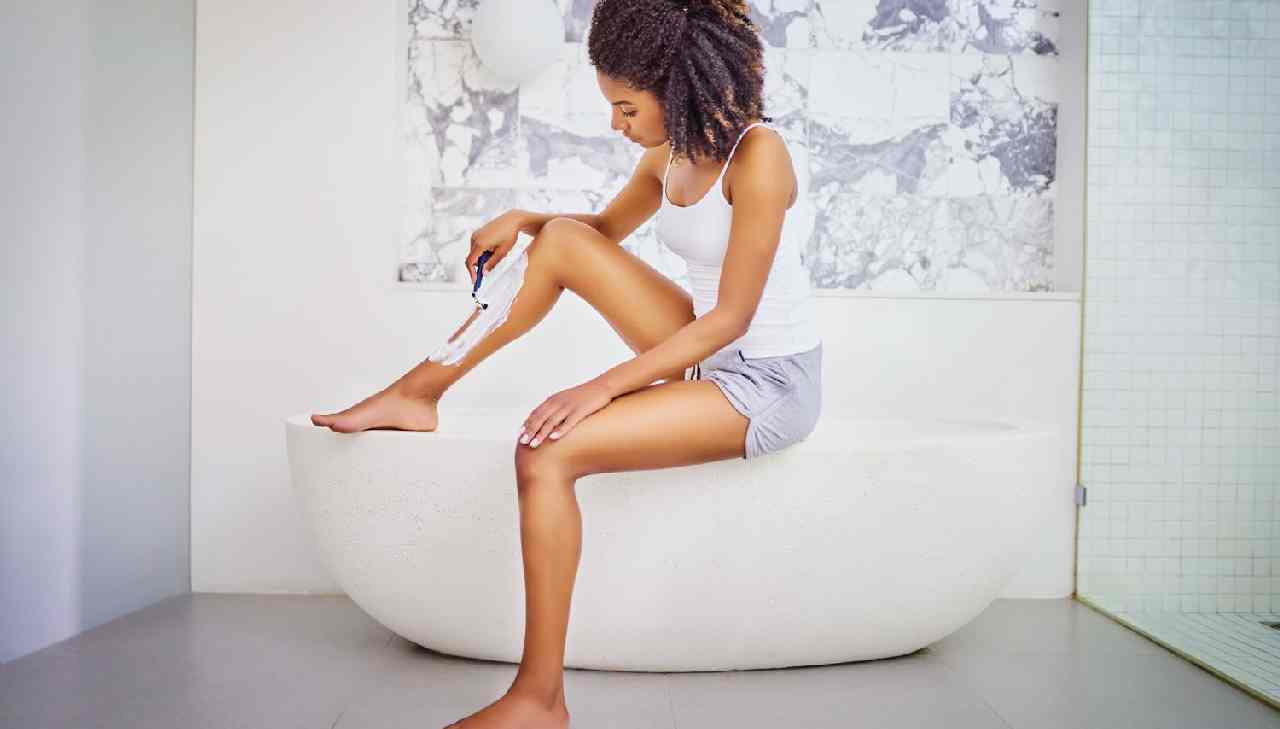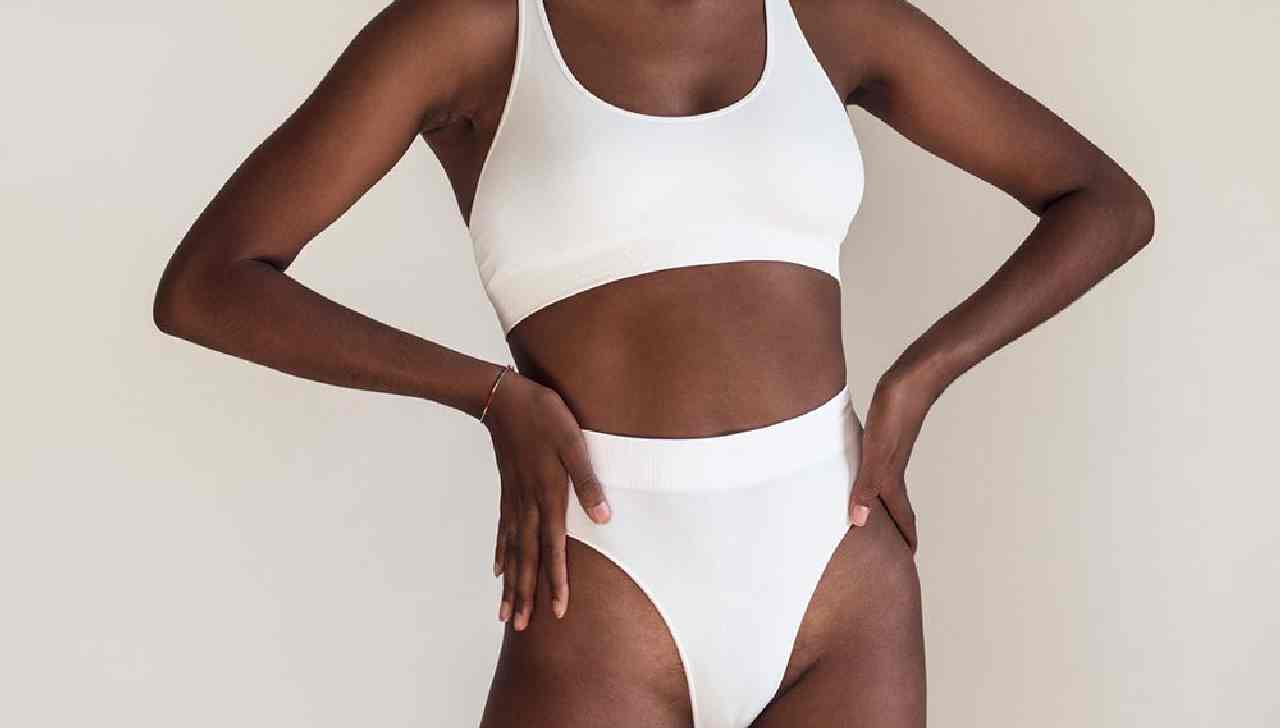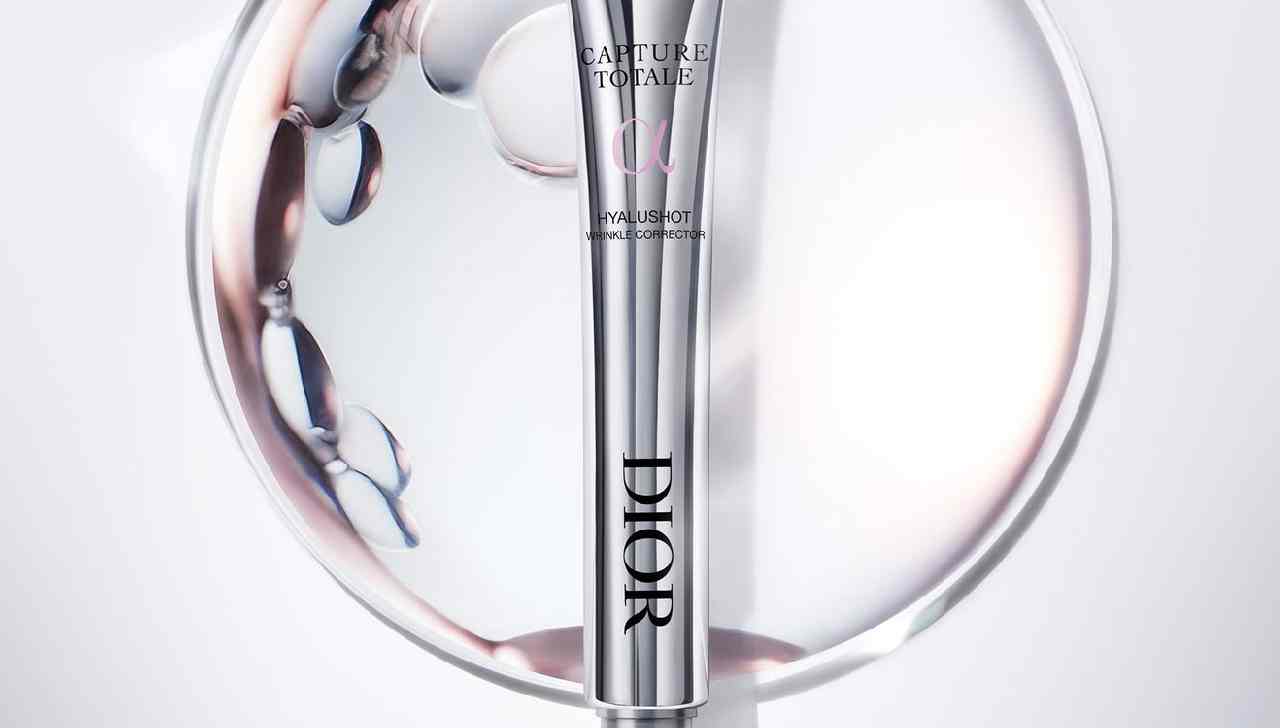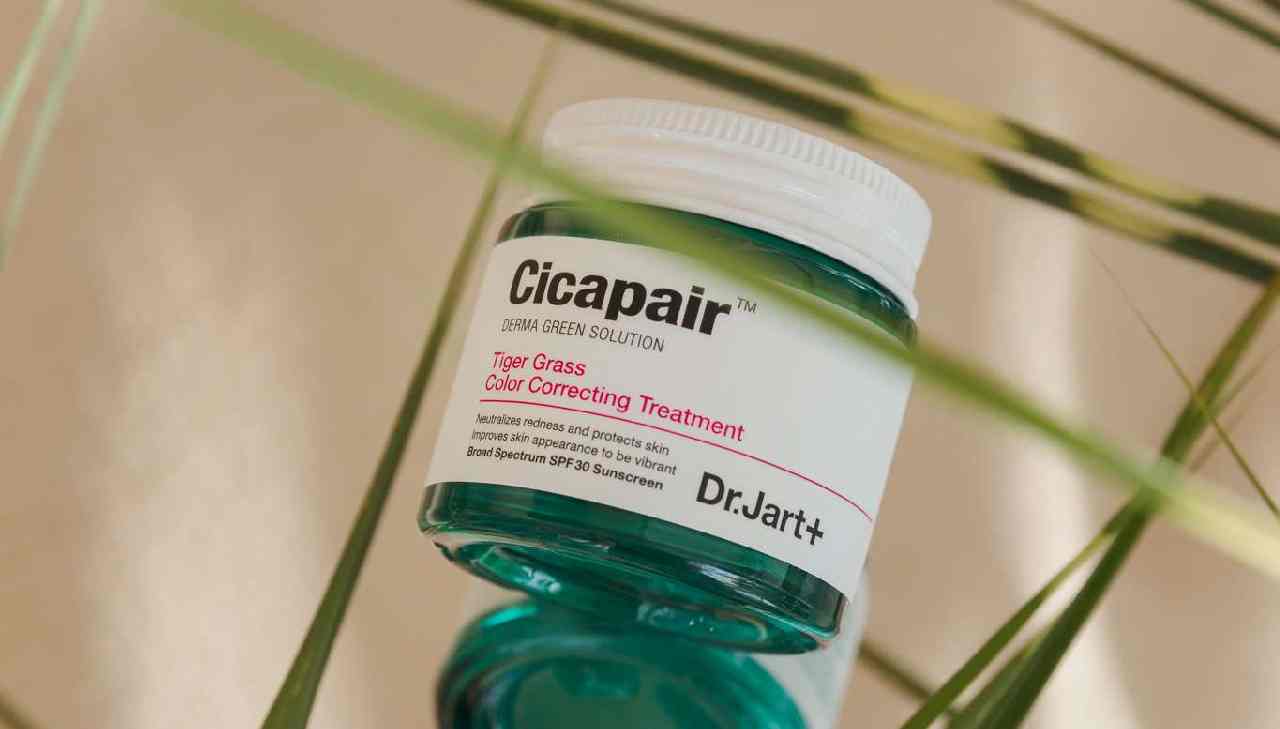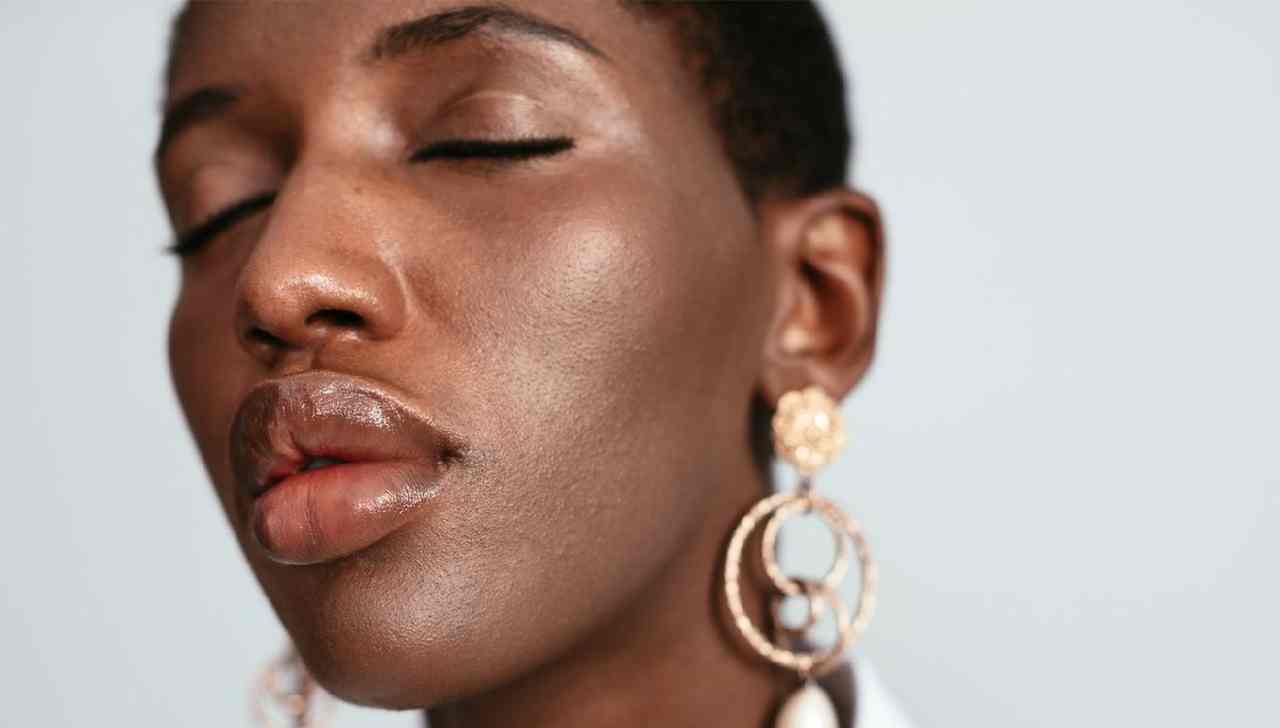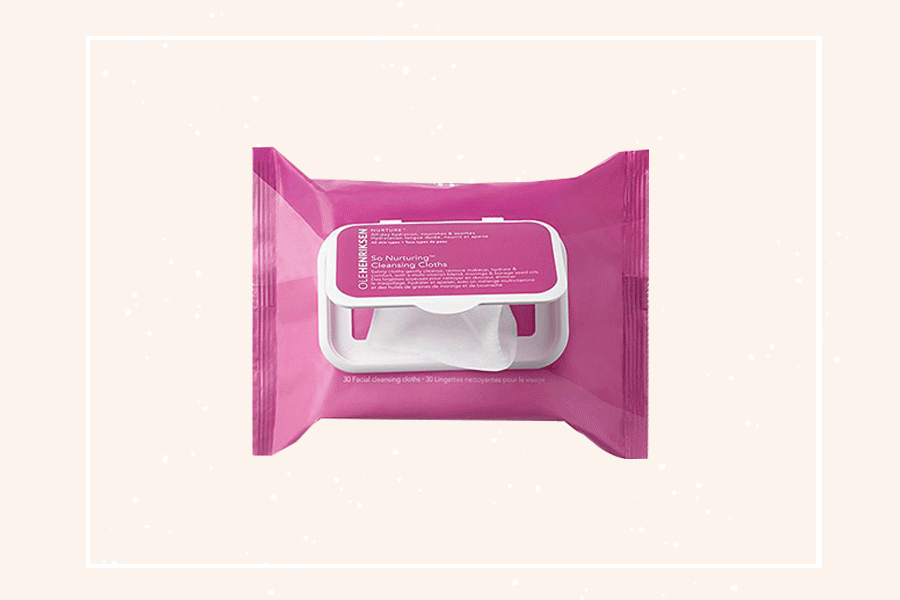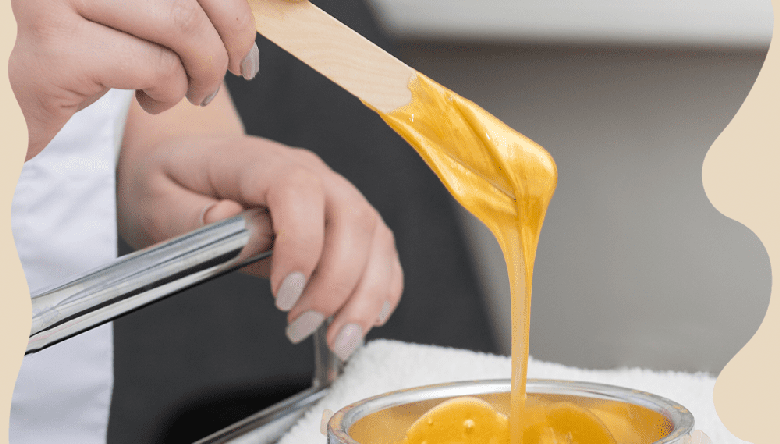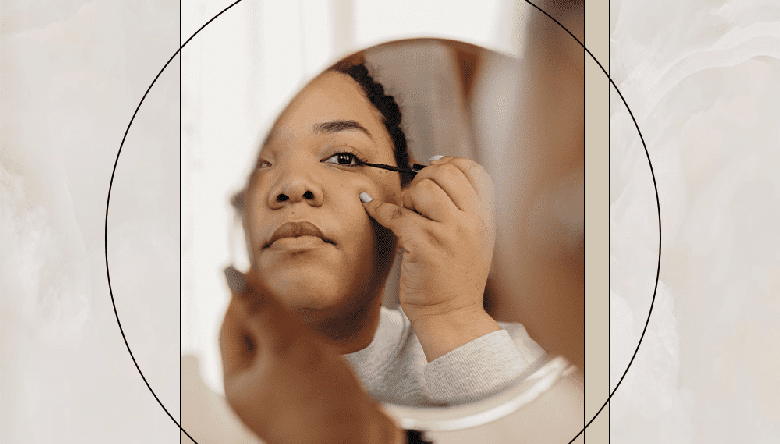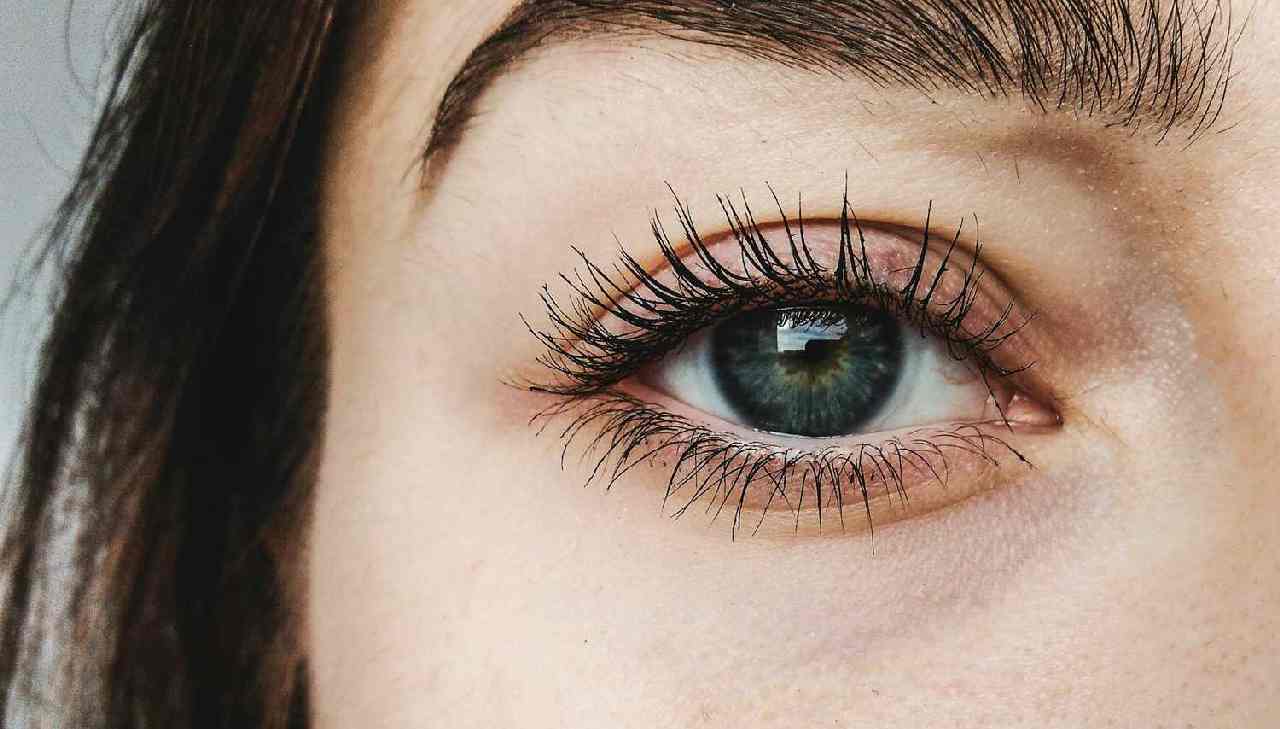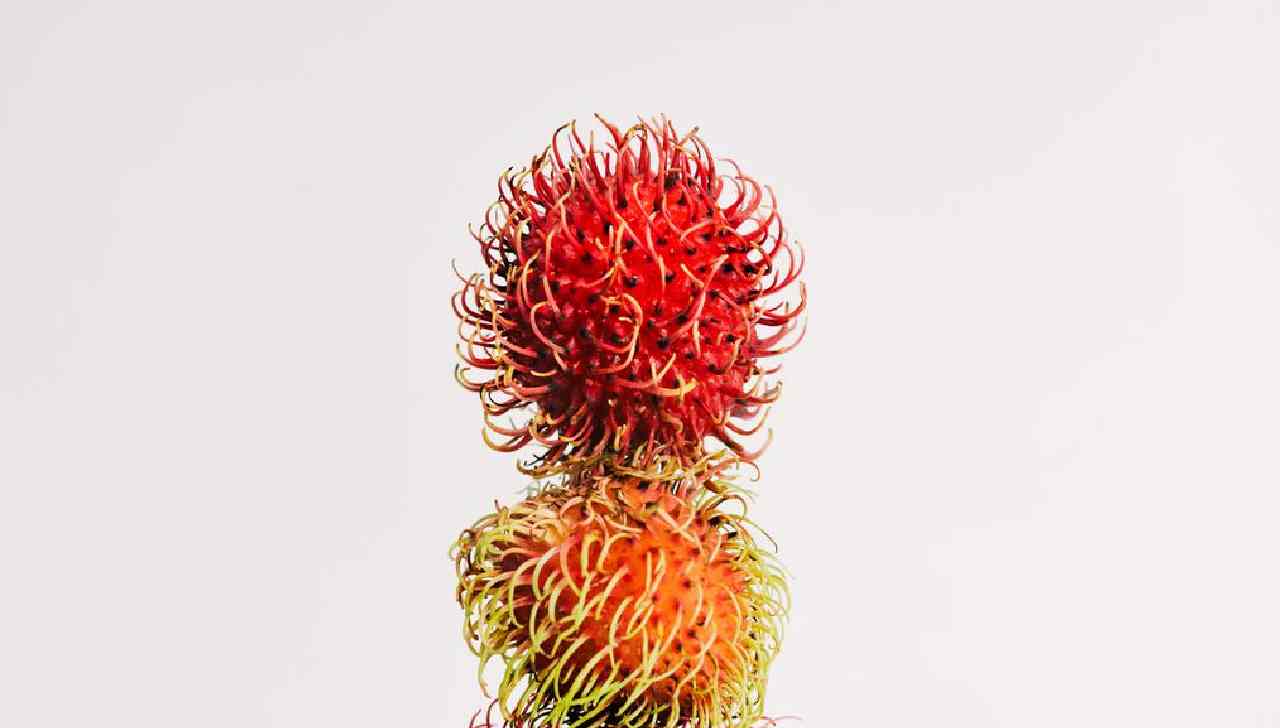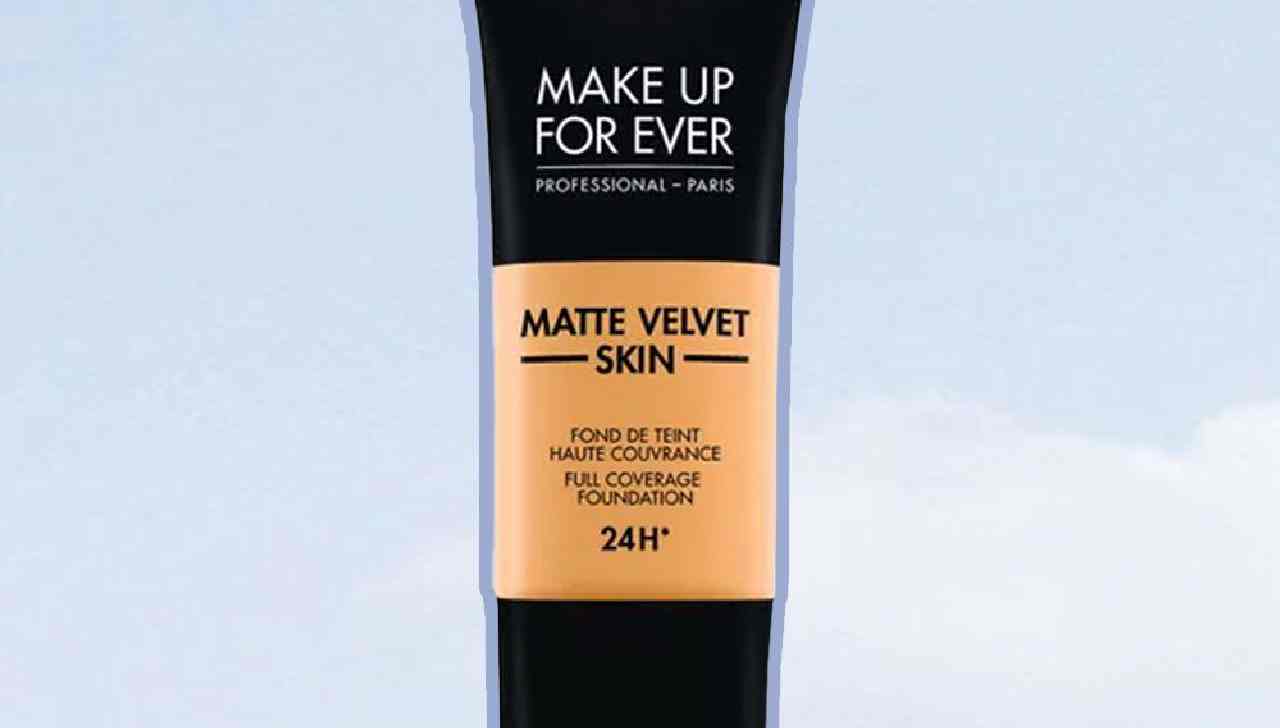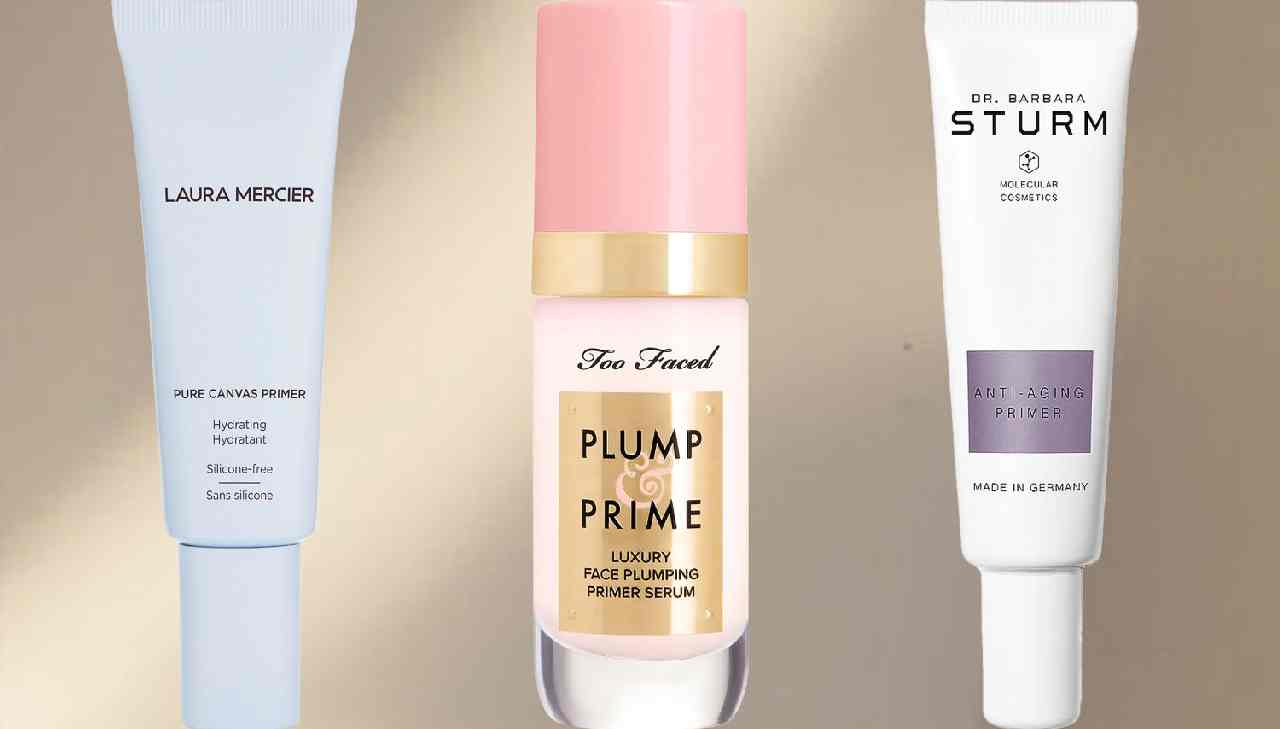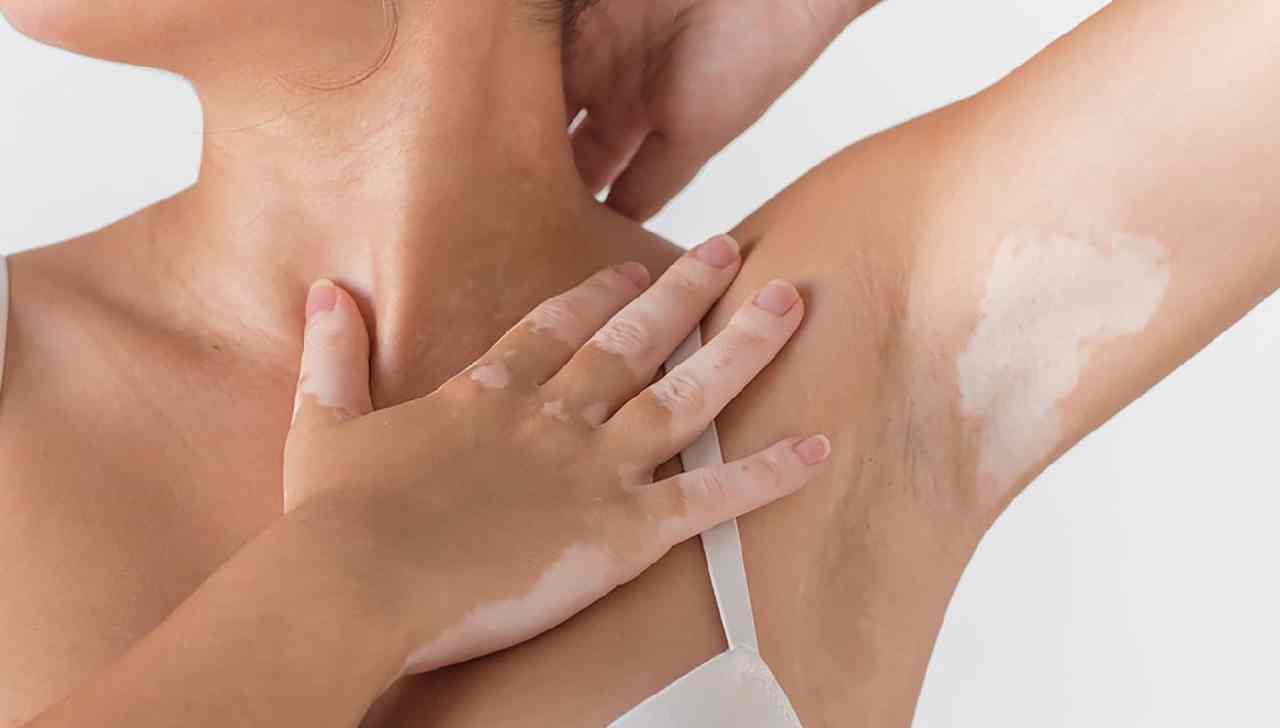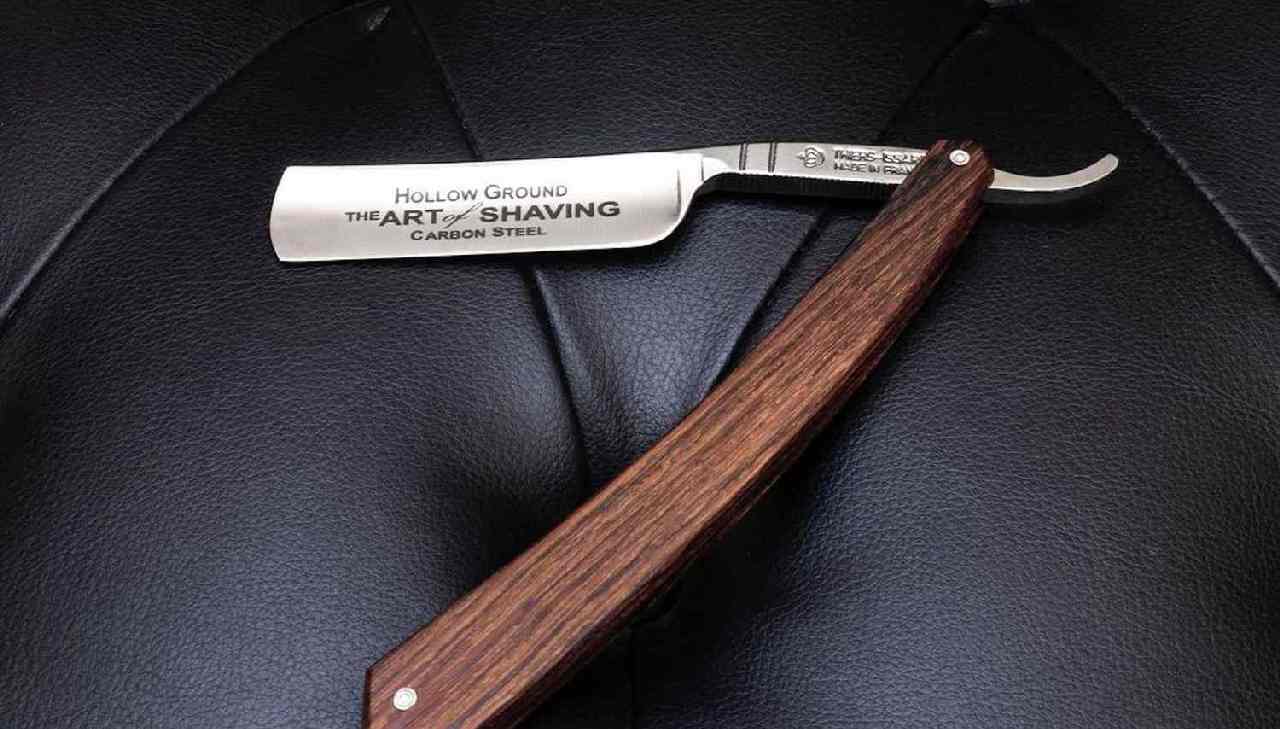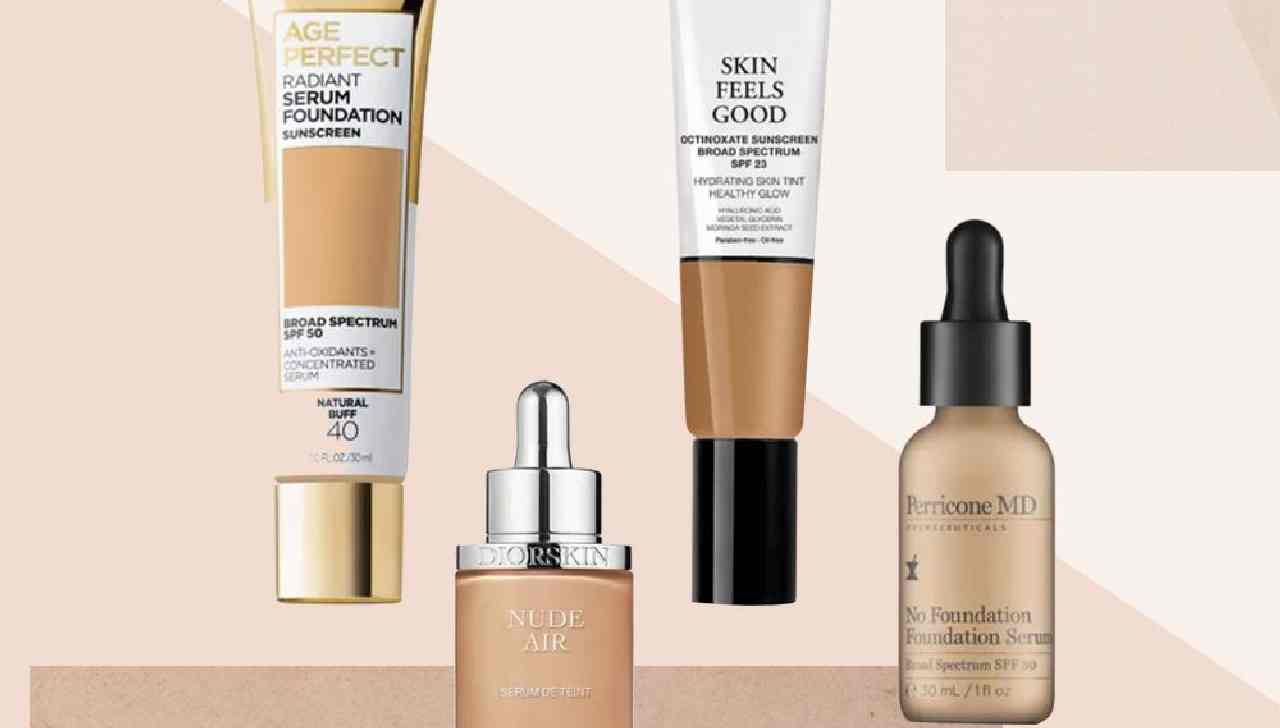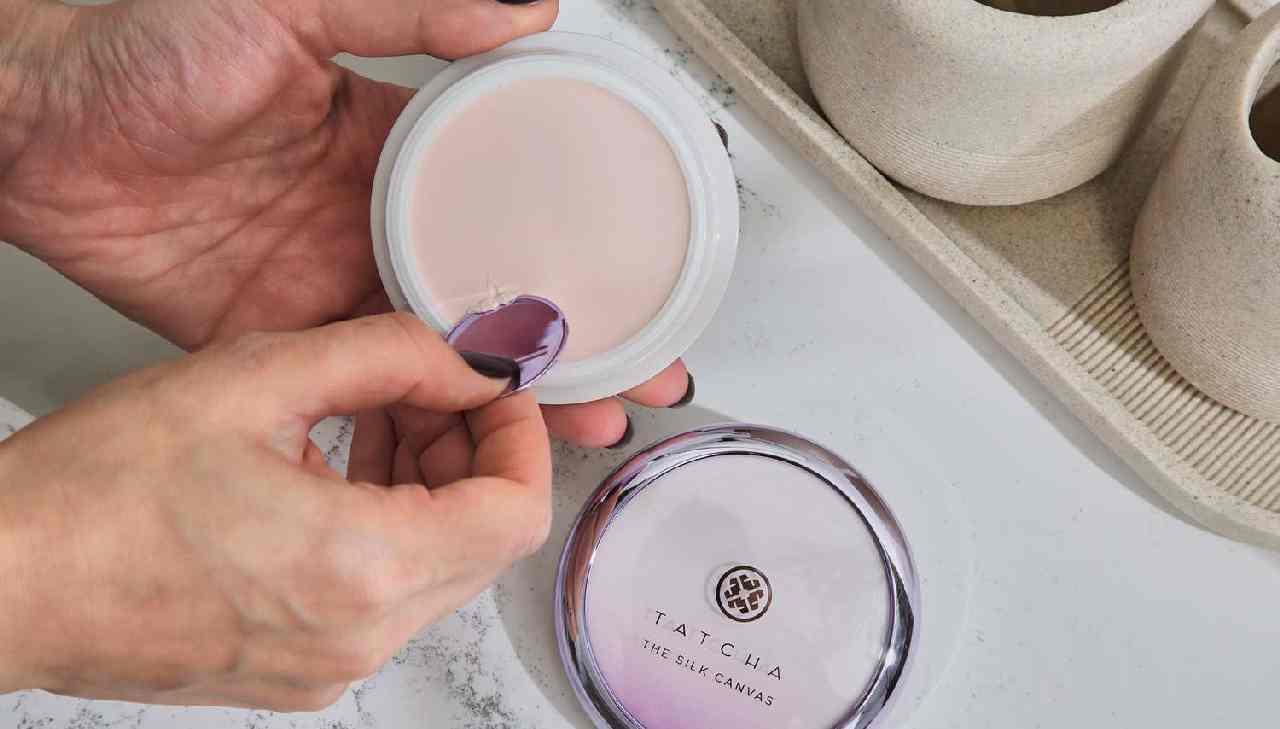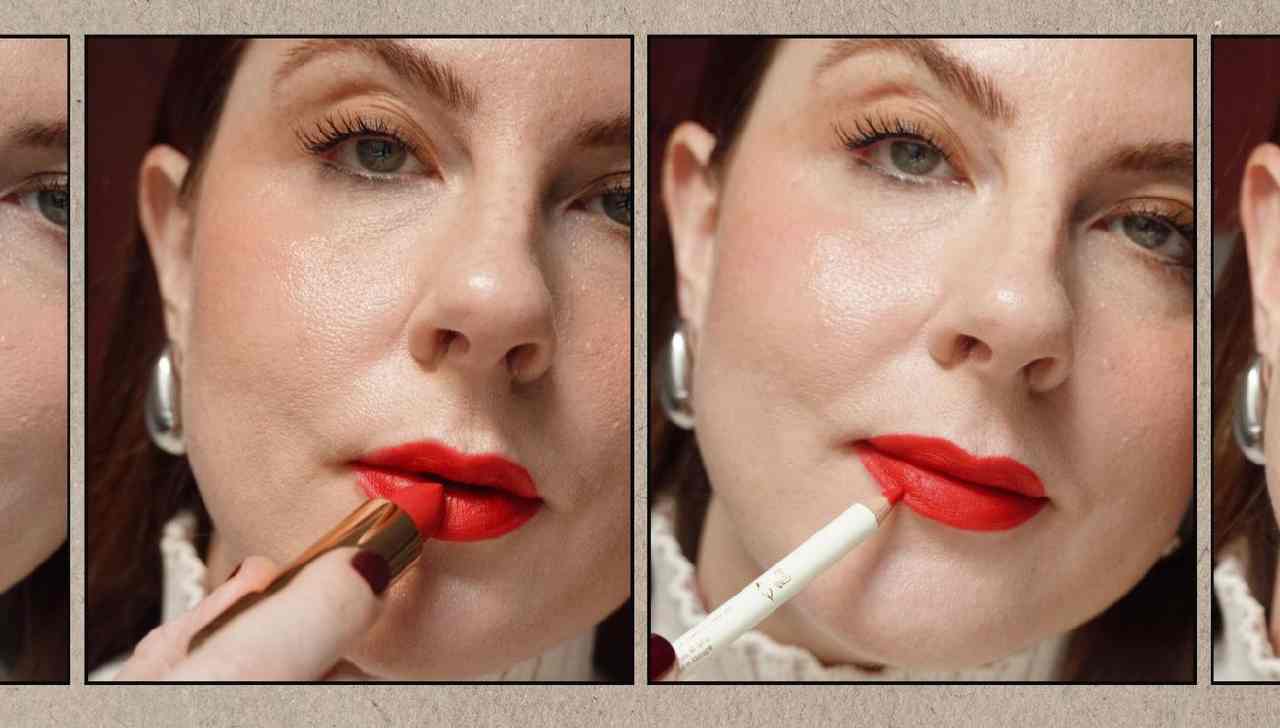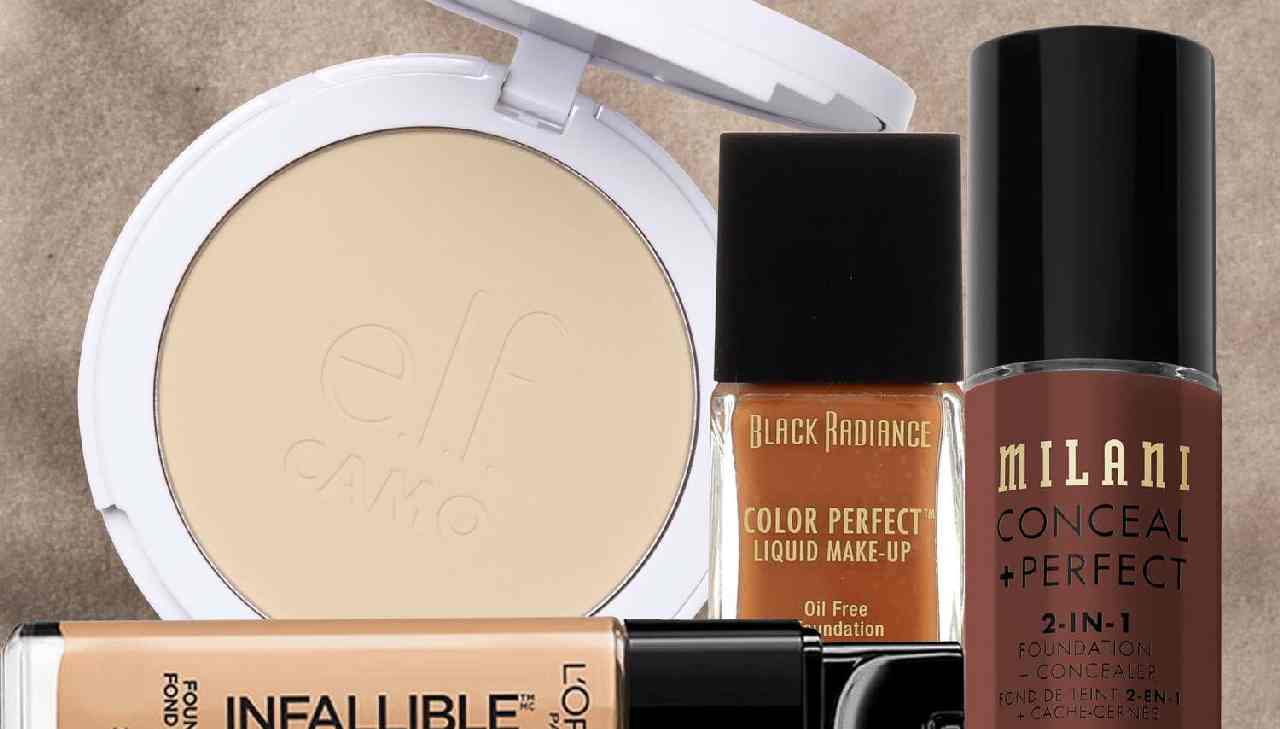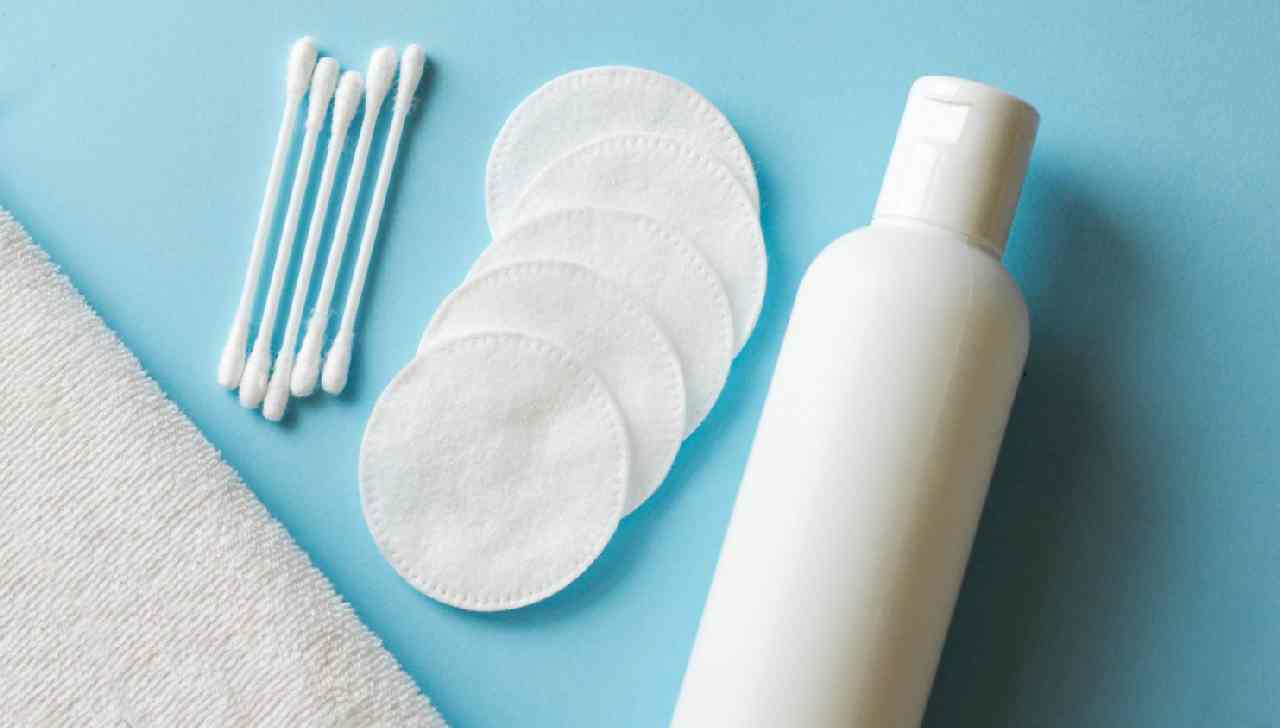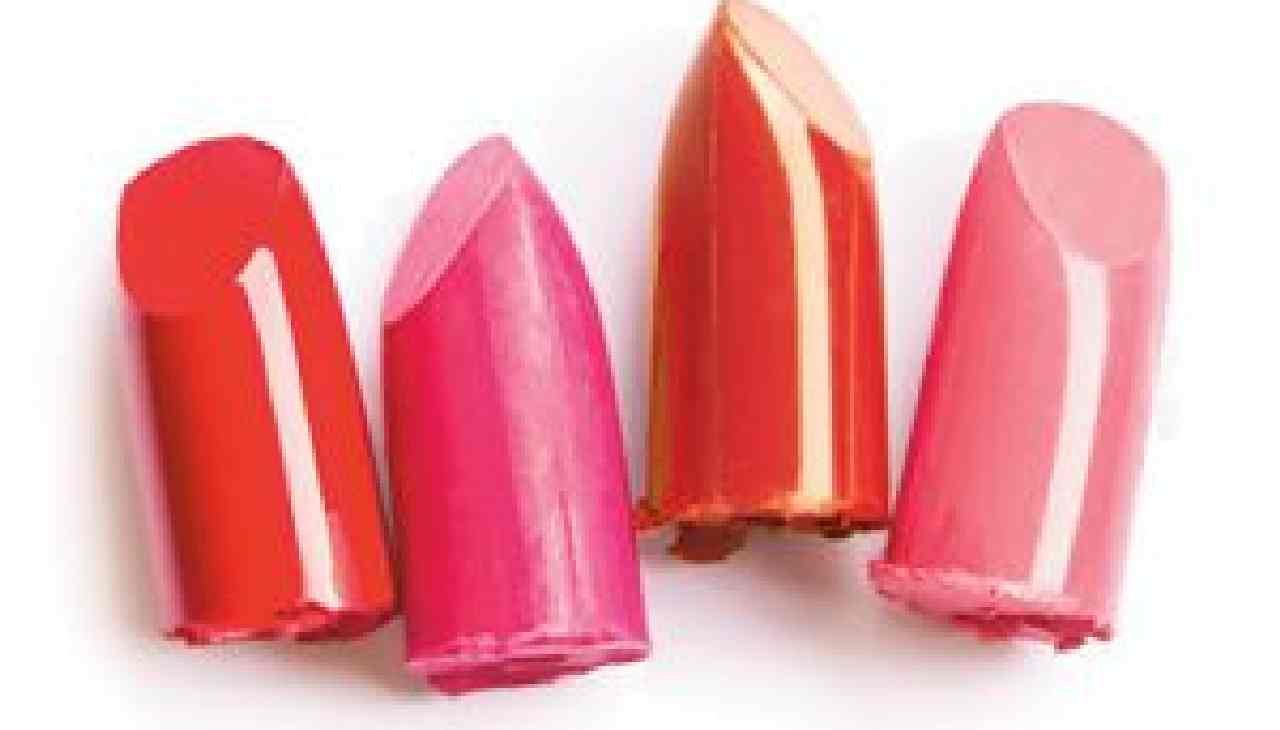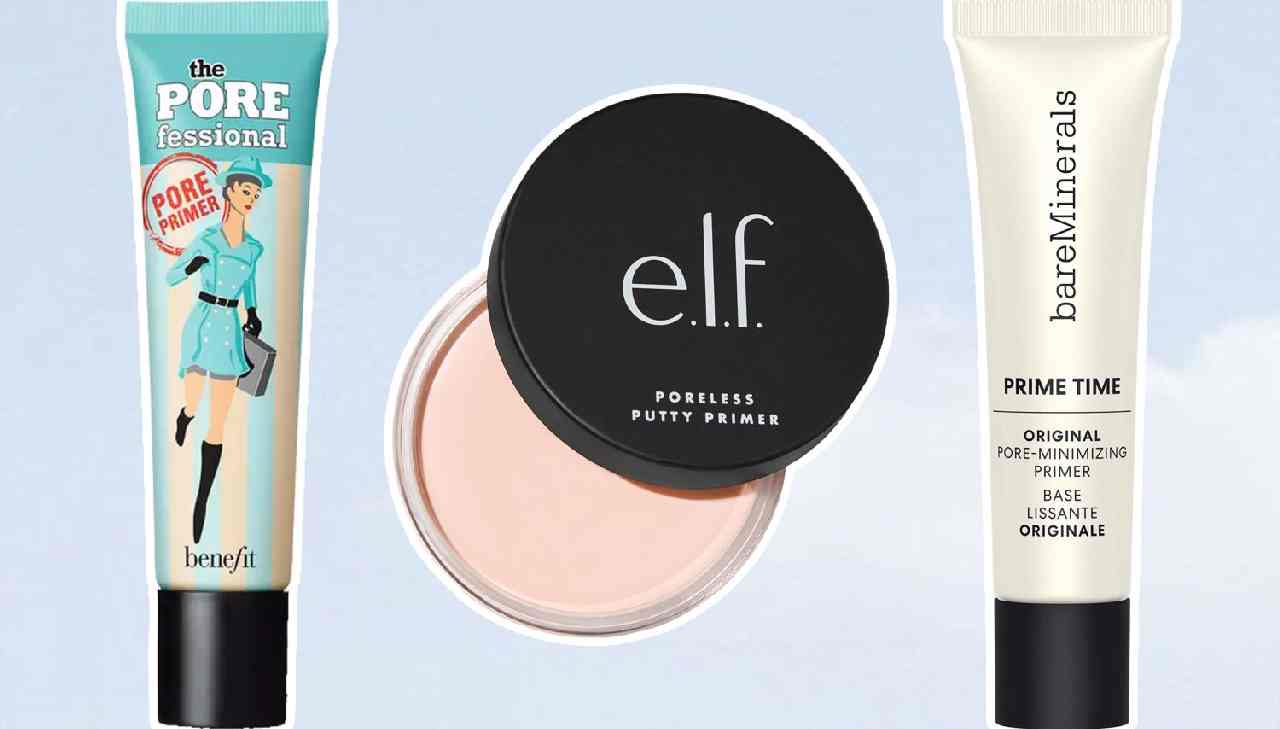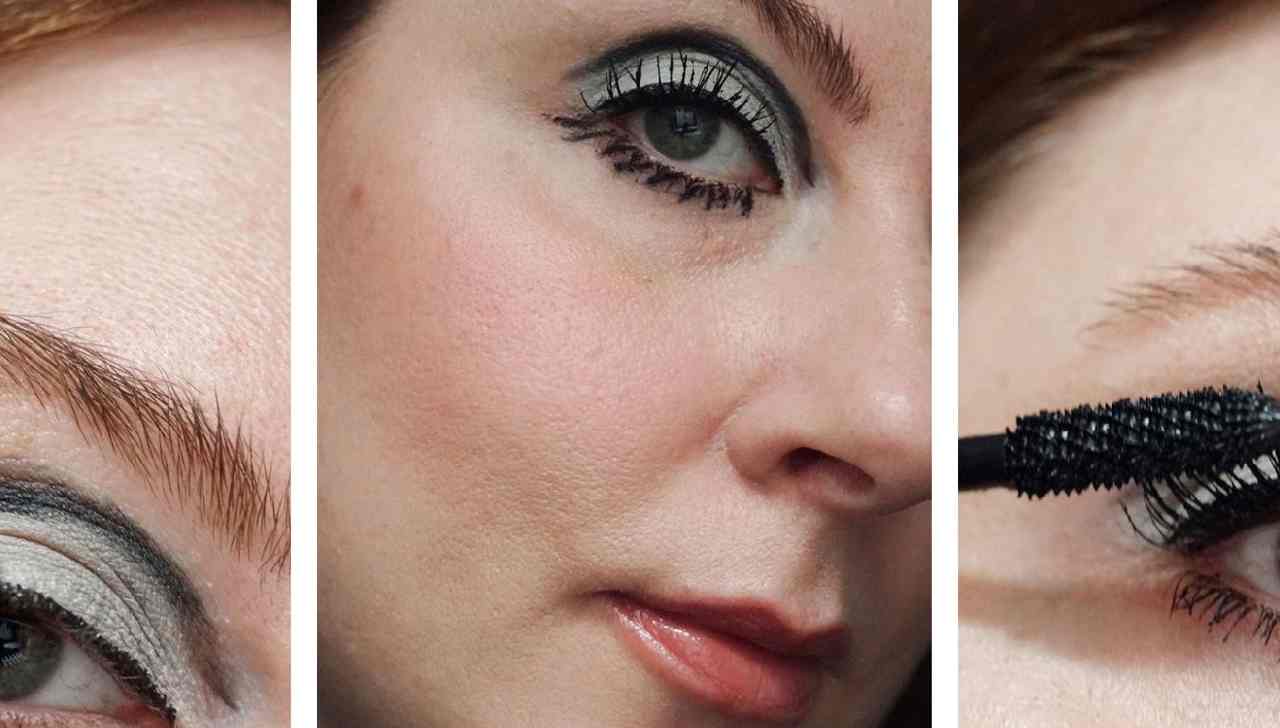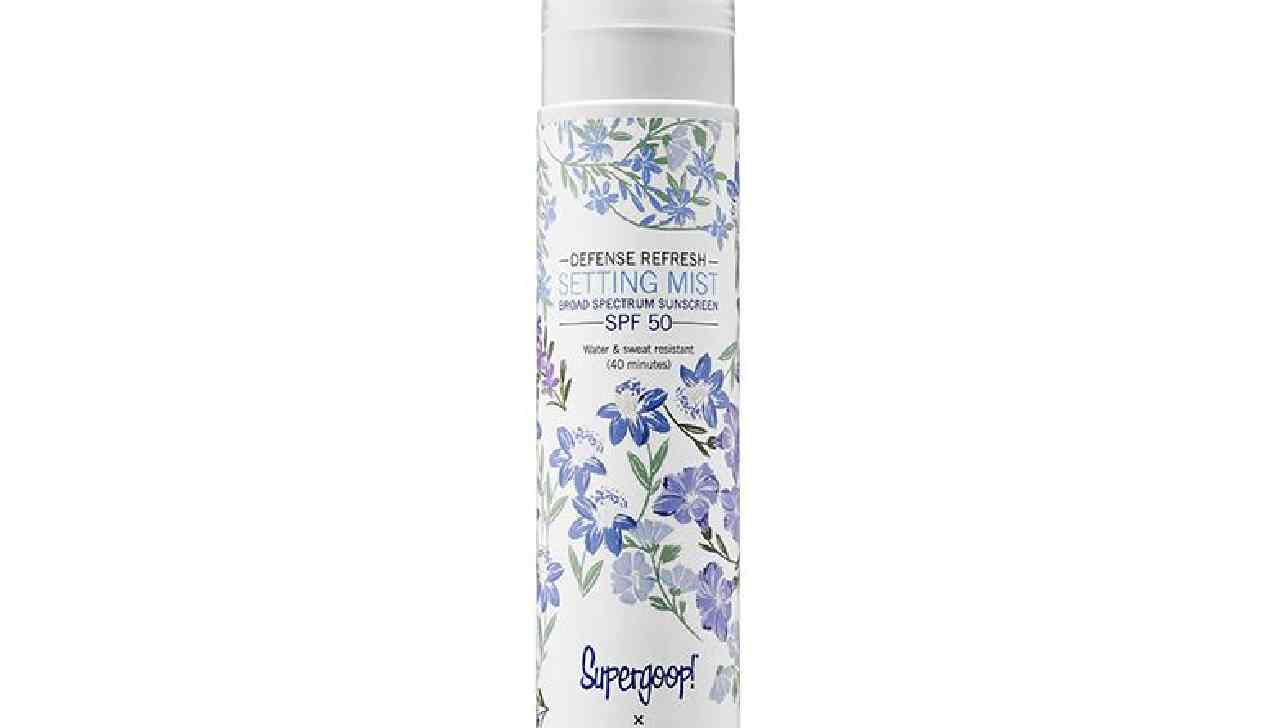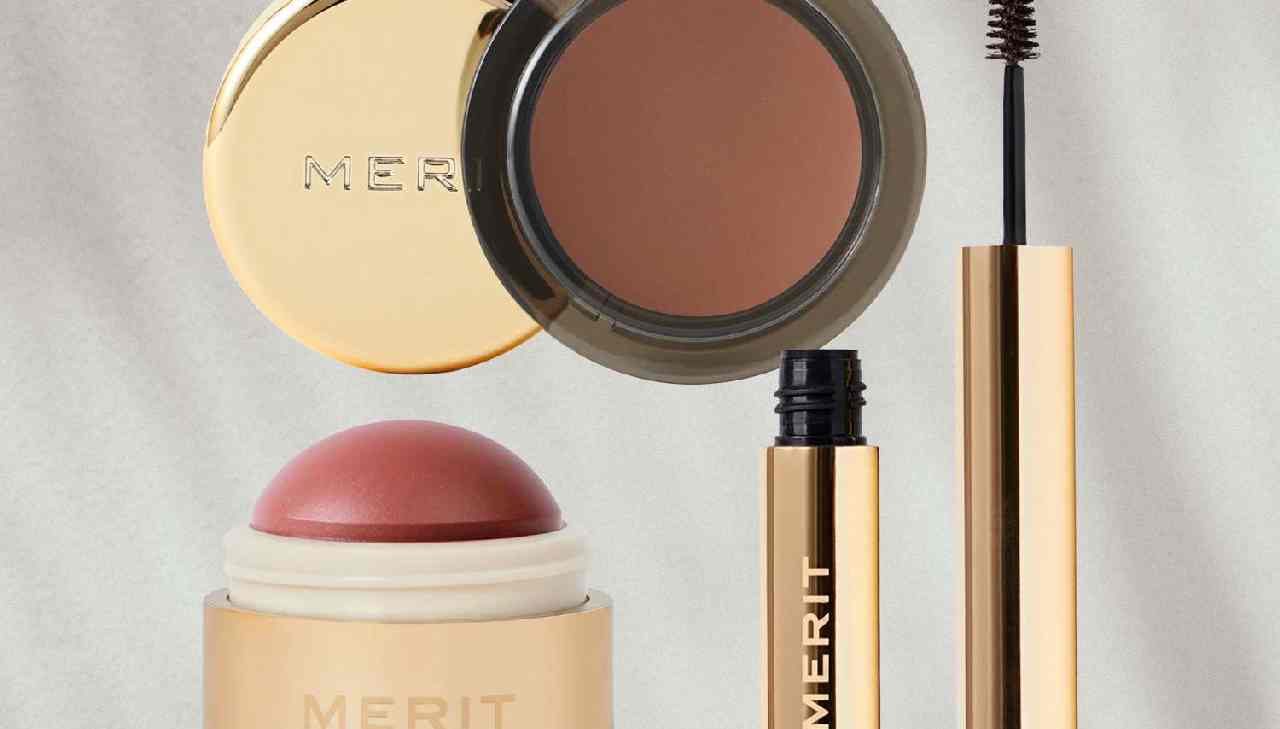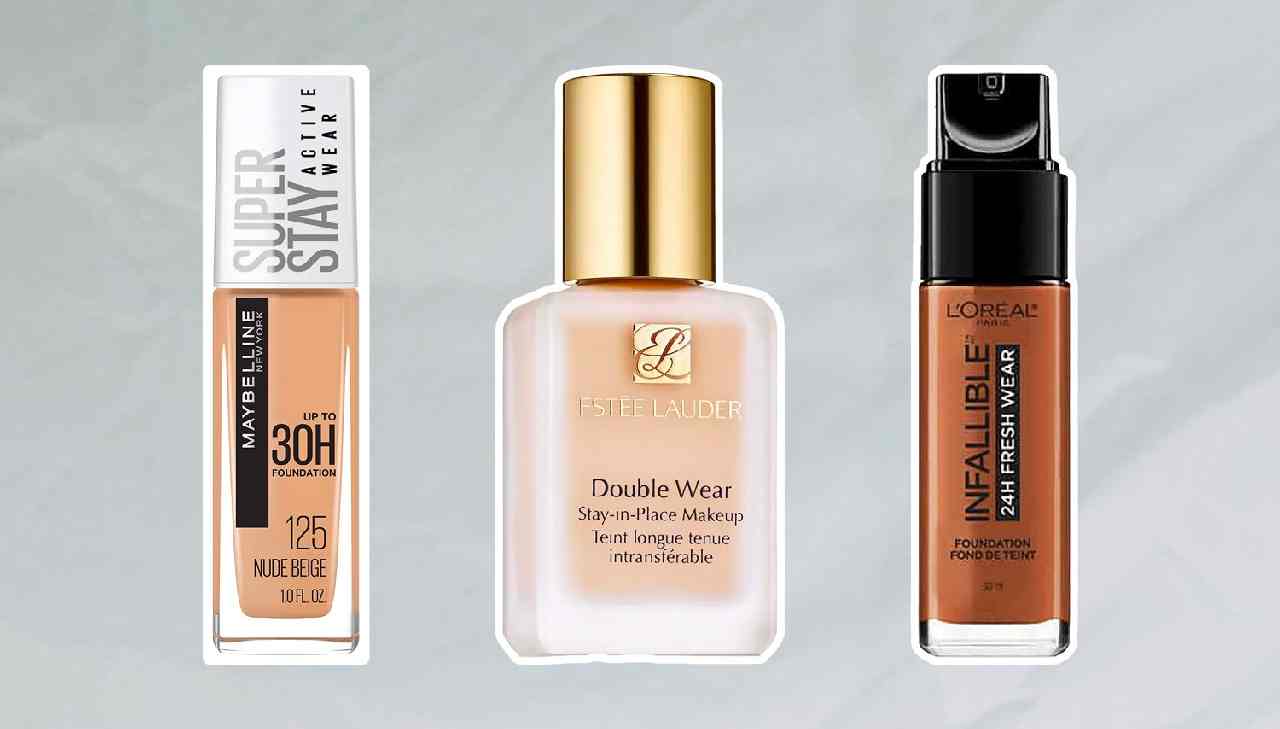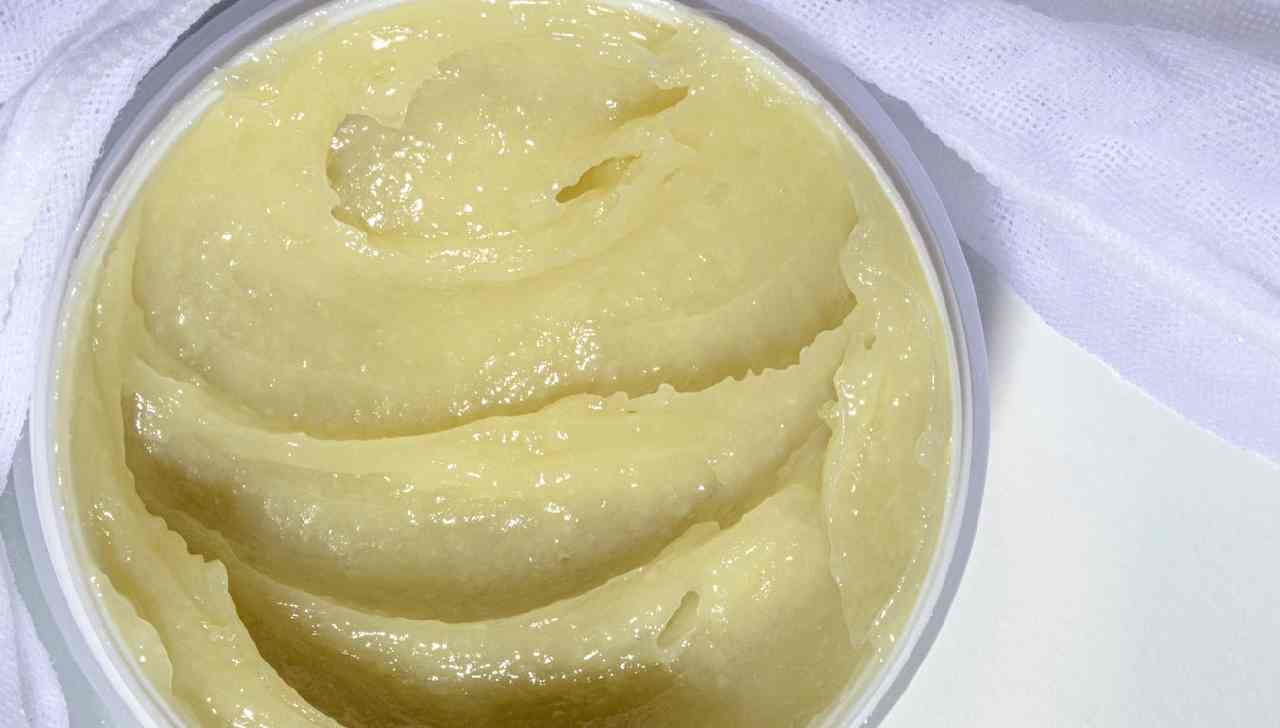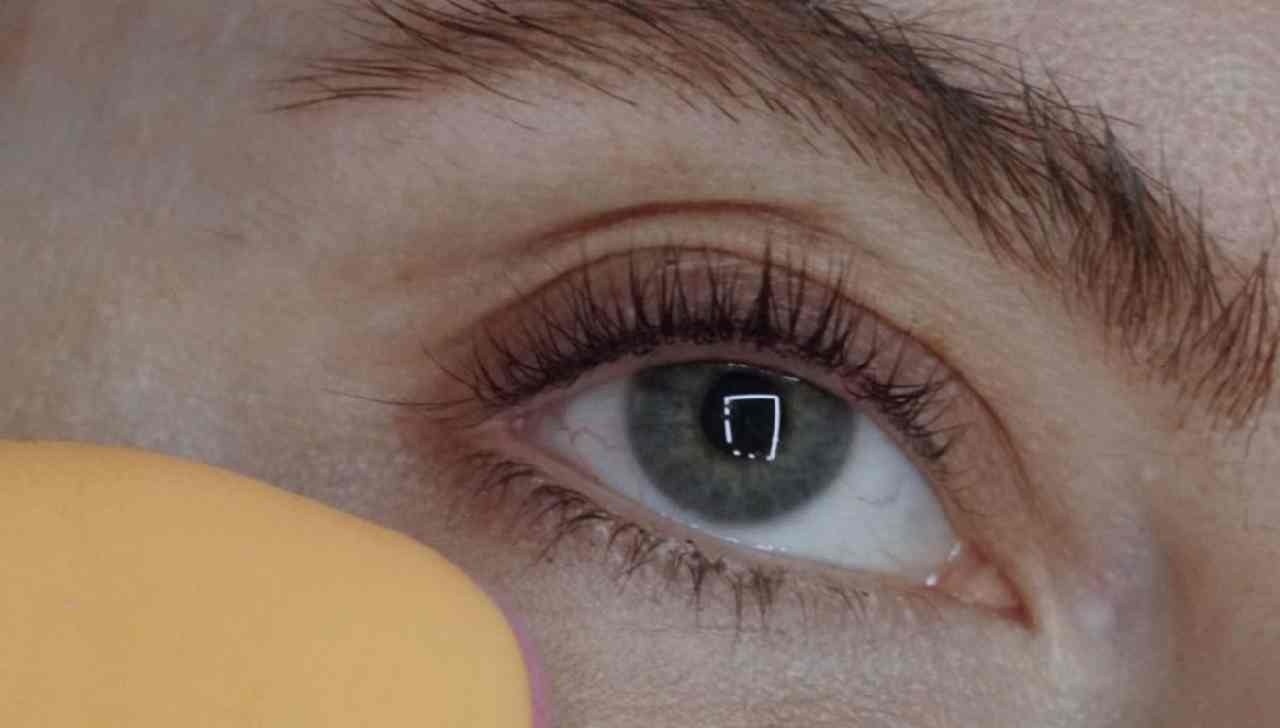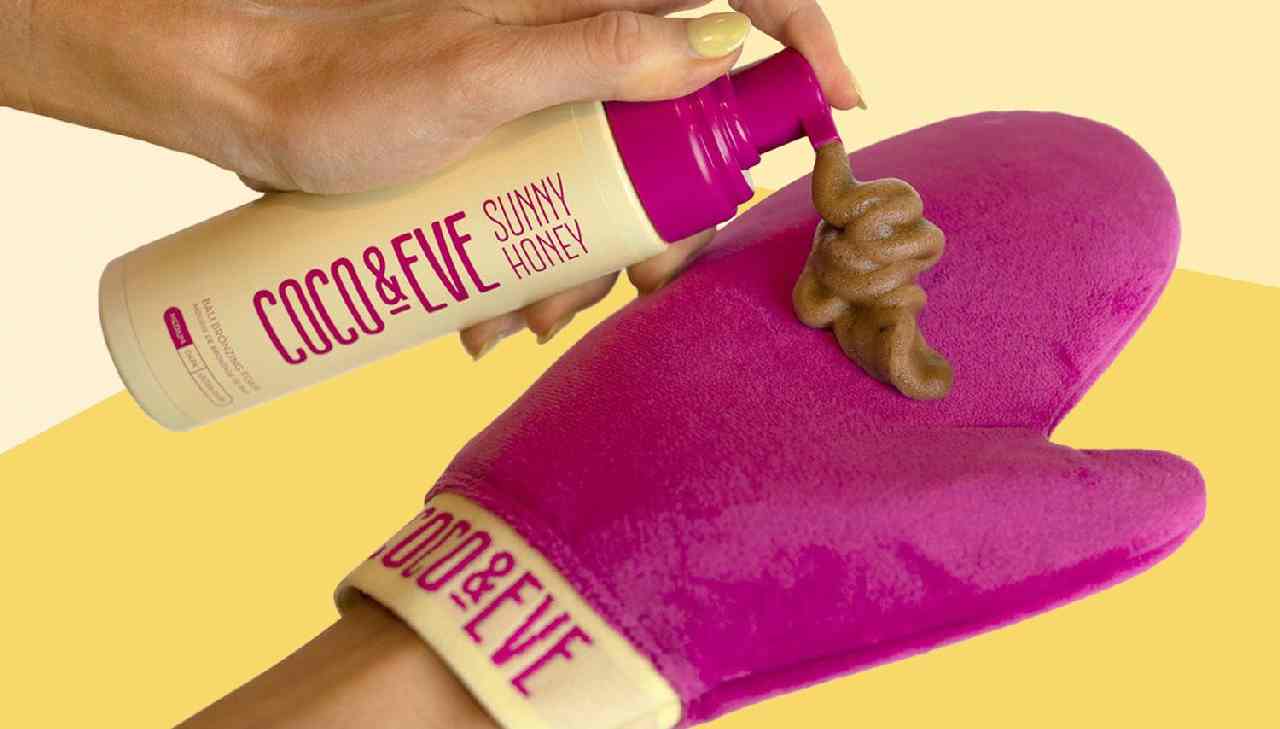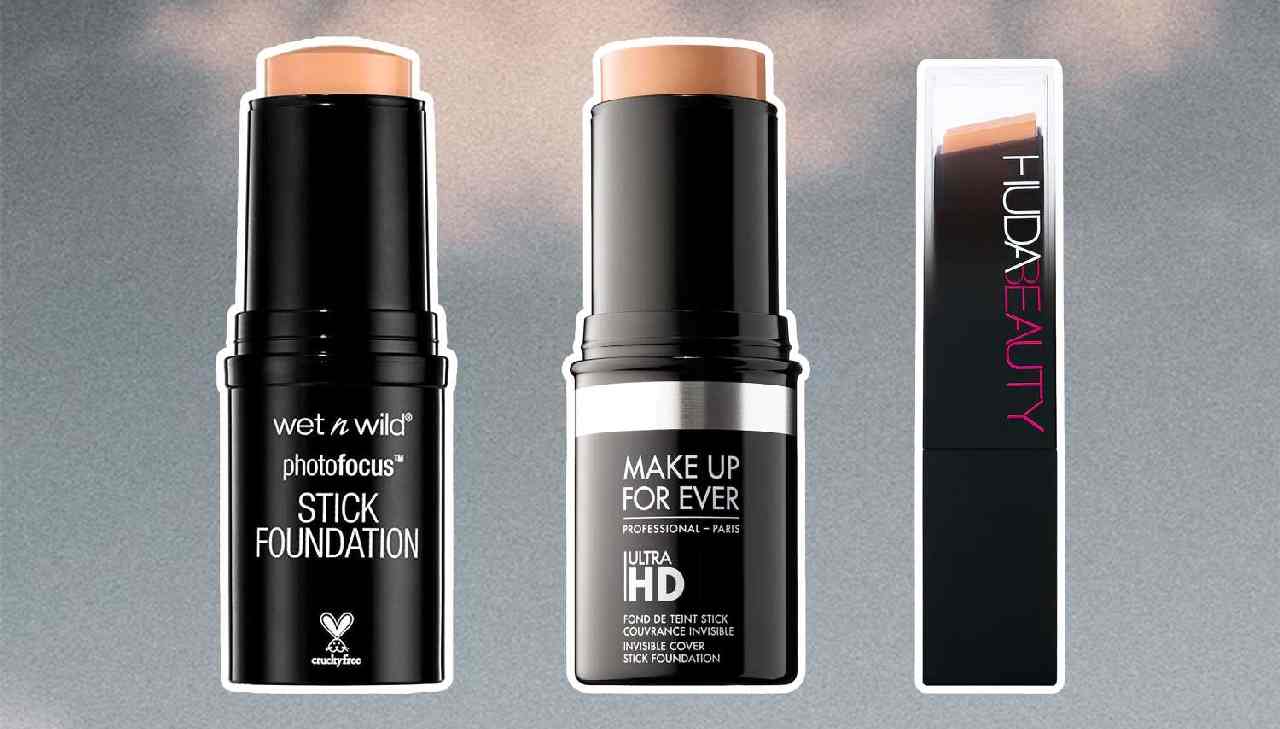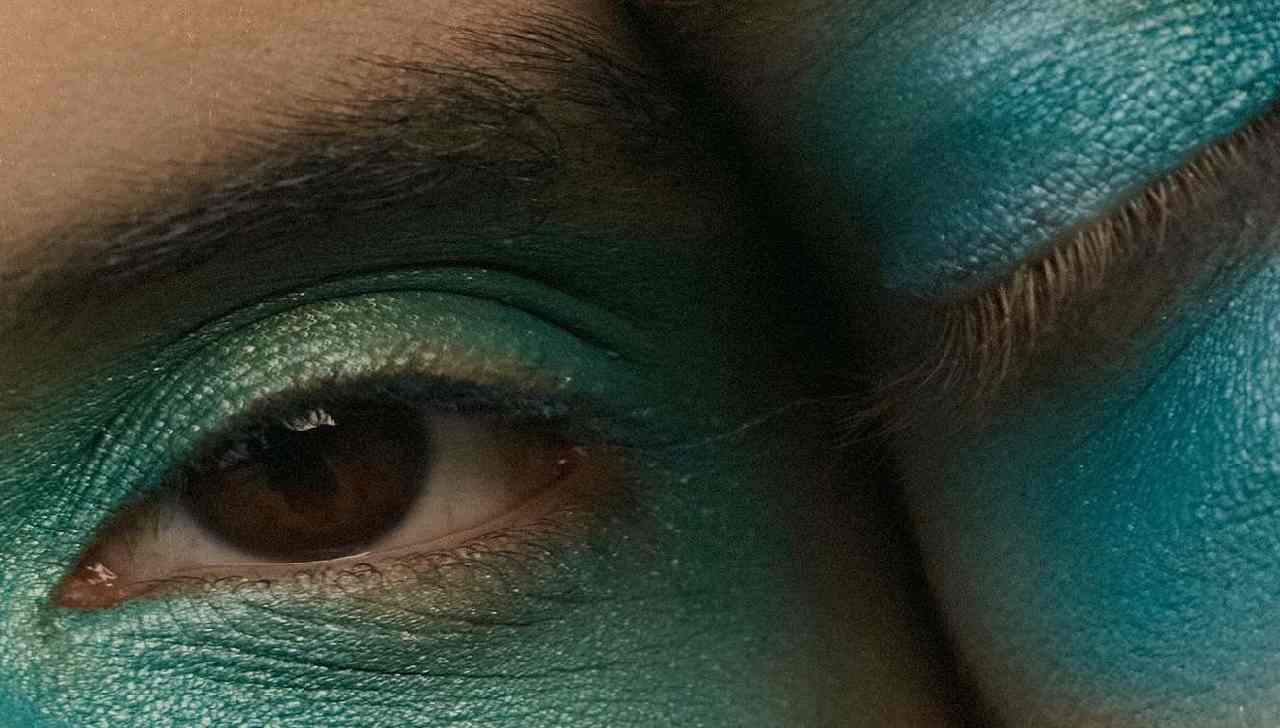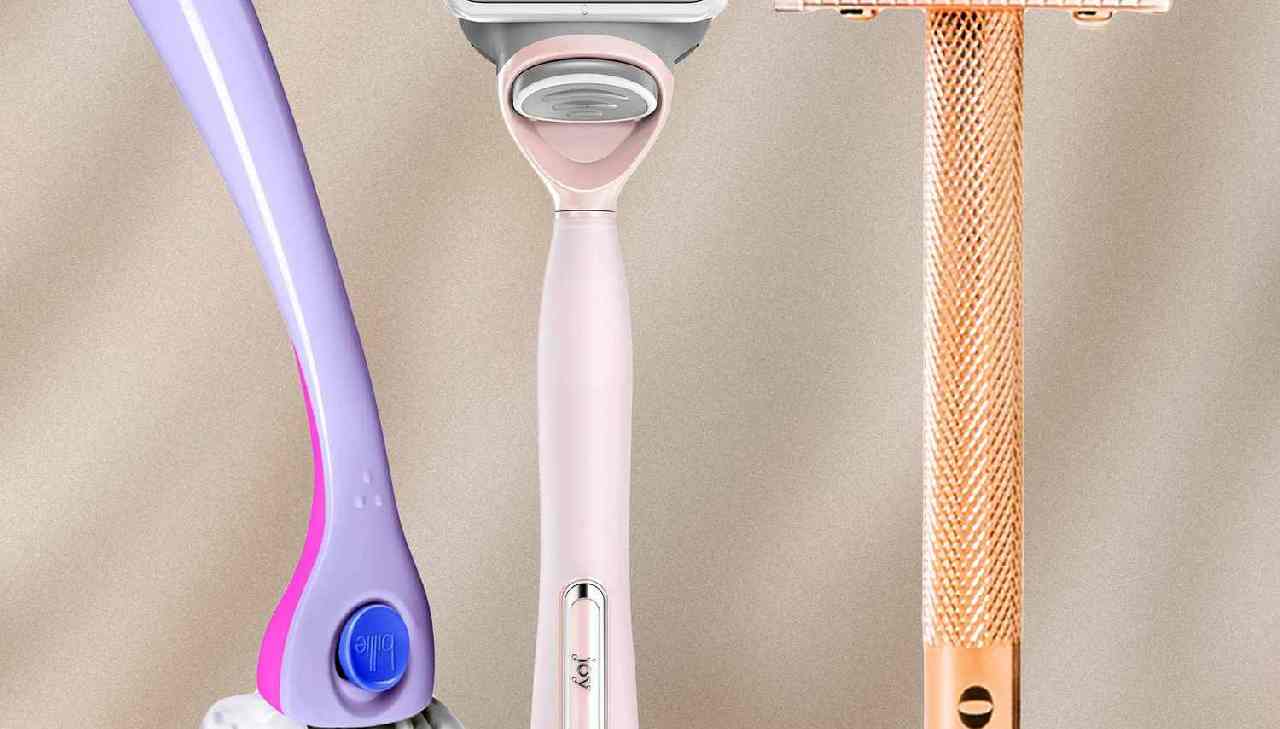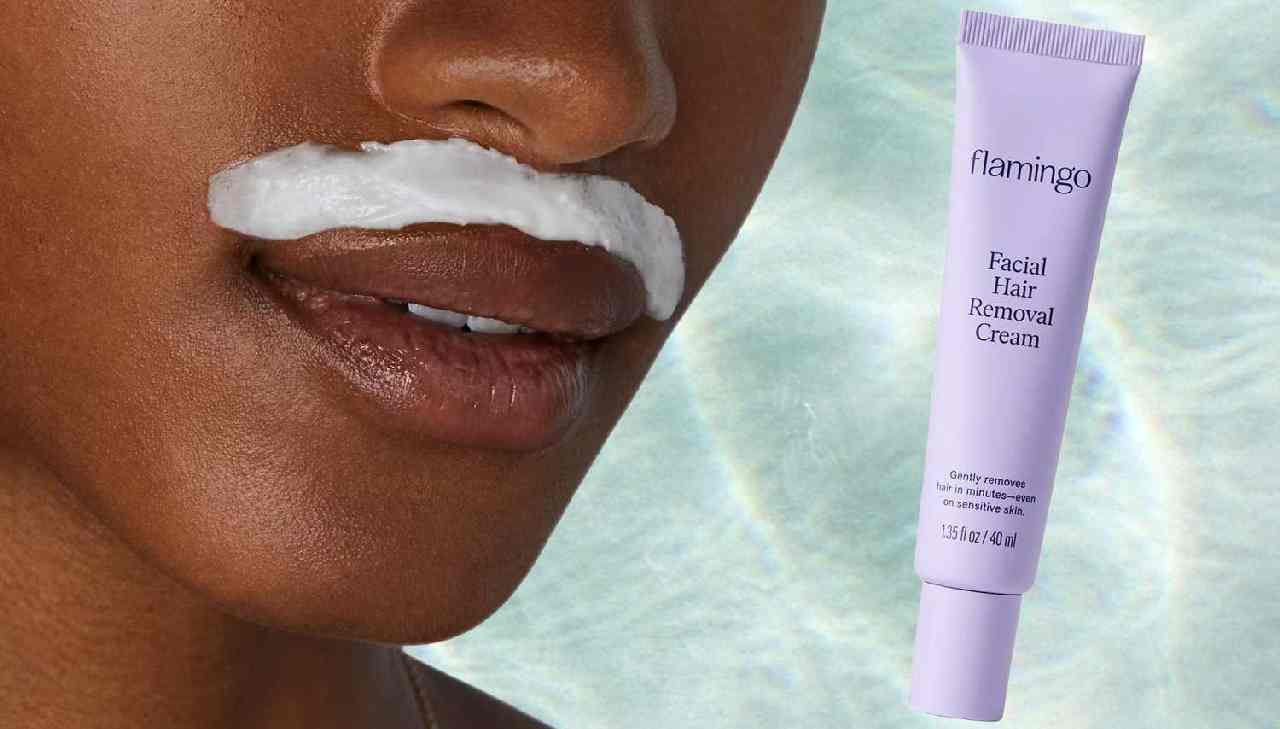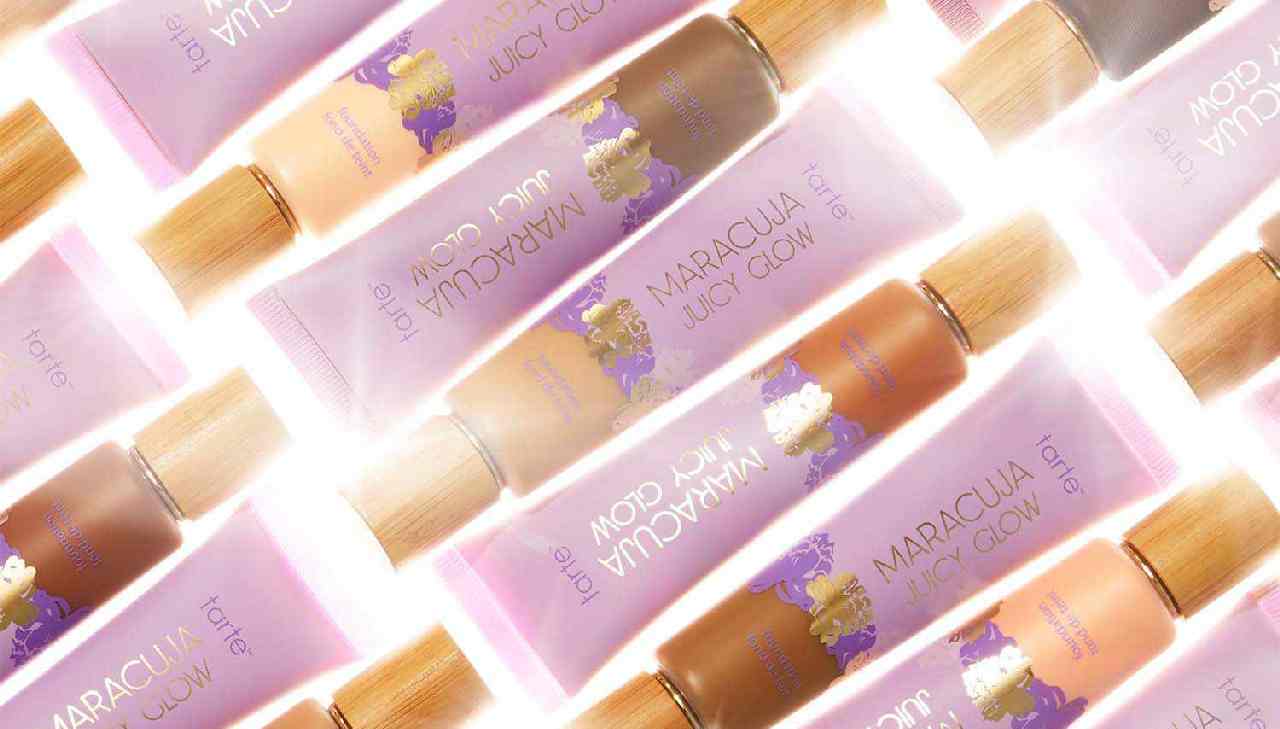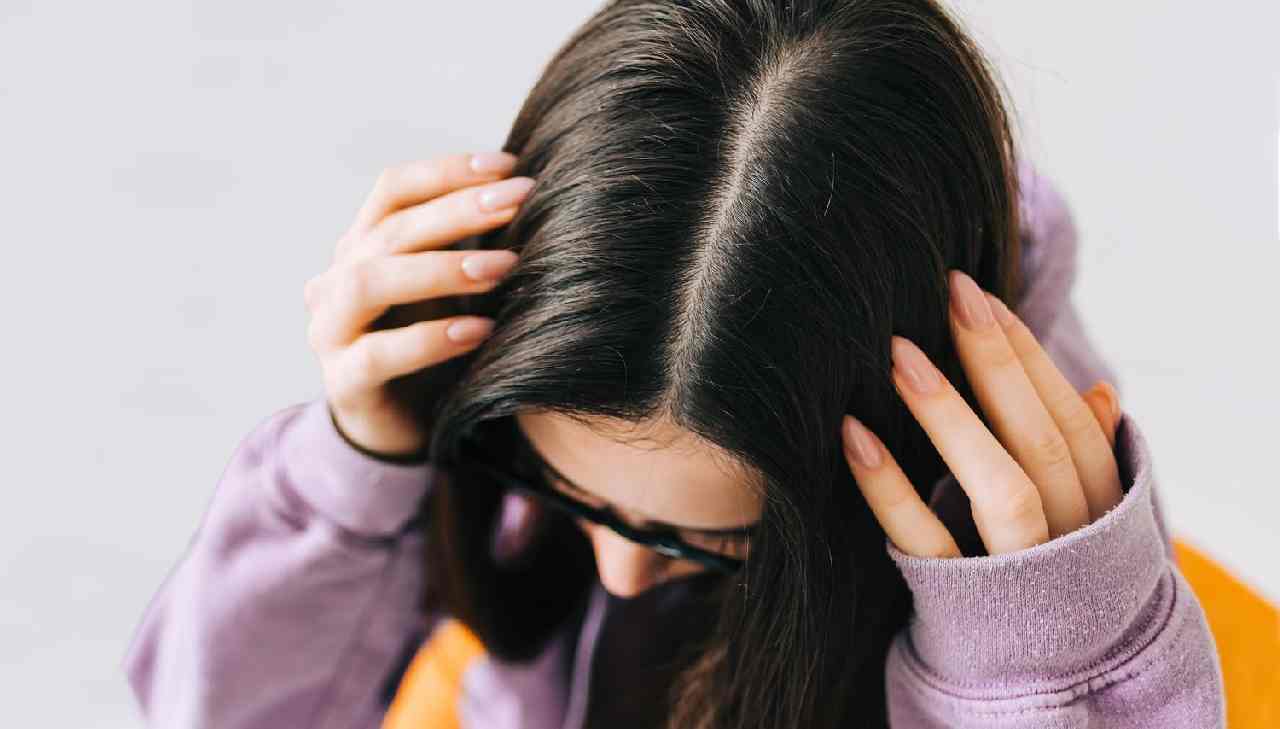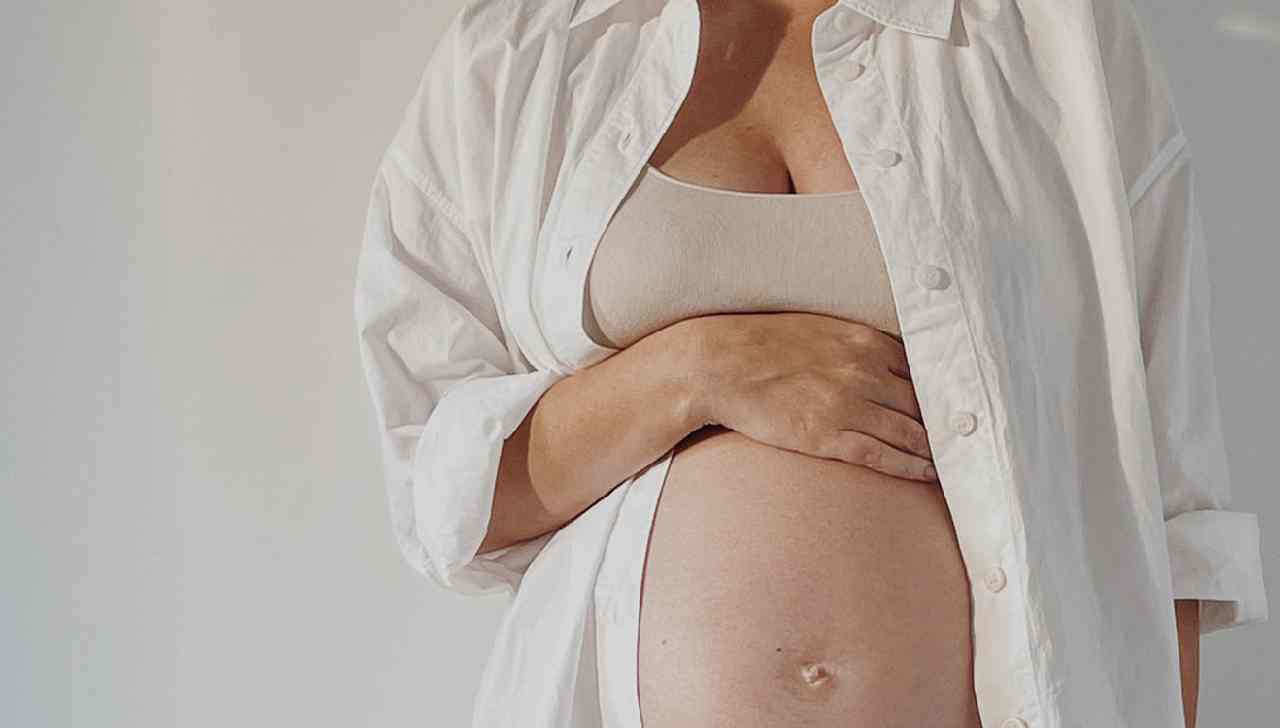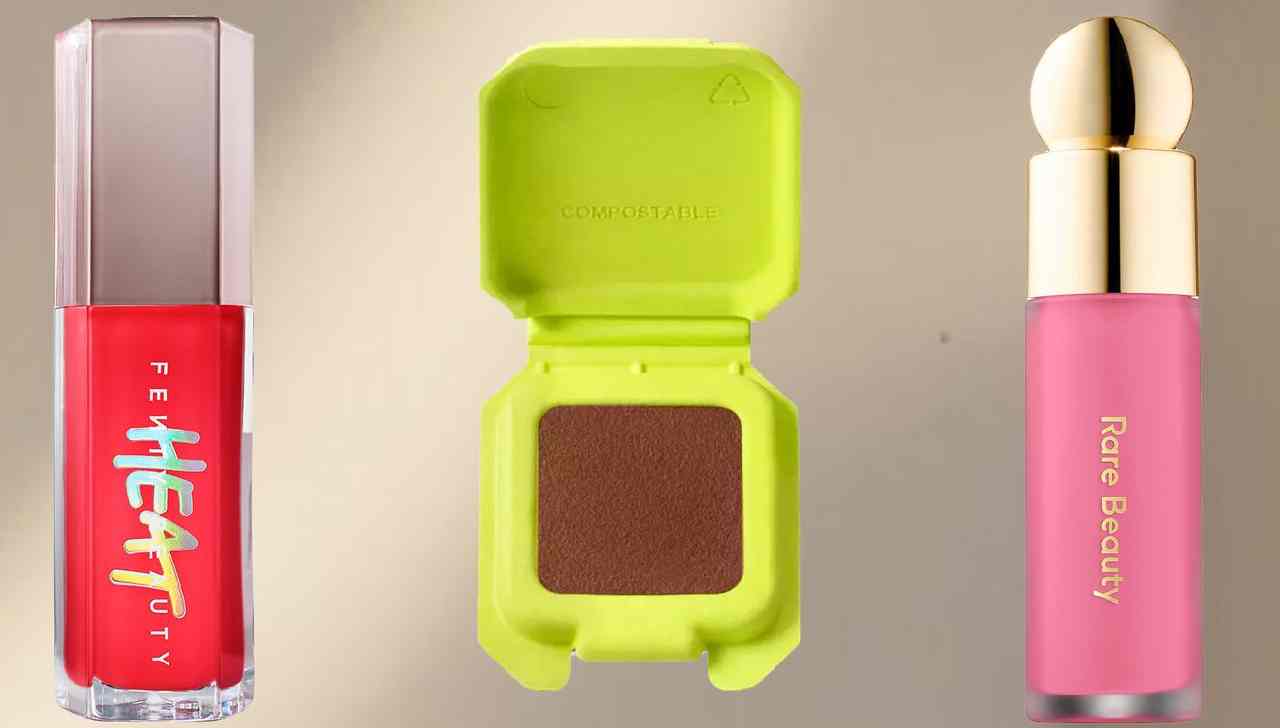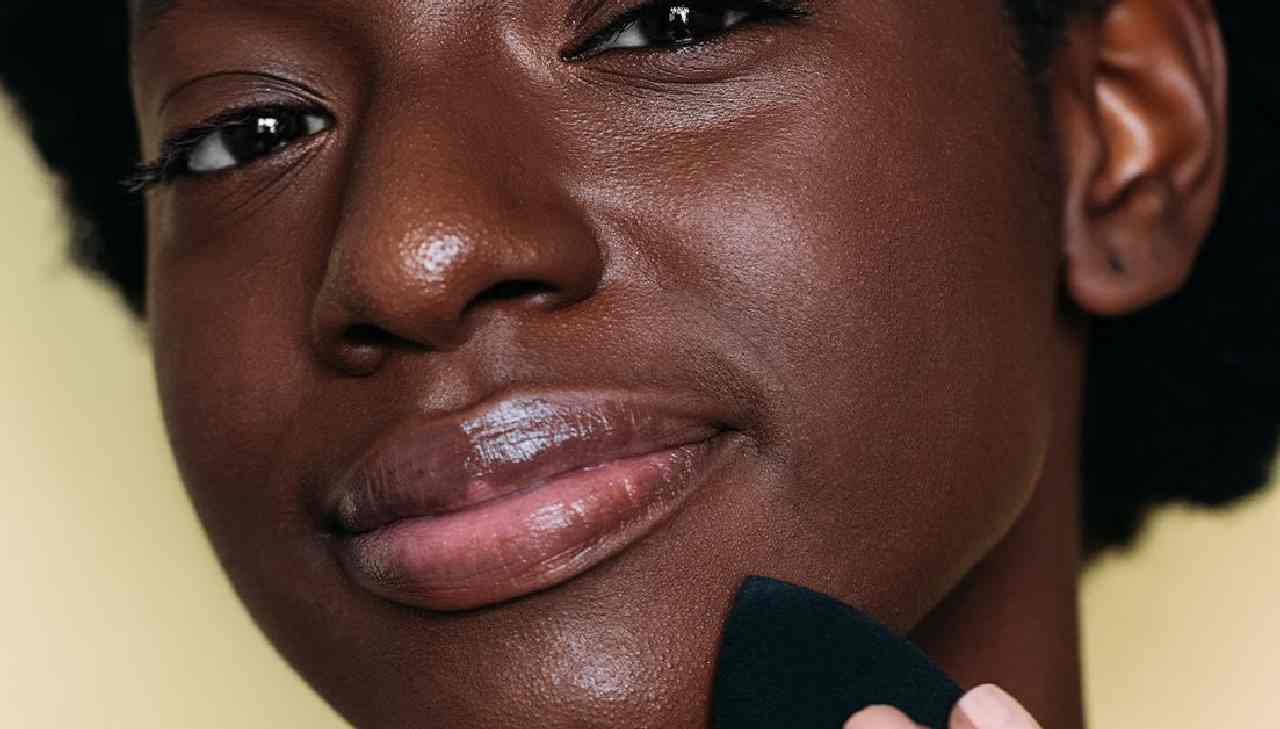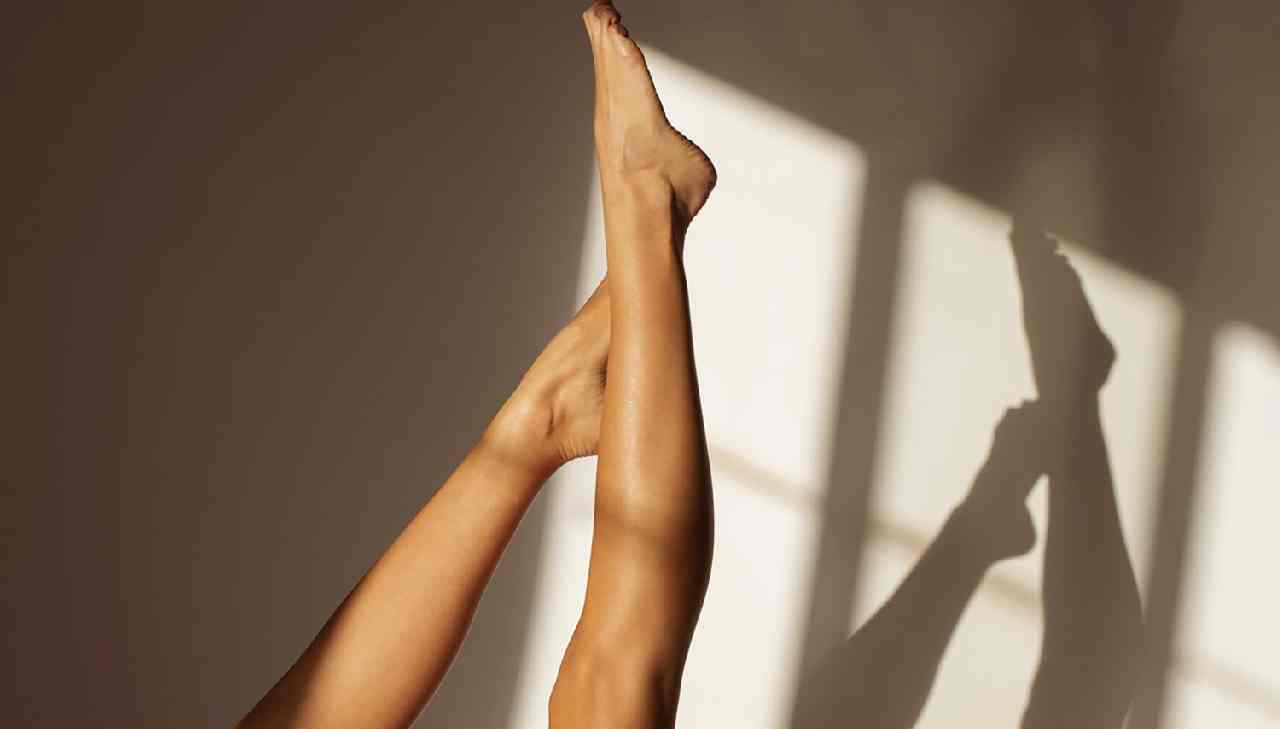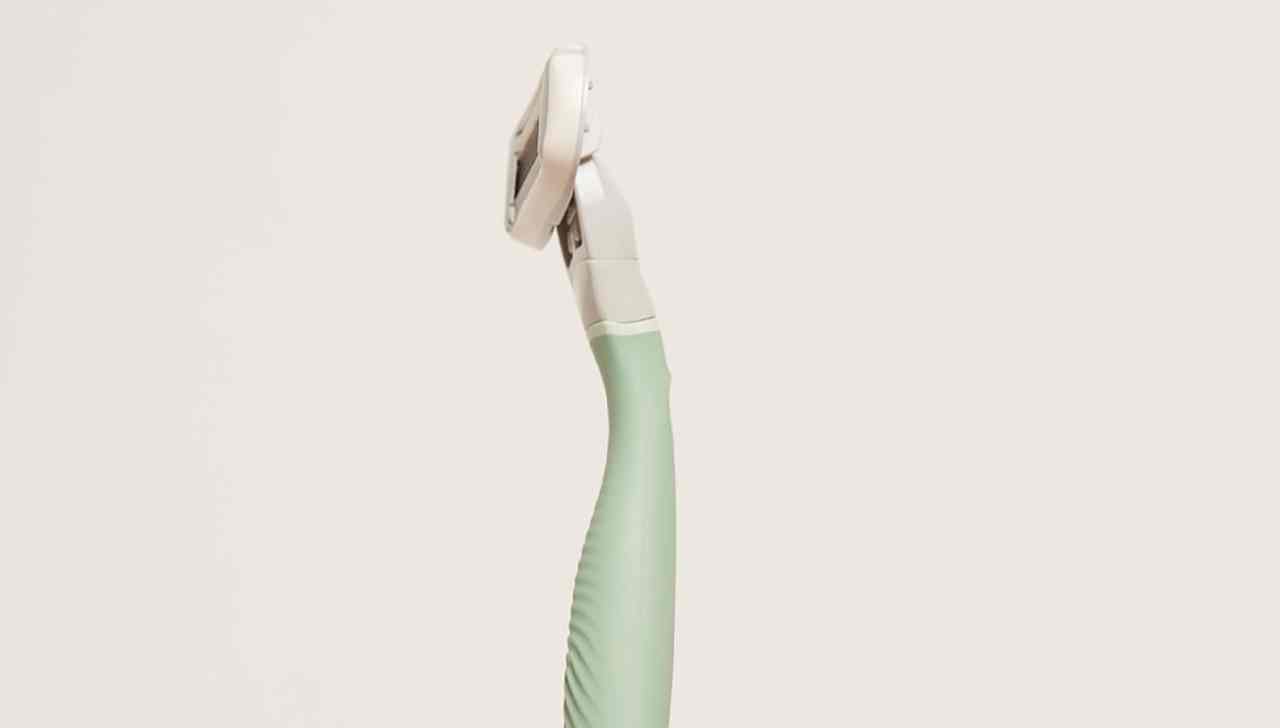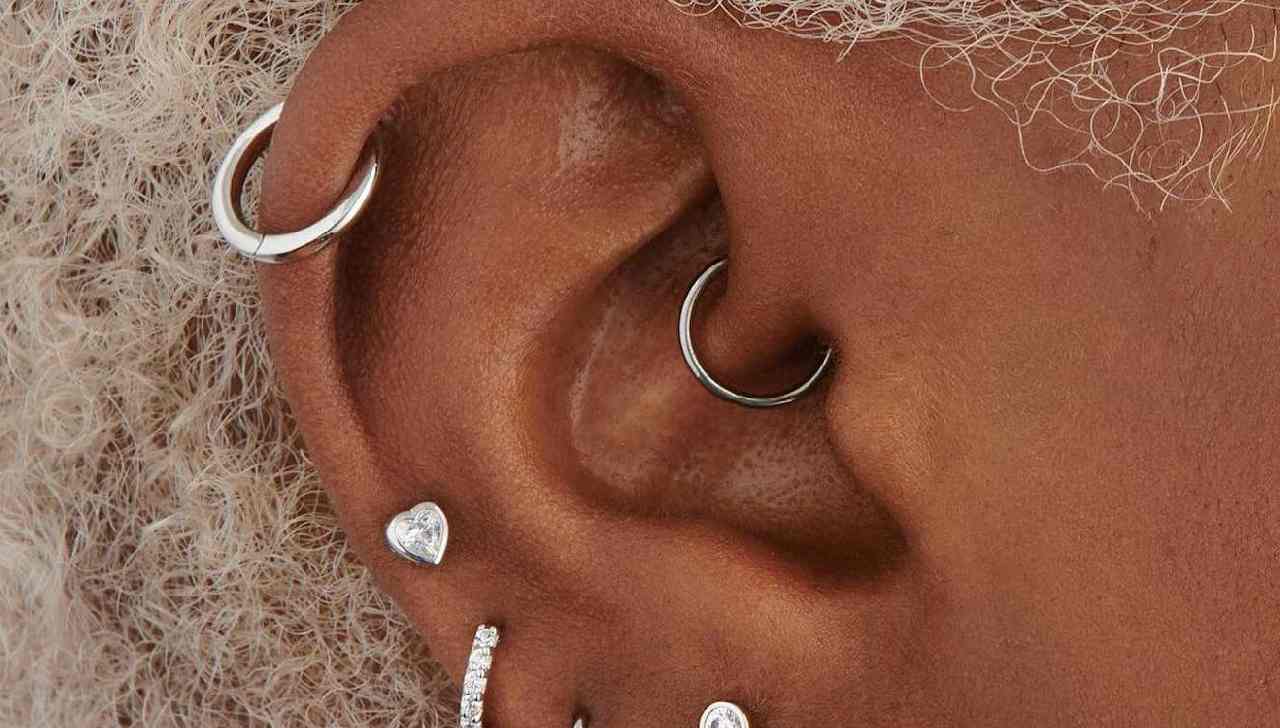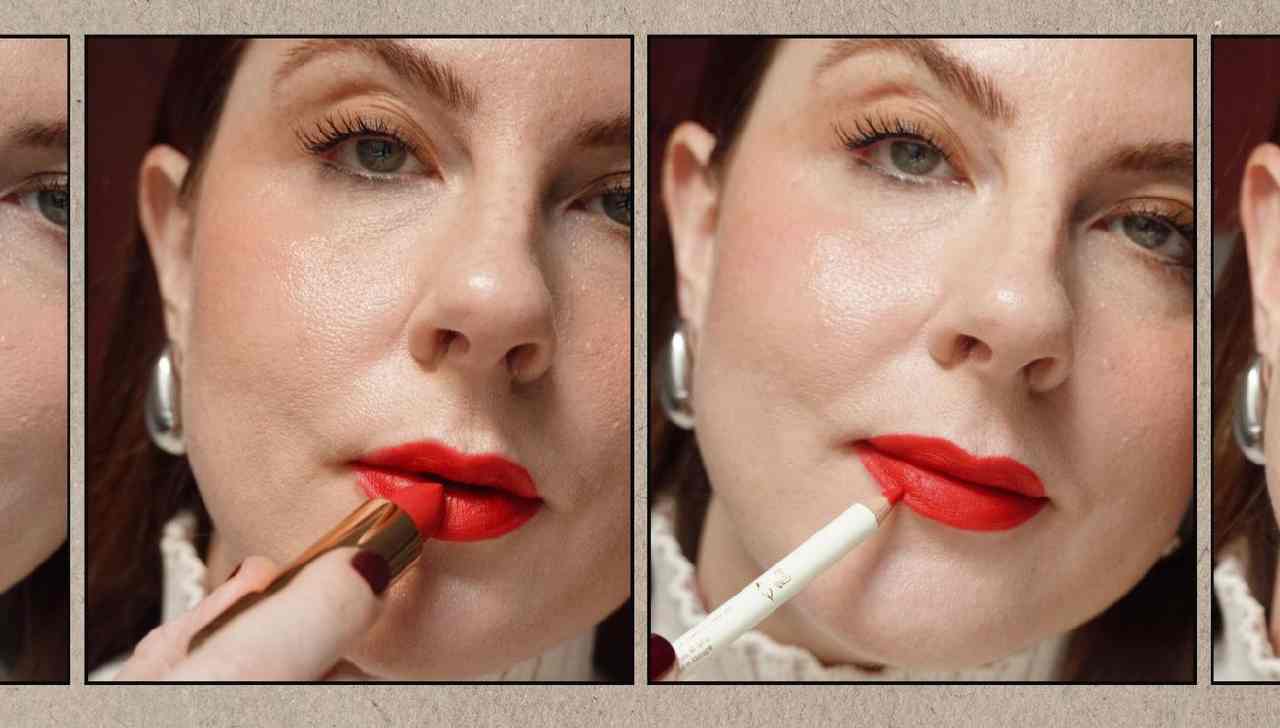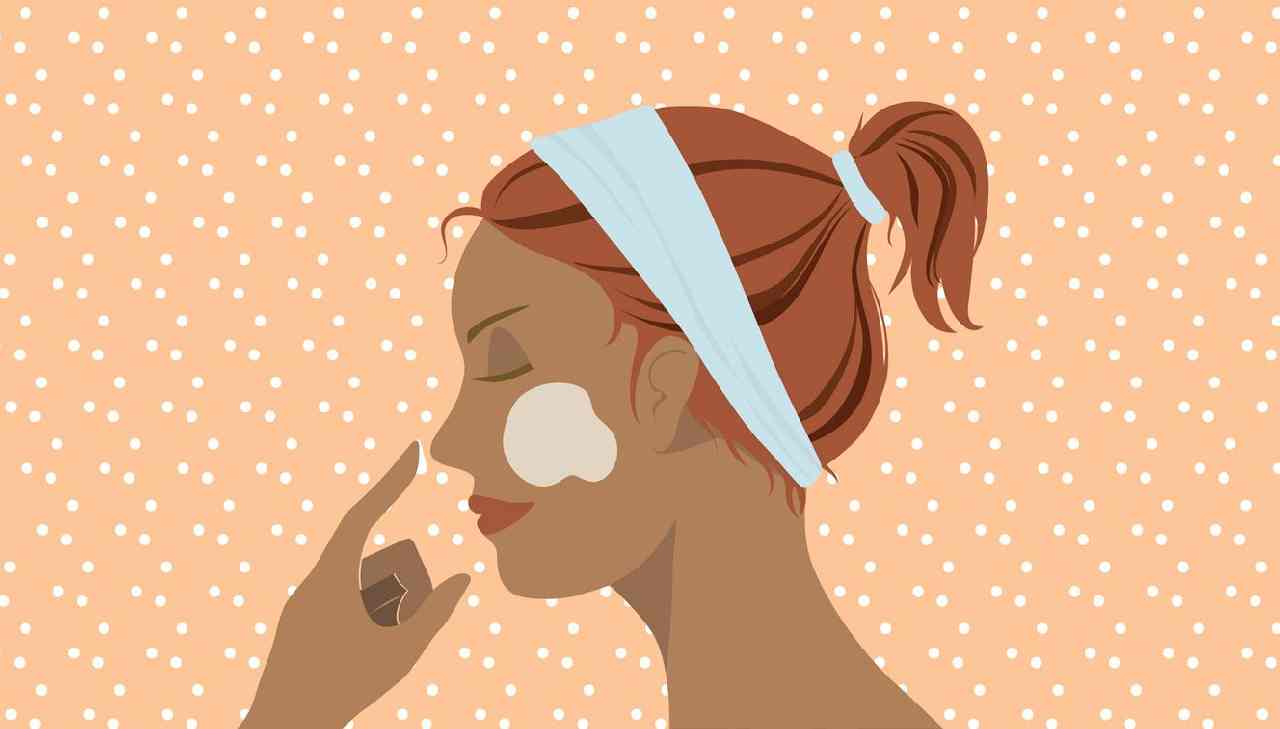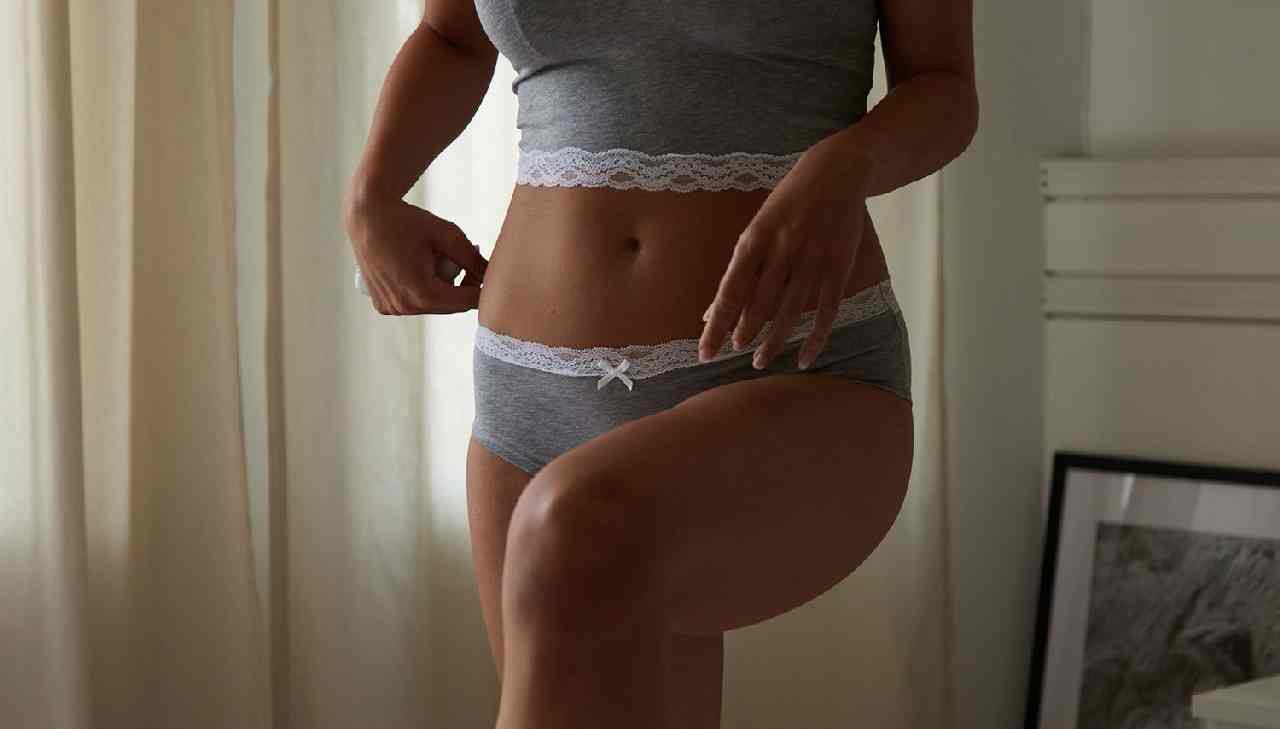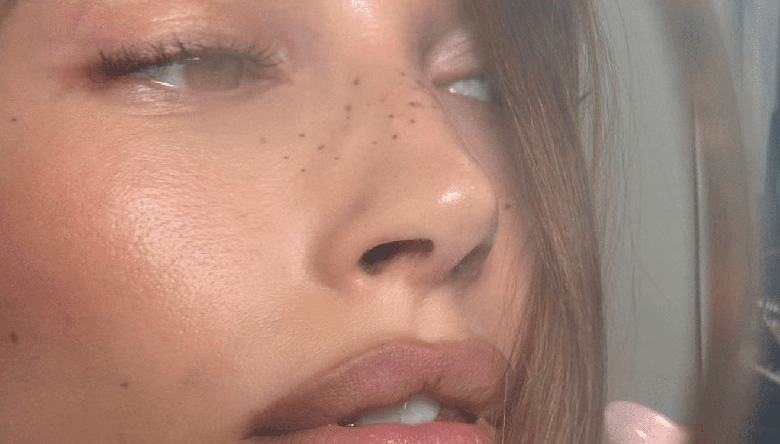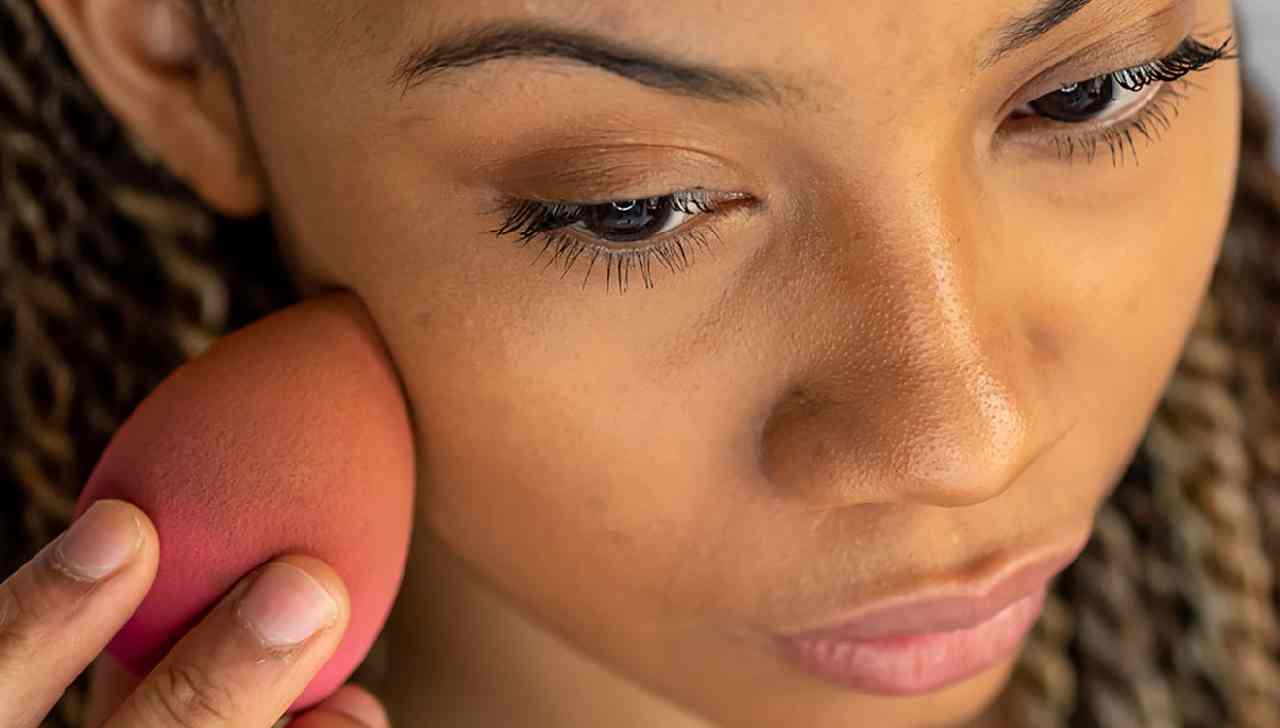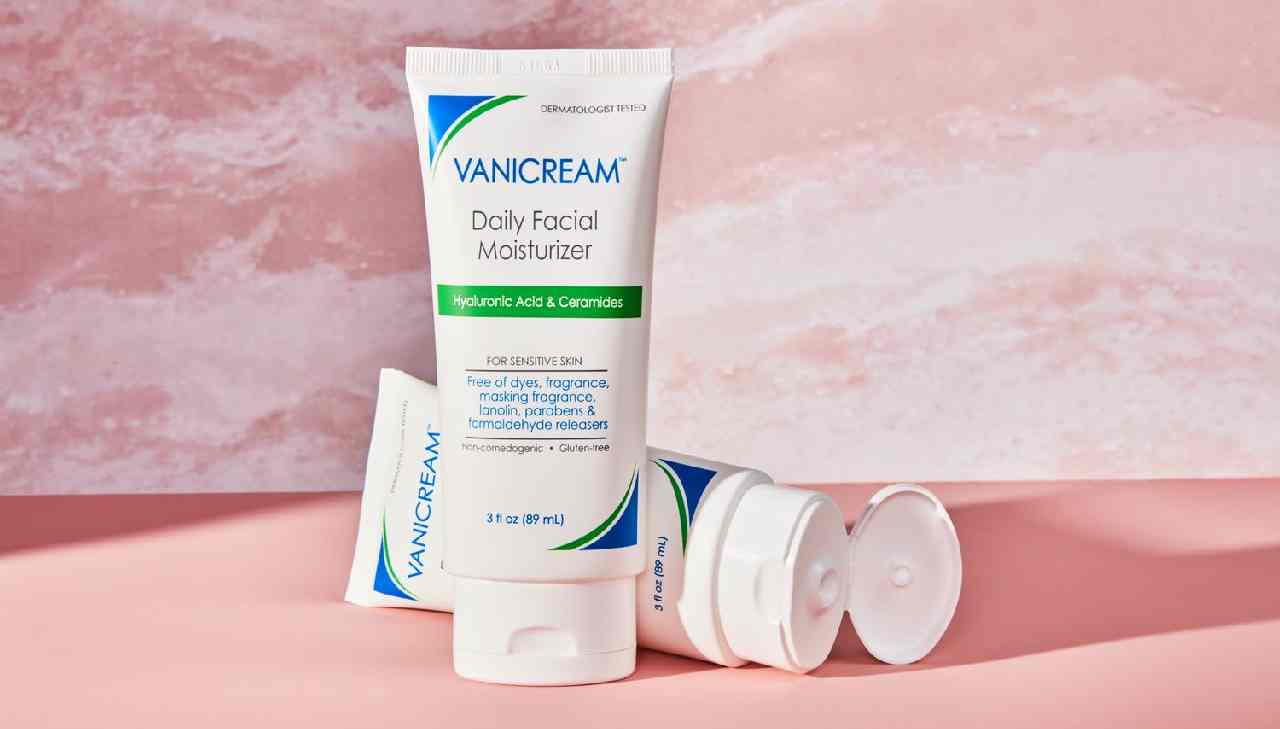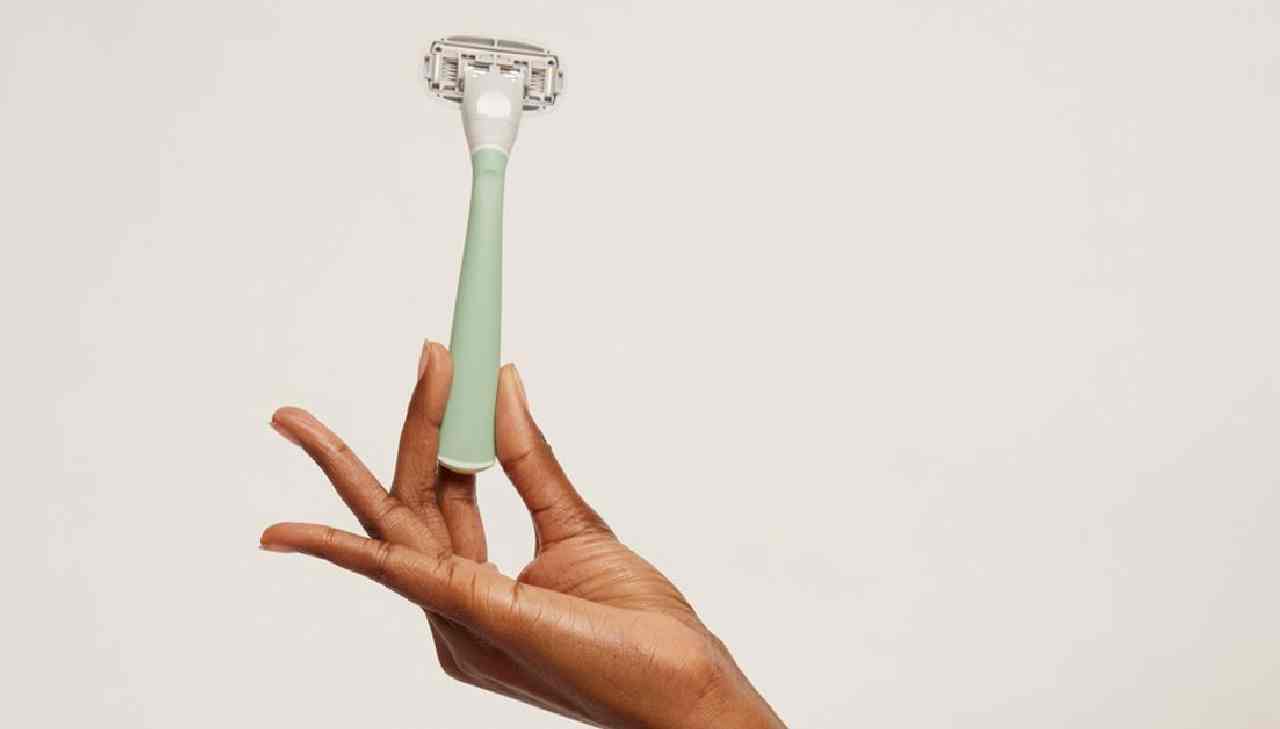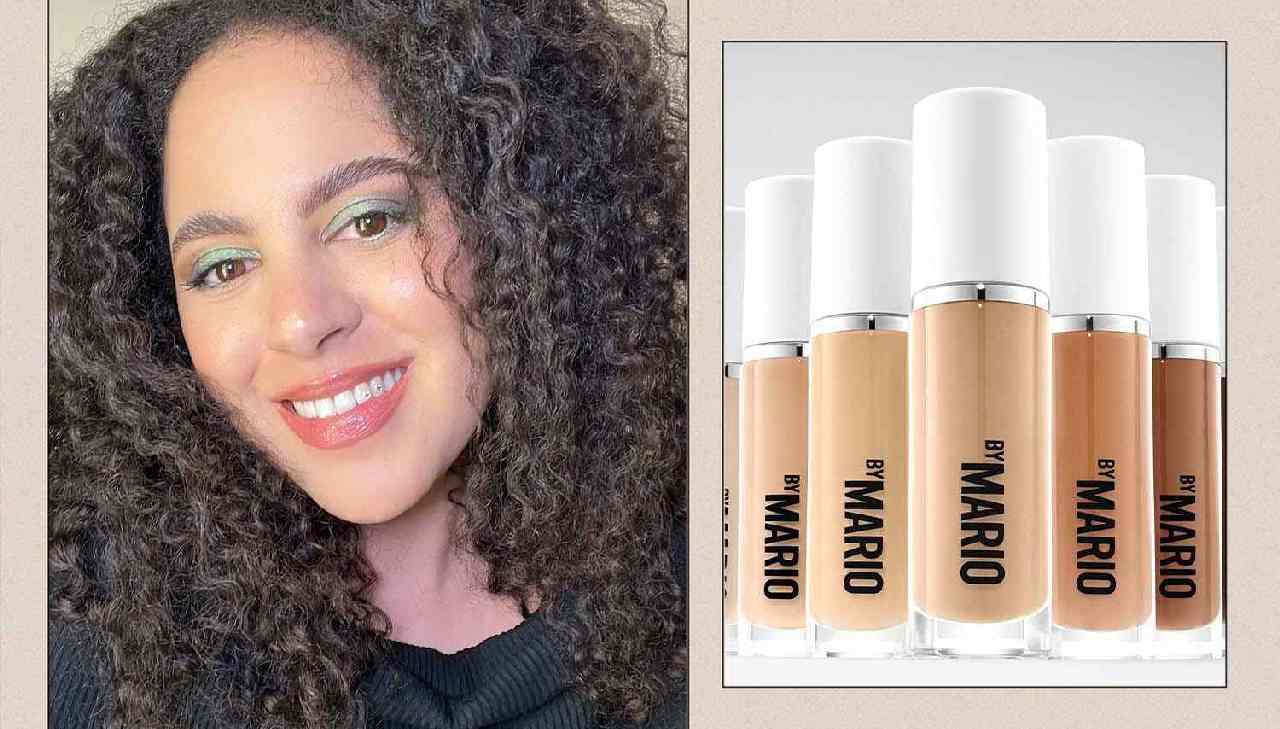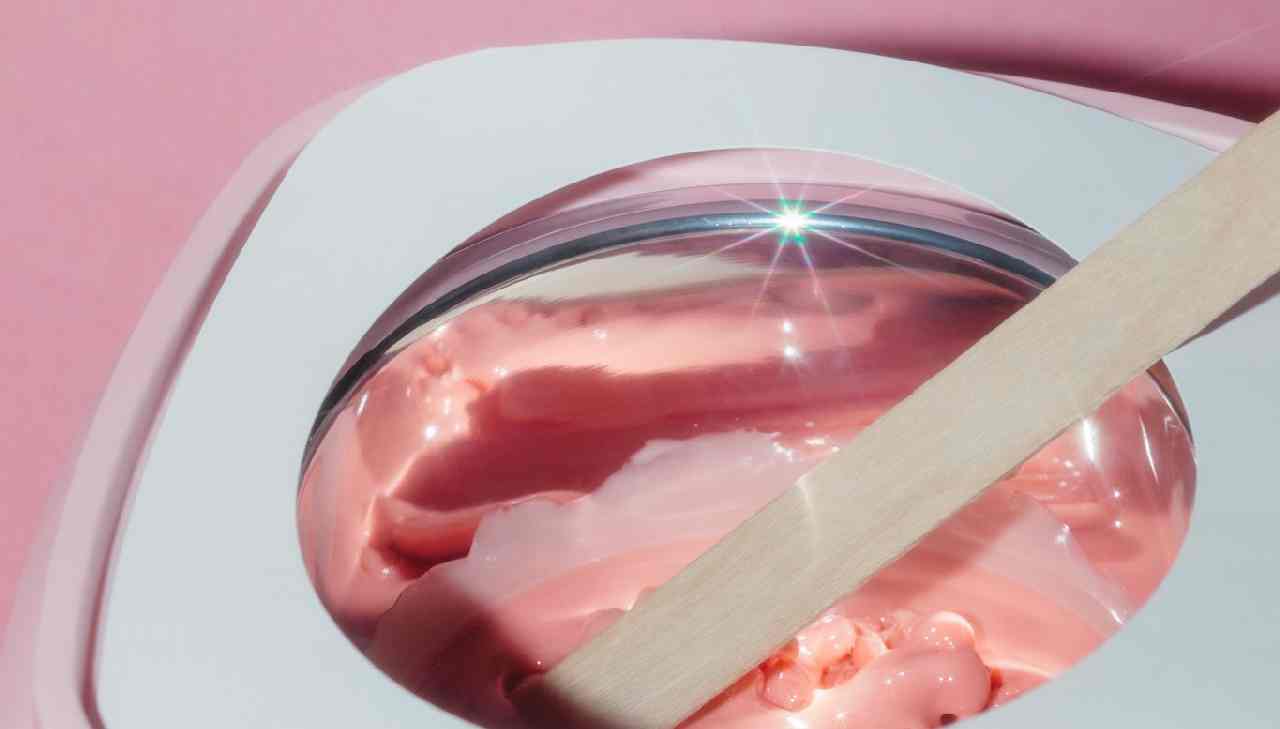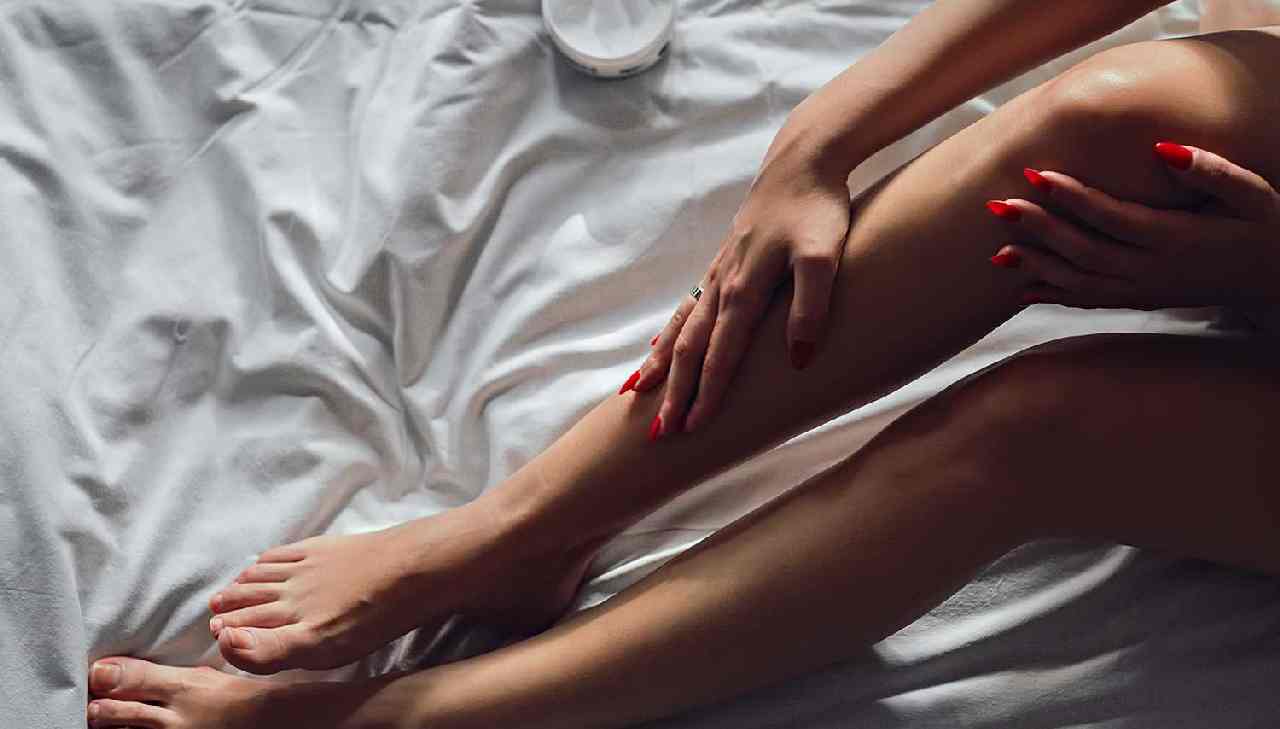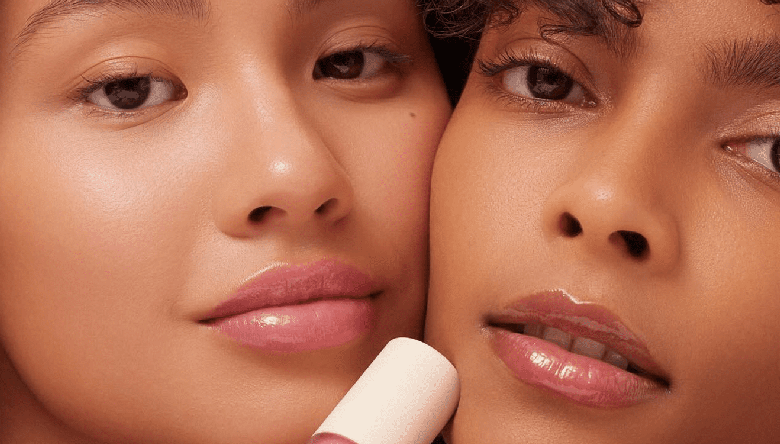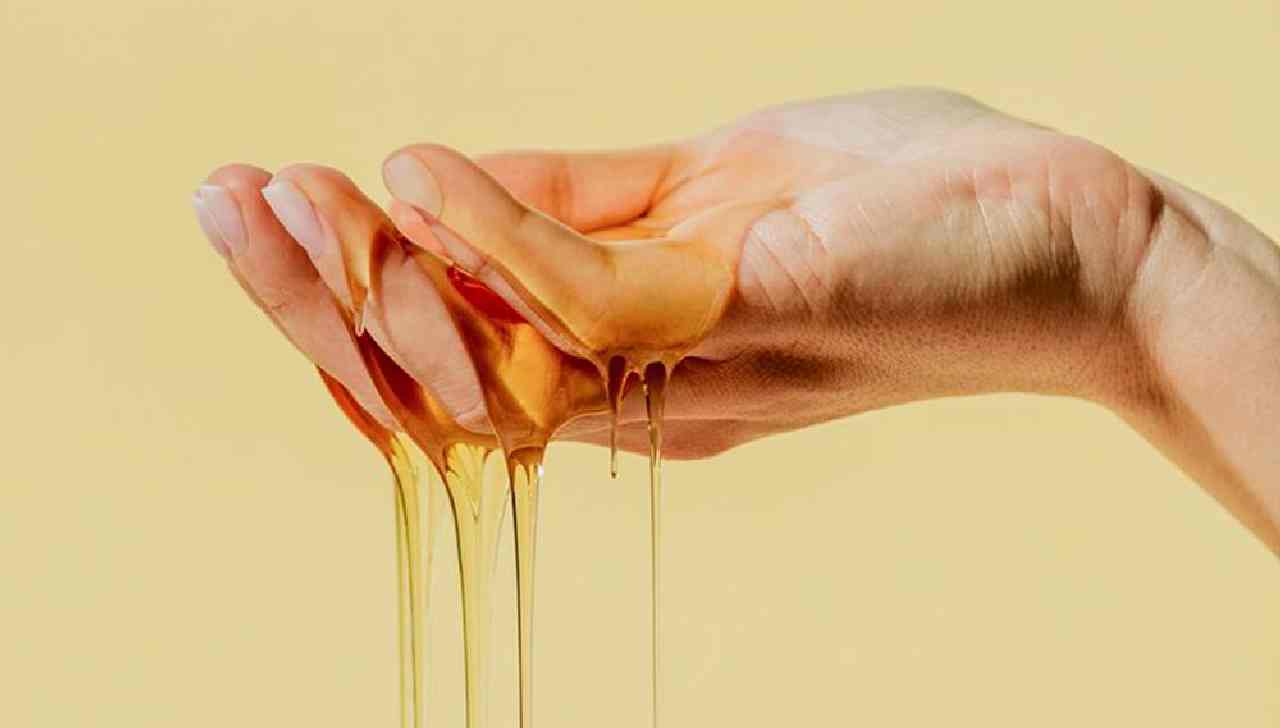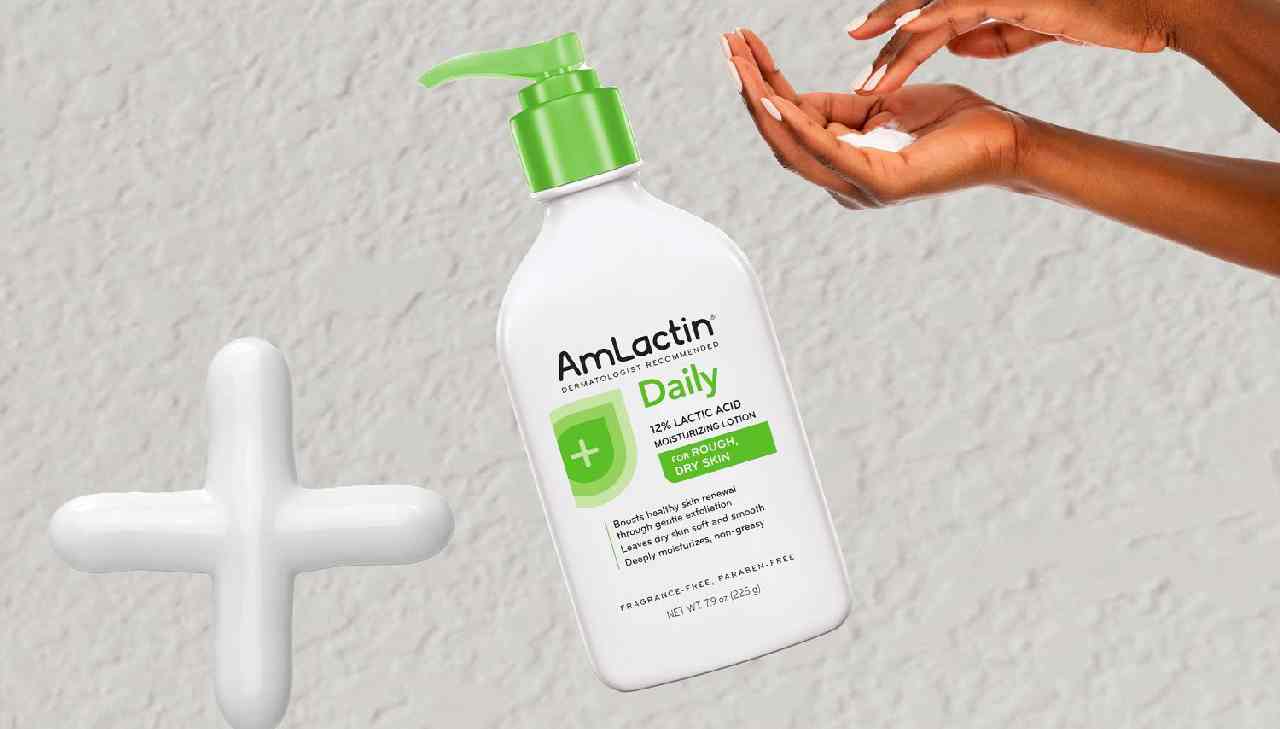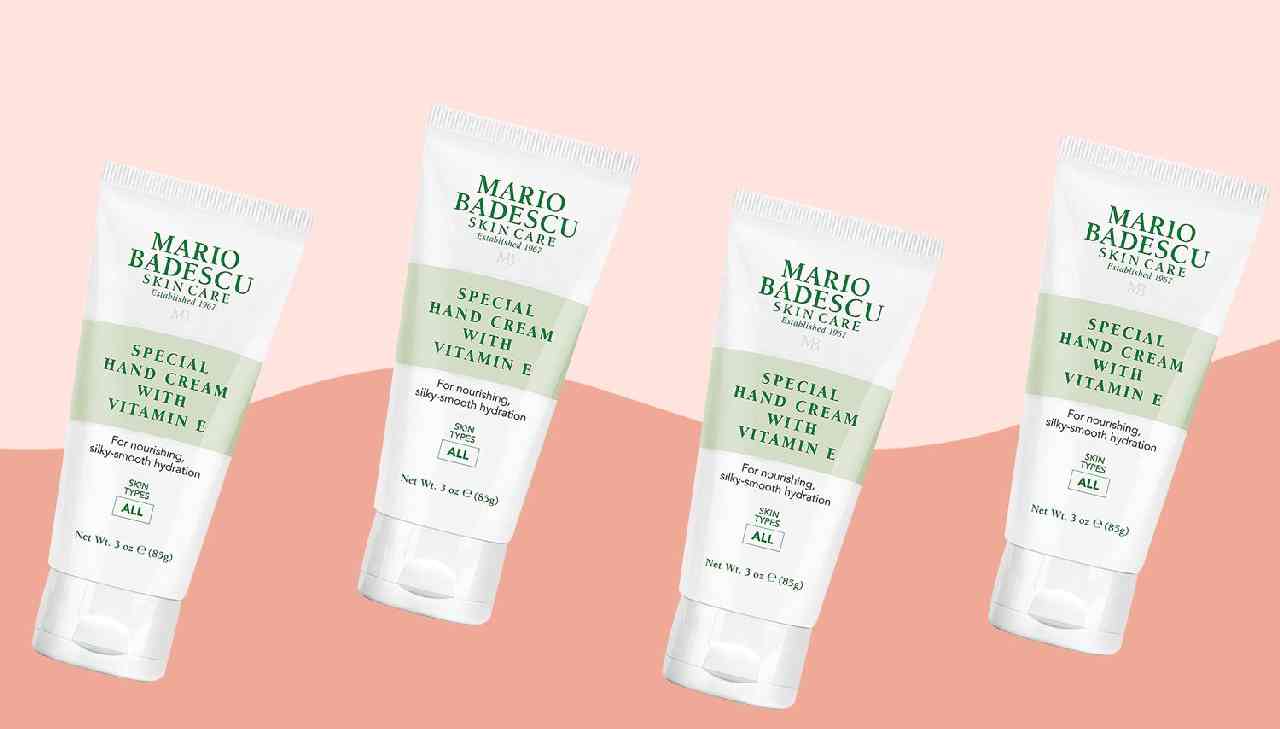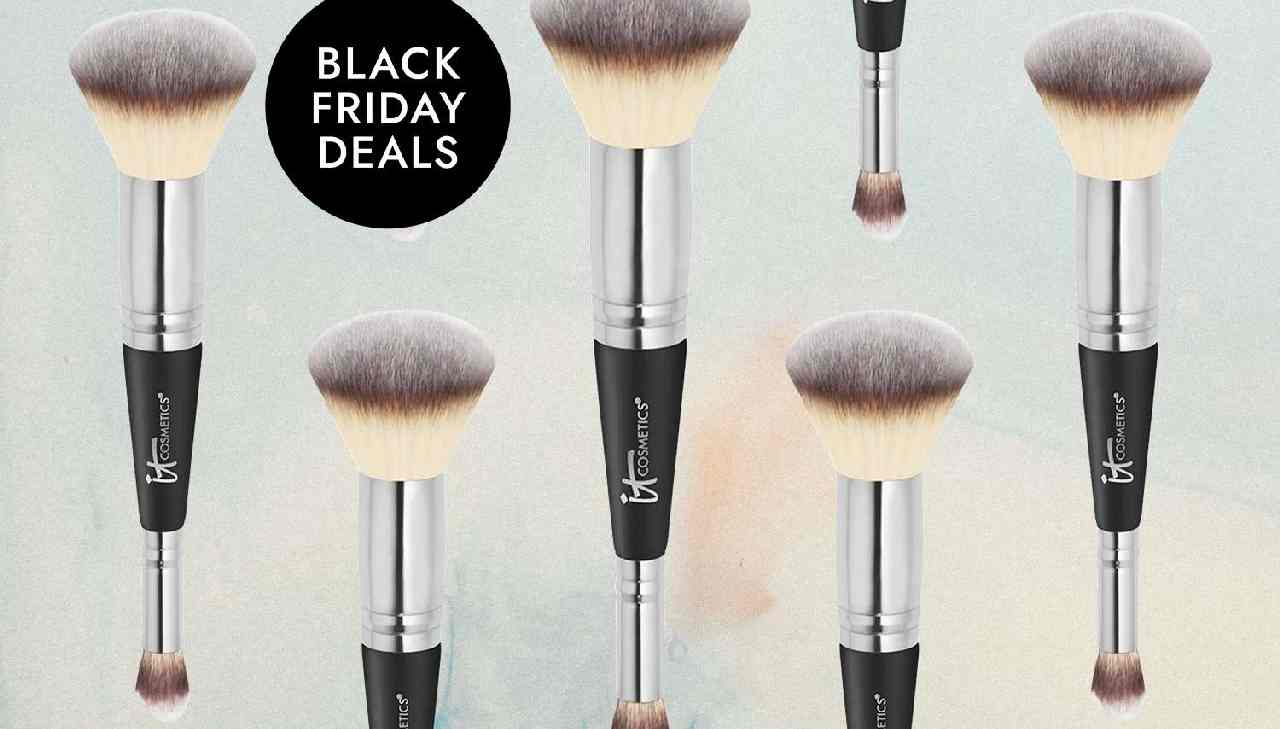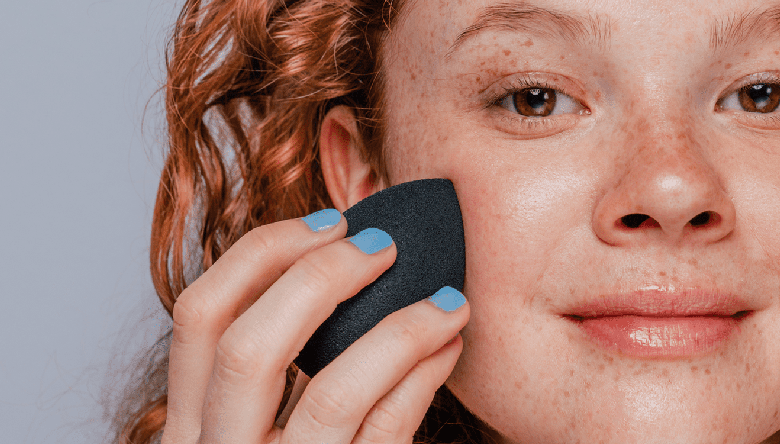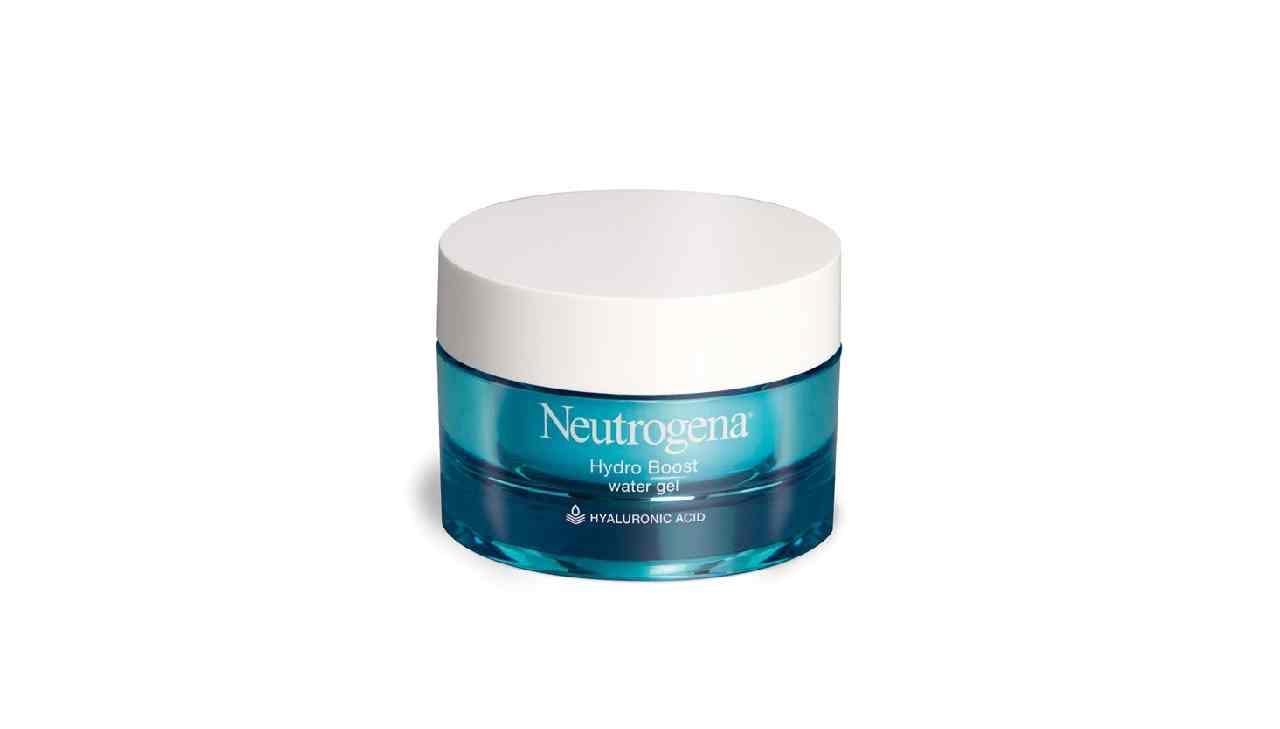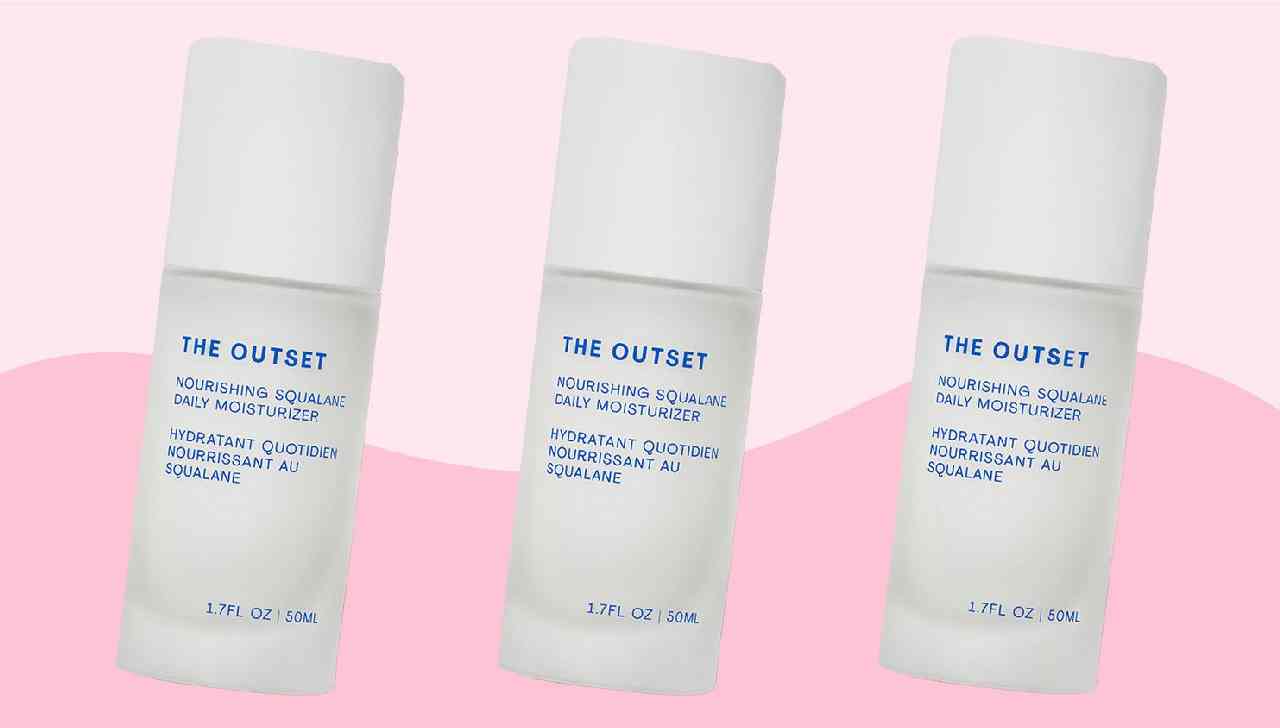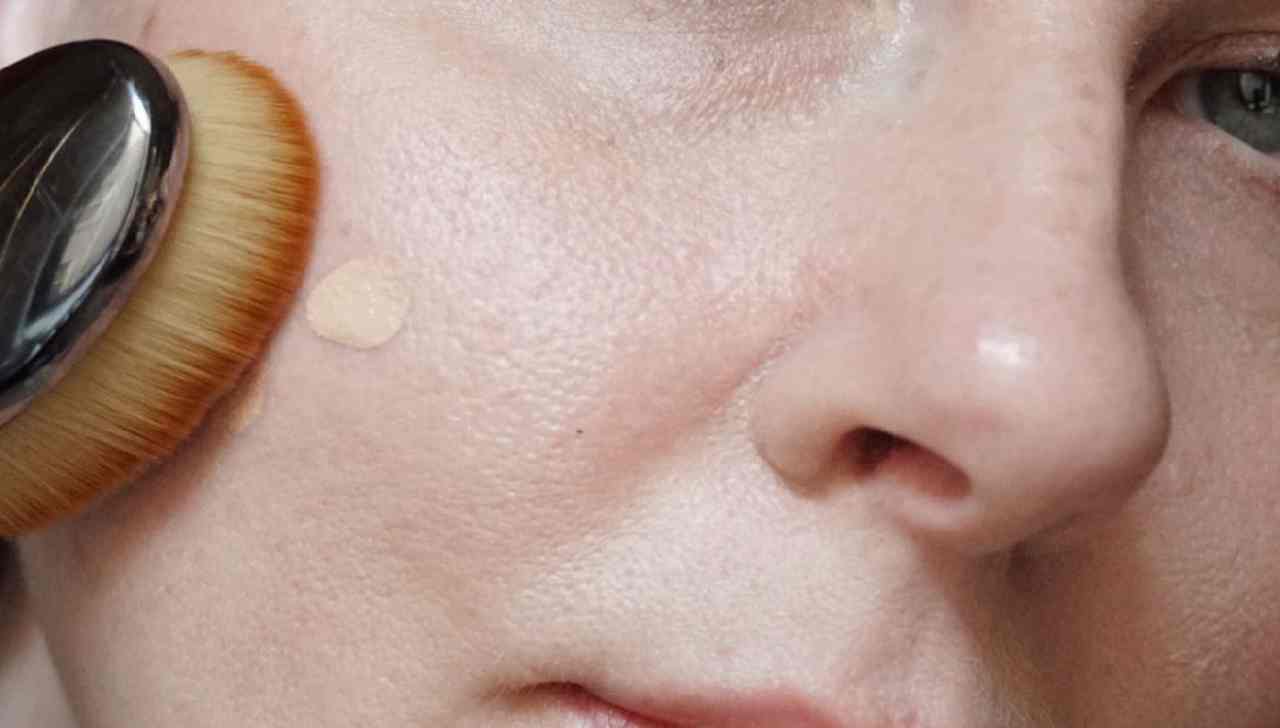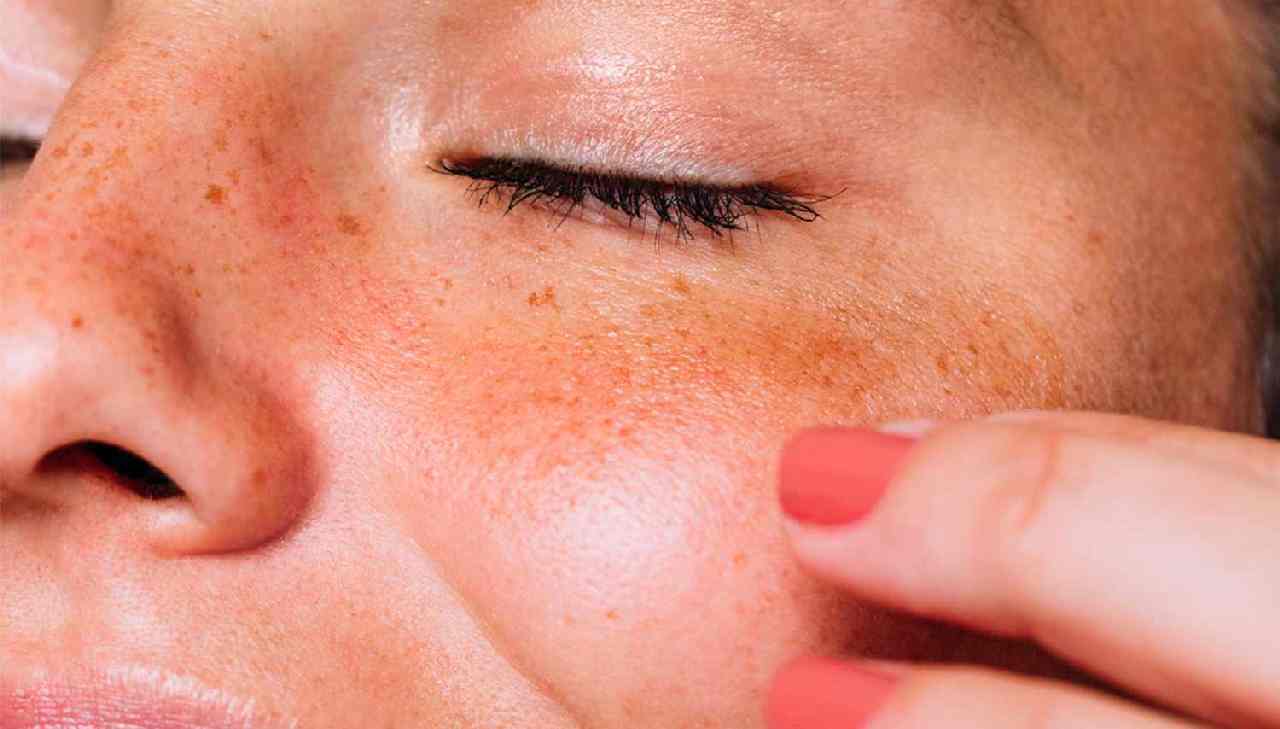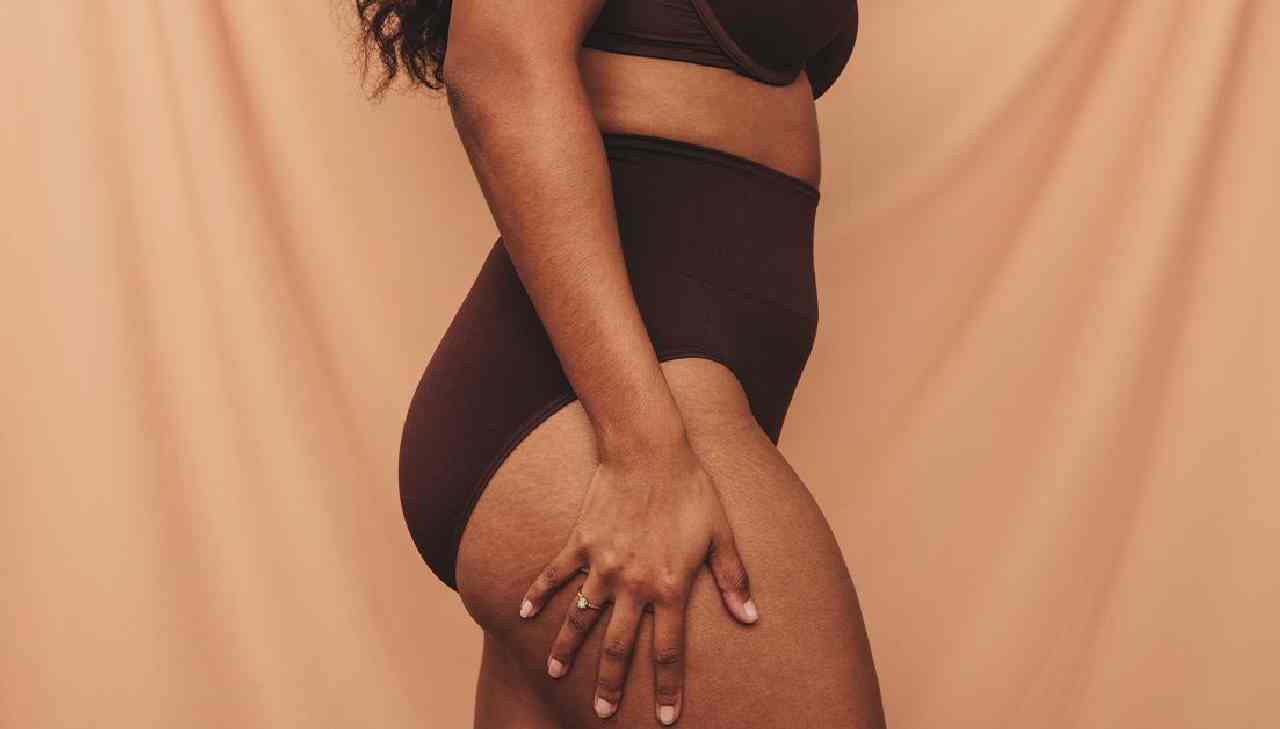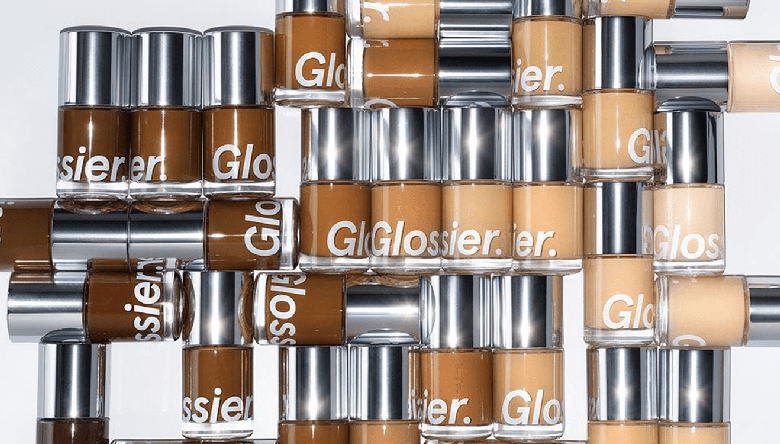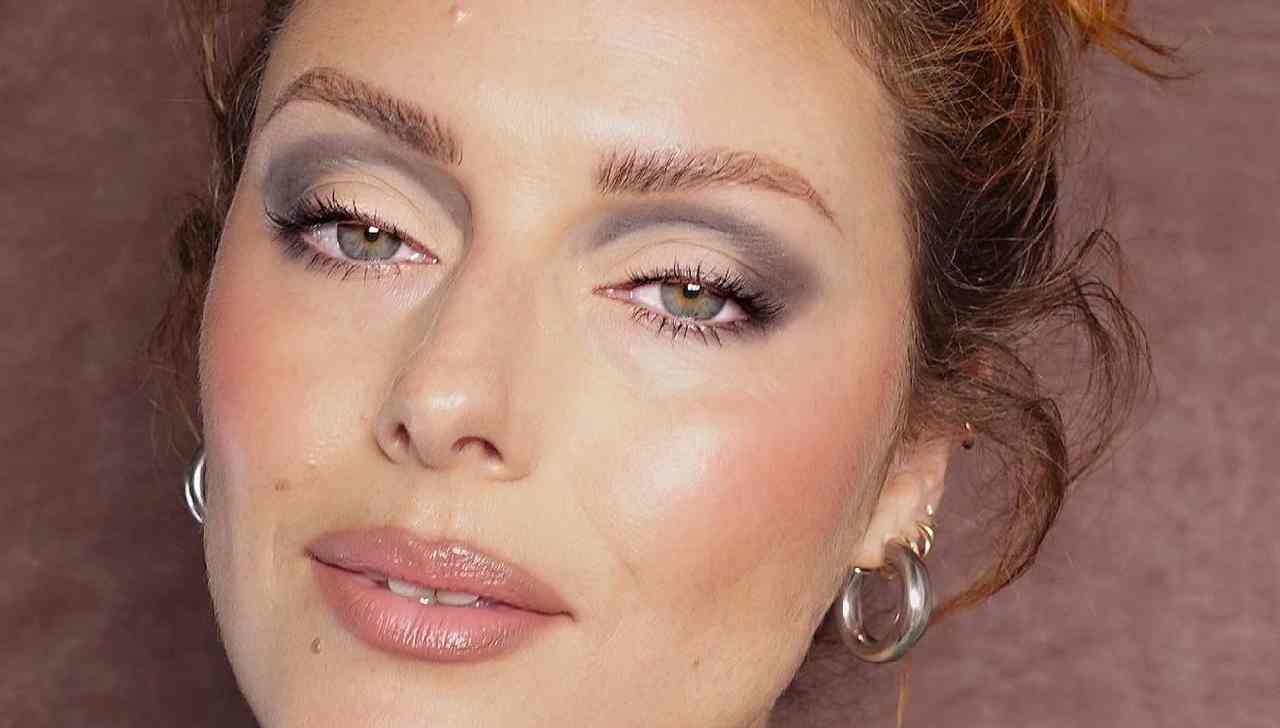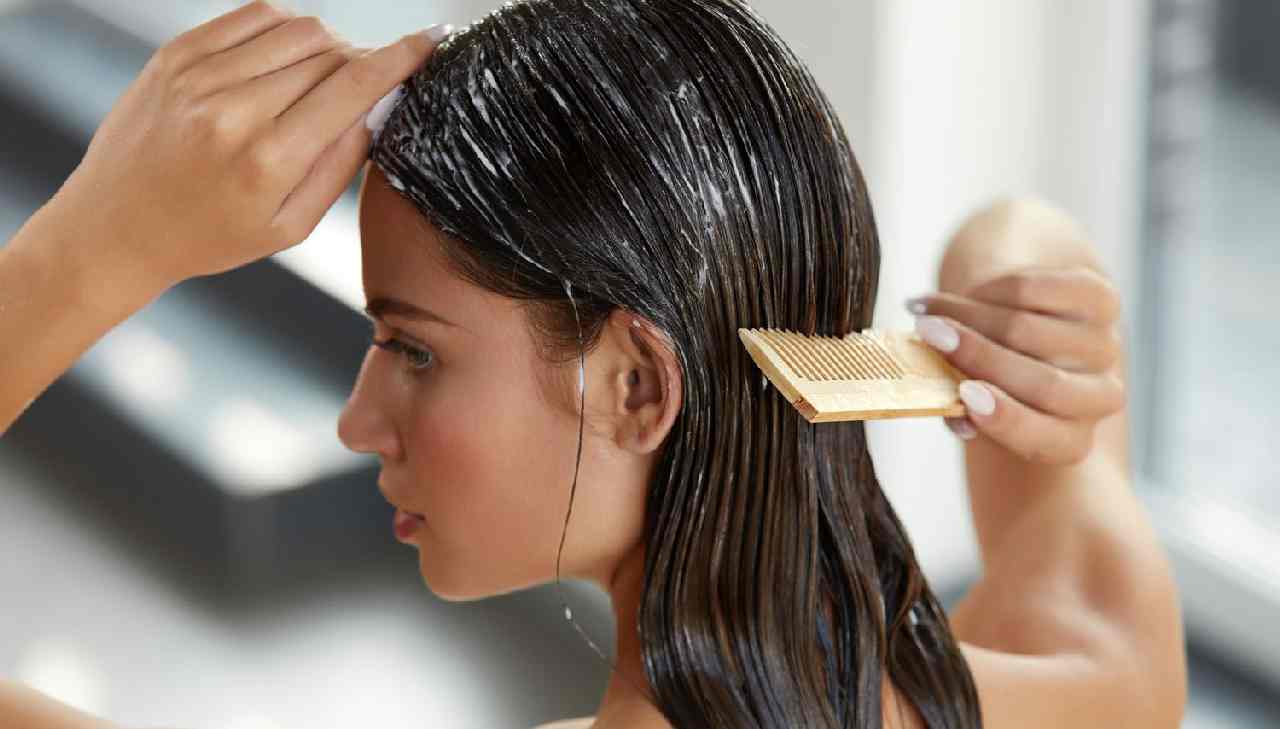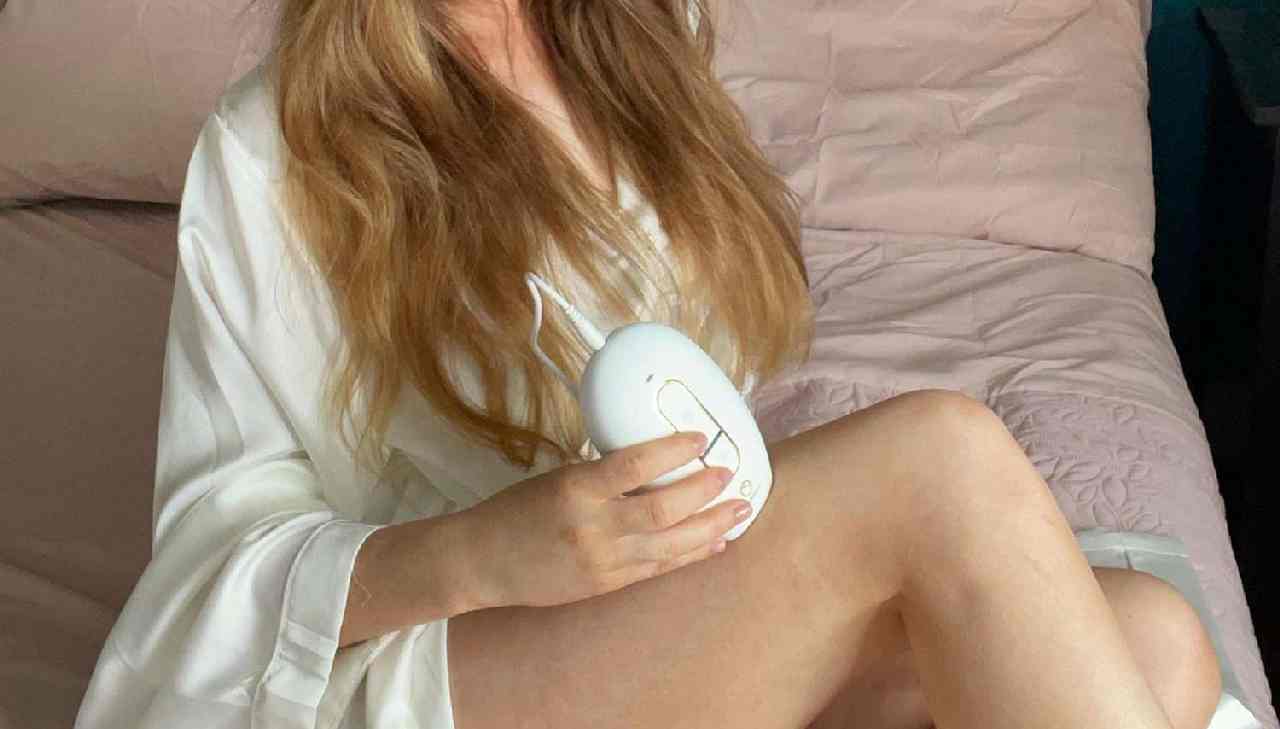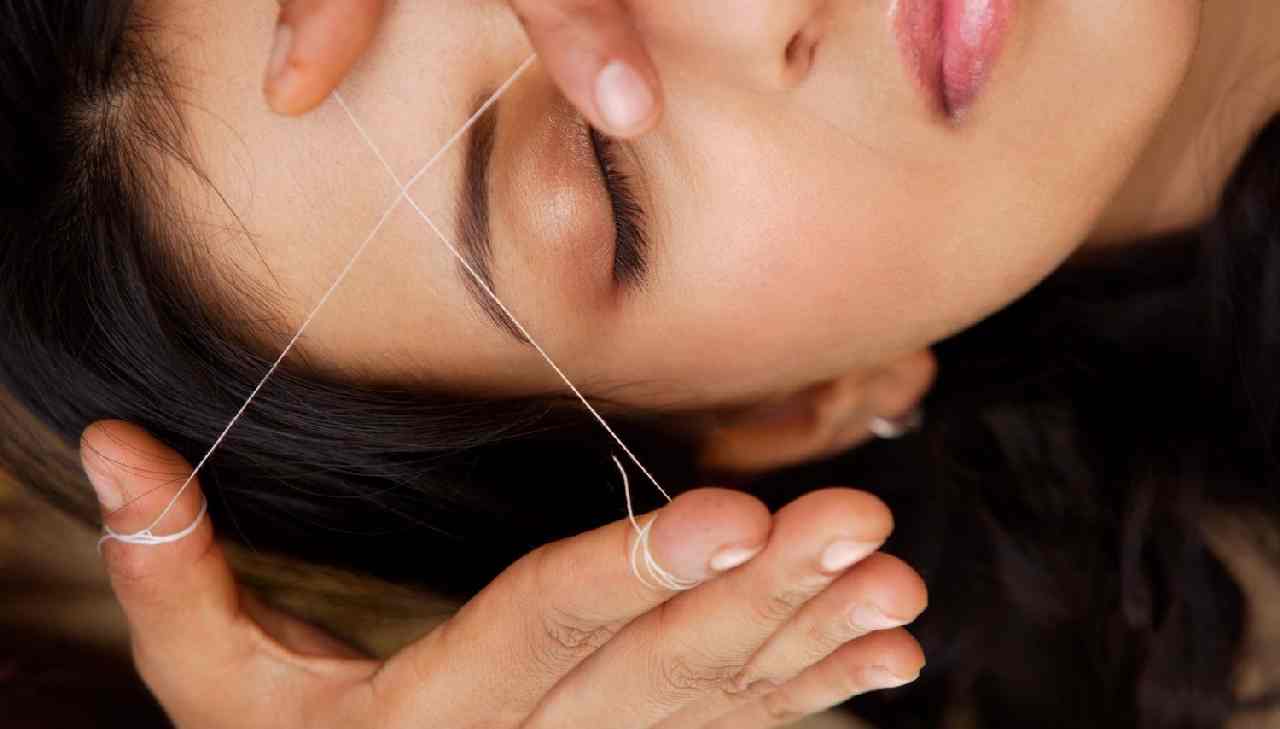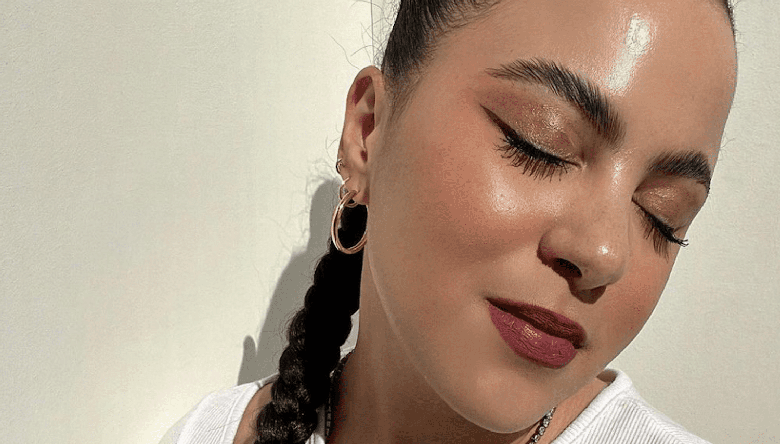Urea Is a Blessing For Dry, Scaly Skin– Below’s Why
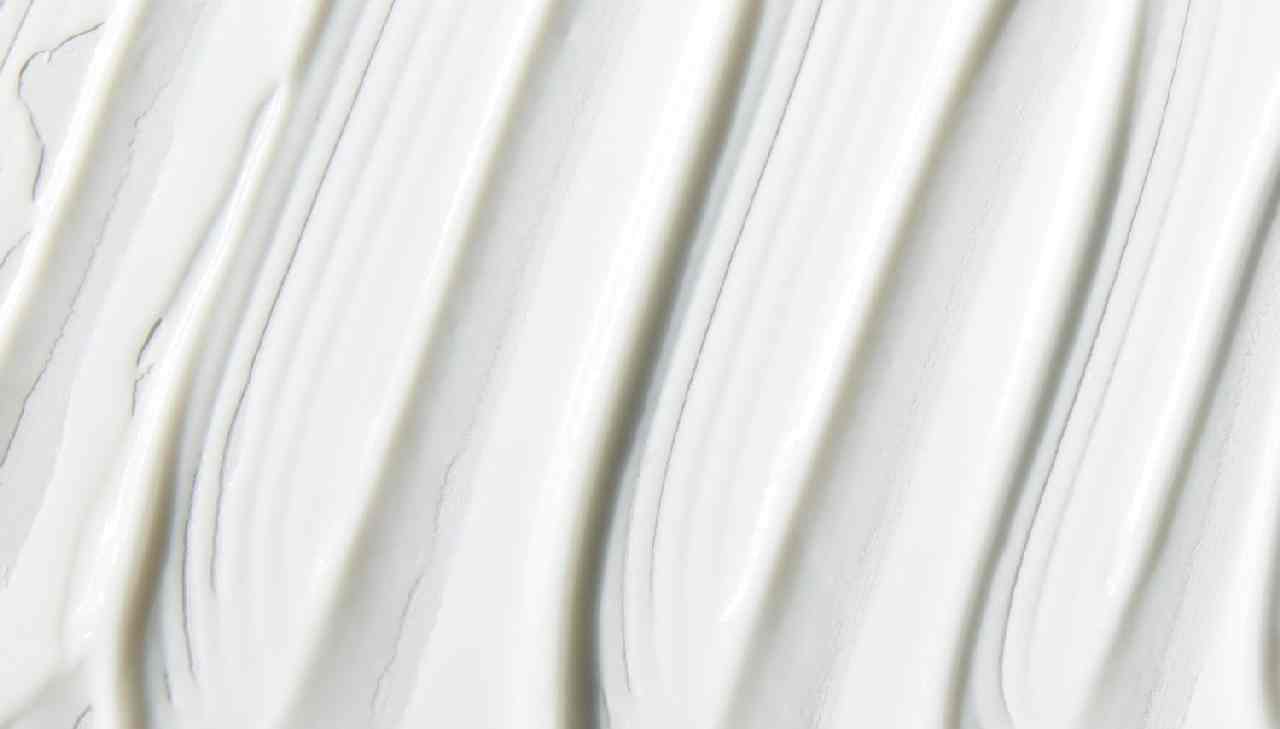
Dry skin can be as unpleasant as it is discouraging– specifically when it simply will not appear to move. No quantity of moistening creams or hydrating lotions renewing your broken dermis? The option can be losing it completely as opposed to attempting to recover it. Get in: urea, a skin care component that supplies a severe dosage of dampness by damaging down the harsh, completely dry locations that are hindering item absorption while all at once moistening the skin under. Consider it a one-two strike in your battle versus completely dry skin.
While milder urea lotions are offered in reduced focus– like urea 10 and urea 20– the toughest selection loads a focus of 40 percent to truly supply outcomes. Below, board-certified skin specialists damage down exactly how to utilize urea for completely dry skin, its advantages, negative effects, and whatever else you require to understand.
Satisfy the Professional
- Dendy Engelman, MD, FACMS, FAAD, is a board-certified skin doctor and Mohs specialist based in New york city City. She mostly operates at Shafer Cosmetic Surgery in Manhattan.
- Carl Thornfeldt, MD, is a board-certified skin doctor and owner of Epionce.
Urea 40
Kind Of Component: Keratolytic emollient (cells conditioner)
Key Perks: Liquifies the intracellular matrix, which loosens up dead, flaky skin. This makes it suitable for dealing with calluses, dermatitis, psoriasis, dermatitis, and keratosis pilaris. It likewise attracts dampness right into the skin for major hydration.
That Need To Utilize It: Anybody with dried out, flaky/scaly skin or that has among the above skin disease.
Just How Frequently Can You Utilize It: Normally, you need to put on the impacted locations one to 3 times a day (or as guided by your medical professional). Unless the therapy location gets on the hands, keep in mind to clean them promptly after making use of the item to not unintentionally deal with the skin on the hands.
Functions Well With: Products with urea 40 need to be made use of alone.
Do Not Make Use Of With: Products with urea 40 need to be made use of alone.
What Is Urea?
To place it merely, Urea is an intensely-moisturizing component that’s really a by-product of the body; it’s best-known for it’s “keratolytic” residential properties, suggesting it has the capacity to soften skin by damaging down keratin. “Urea is a naturally-occurring by-product of healthy protein metabolic rate in our livers. Artificial urea is made for skin care usage,” describes Engelman. Just like hyaluronic acid– an additional humectant and prominent skin care component that our bodies currently create in percentages– all skin currently has urea. Nonetheless, when made use of in skin care items, urea is manmade, and the quantity of the material made use of in things like urea lotions and gels will certainly differ from thing to thing. Along with urea’s humectant residential properties, which draw in dampness from vapors airborne and maintain it right into or under the skin’s surface area,.
Thornfeldt describes that urea particles have a keratolytic result. Keratolytic compounds hydrate by damaging down keratin, which binds skin cells with each other, basically getting rid of that harsh leading layer to enable dampness to get to deep down. This can be unbelievably valuable for anybody wanting to lose dead, completely dry skin from the surface area of their skin tones and is offered either non-prescription or with a prescription..
Advantages of Urea for Skin
- Includes extreme dampness: When made use of on the skin or hair (be that in a cream, lotion, or various other topical therapy), urea is used in different focus, and every one is developed to target various concerns. Reduced dosages of urea are typically classified urea 2 or urea 10, with the number indicating the percent of urea in the item handy. Greater focus, like urea 40, are made use of to include an extreme quantity of dampness to the skin, making it suitable for dealing with completely dry, harsh skin, together with skin disease that continually generate such signs.
- Sloughs away dead skin: ” Urea can pass through thick skin, such as foot calluses, and is exceptional for broken feet,” claims Engelman. The damaging down of dead skin likewise makes urea 40 fantastic for dealing with dermatitis, psoriasis, and corns.
- Anti-fungal: “Urea is usually made use of in lotions to deal with particular foot problems, specifically those that are fungal in nature,” claims Thornfeldt. A thick layer of the lotion can deal with fungi on or around the nails and might also soften the surface area of thick finger nails and toe nails. For this, Thornfeldt shows urea in high focus. “Urea enhance the distribution of various other naturally energetic particles in the skin such as anti-fungal/yeast medications. It does this by being hydrophilic and a lipid obstacle disruptor at focus over 12 percent,” he claims.
Just How to Make Use Of Urea
Initial point’s very first: Prior to you begin using this item to your skin, you’re mosting likely to wish to discover the appropriate dose of urea to treat your precise skin care worries, which can avoid feasible negative effects from happening. Utilizing items which contain a reduced quantity of urea will, naturally, create milder outcomes yet can be suitable for anybody wanting to merely include dampness to extra-dry locations of their skin or deal with a light instance of professional athlete’s foot. If you’re seeking a much more very focused urea option to deal with a problem like dermatitis, it’s ideal to speak to your medical professional, that can direct you towards an item that’s ideal matched to target your difficulties. One of the most frequently made use of urea lotions over 10 percent period someplace within the urea 20 to urea 40 array.
Whatever the dose you and your medical professional make a decision is appropriate for you, application is typically suggested two times a day, unless your medical professional claims or else. To target specifically harsh locations of the body, like broken heels, you can secure dampness with urea 40 and a straightforward do it yourself mask of kinds. “Relate to the broken or completely dry location after that cover with a towel, like a sock, to shield and secure dampness,” recommends Engelman. Urea 40 should not be made use of as an ubiquitous body or face cream and need to normally just be put on locations where severe dry skin is discovered– like joints, knees, and feet.
Byrdie Pointer
Spot screening is a great way to identify exactly how you’ll respond to urea 40 in your skin. Use a percentage of the item to a tidy location and adhere to first responses or adjustments for the very first 24 hr.
Negative Effects of Urea
In regards to negative effects connected with urea 40, Engelman provides “burning, itching, inflammation, or skin damage down in uncommon instances” to be amongst one of the most usual. If you discover inflammation after making use of urea 40 lotion, you might wish to speak to your medical professional concerning decreasing the dosage or lowering the application times. To obtain the most effective arise from urea 40 lotion, take added like prevent obtaining any kind of right into your eyes, nose, mouth, or anywhere near your groin location when using it to your skin. And do not use urea 40 to busted skin or cuts.
When it concerns urea 40, this item is ideal left for individuals wanting to deal with extremely completely dry skin. If you have a skin problem that has you fighting completely dry skin continually, like dermatitis or psoriasis, urea 40 may be an excellent alternative for dealing with harsh, scratchy skin tones, specifically throughout flare-ups. Anybody merely seeking an excellent cream, nevertheless, would possibly gain from a reduced dosage of urea or a hydrating lotion or lotion which contains urea as a component along with others.
FREQUENTLY ASKED QUESTION.
-
What does urea carry out in skin care?
When put on the skin, urea can aid loosen up dead, completely dry skin and rise dampness degrees, making it a remedy for dealing with calluses, dermatitis, psoriasis, dermatitis, and keratosis pilaris.
-
Exactly how usually should you use urea?
Relying on the dose your medical professional suggests, application is typically suggested two times a day.
-
What are the negative effects of urea?
Burning, itching, and inflammation can take place. Constantly prevent using urea to cuts or injuries.
Write-up Resources.
Byrdie takes every chance to utilize top notch resources, consisting of peer-reviewed research studies, to sustain the truths within our posts. Review our content standards to get more information concerning exactly how we maintain our web content precise, trusted and reliable.
-
Celleno L. Topical urea in skin care: A testimonial. Dermatol Ther. 2018 Nov; 31( 6 ): e12690. doi: 10.1111/ dth.12690
-
Purnamawati S, Indrastuti N, Danarti R, Saefudin T. The Function of Creams in Attending To Numerous Sort Of Dermatitis: An Evaluation. Clin Medication Res 2017 Dec; 15( 3-4):75 -87. doi: 10.3121/ cmr.2017.1363
-
Sethi A, Kaur T, Malhotra SK, Gambhir ML. Creams: The unsafe roadway. Indian J Dermatol 2016; 61( 3 ):279 -287. doi:10.4103/ 0019-5154.182427


 English
English 




